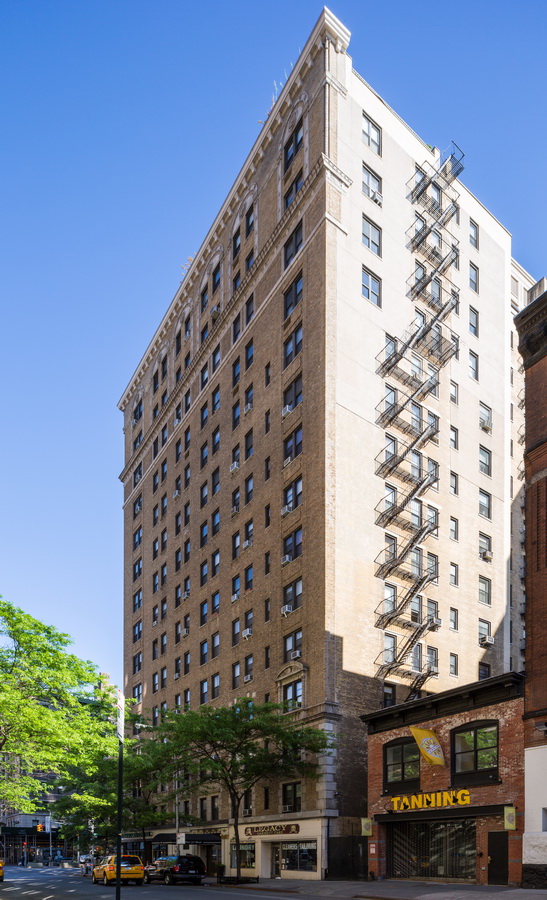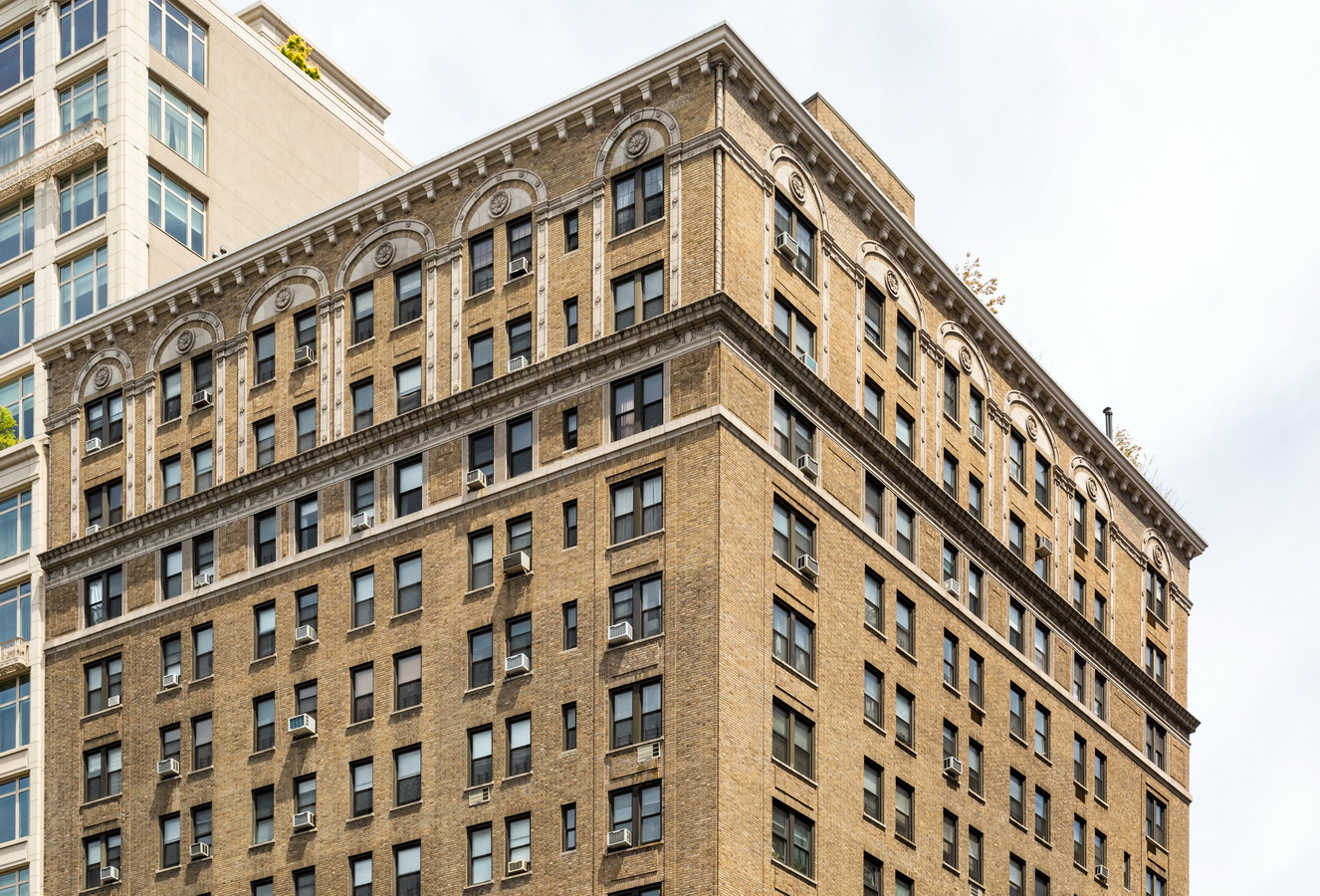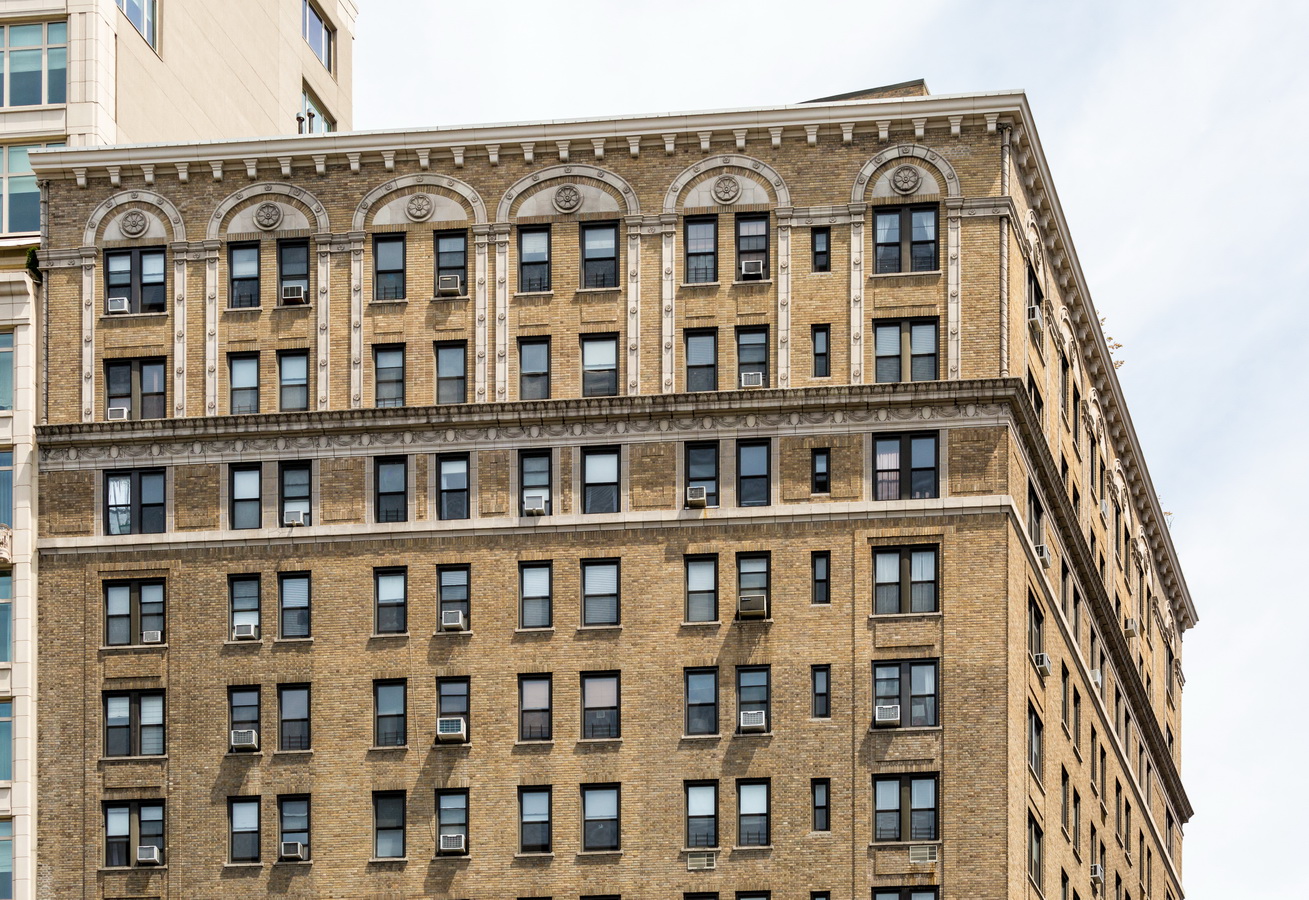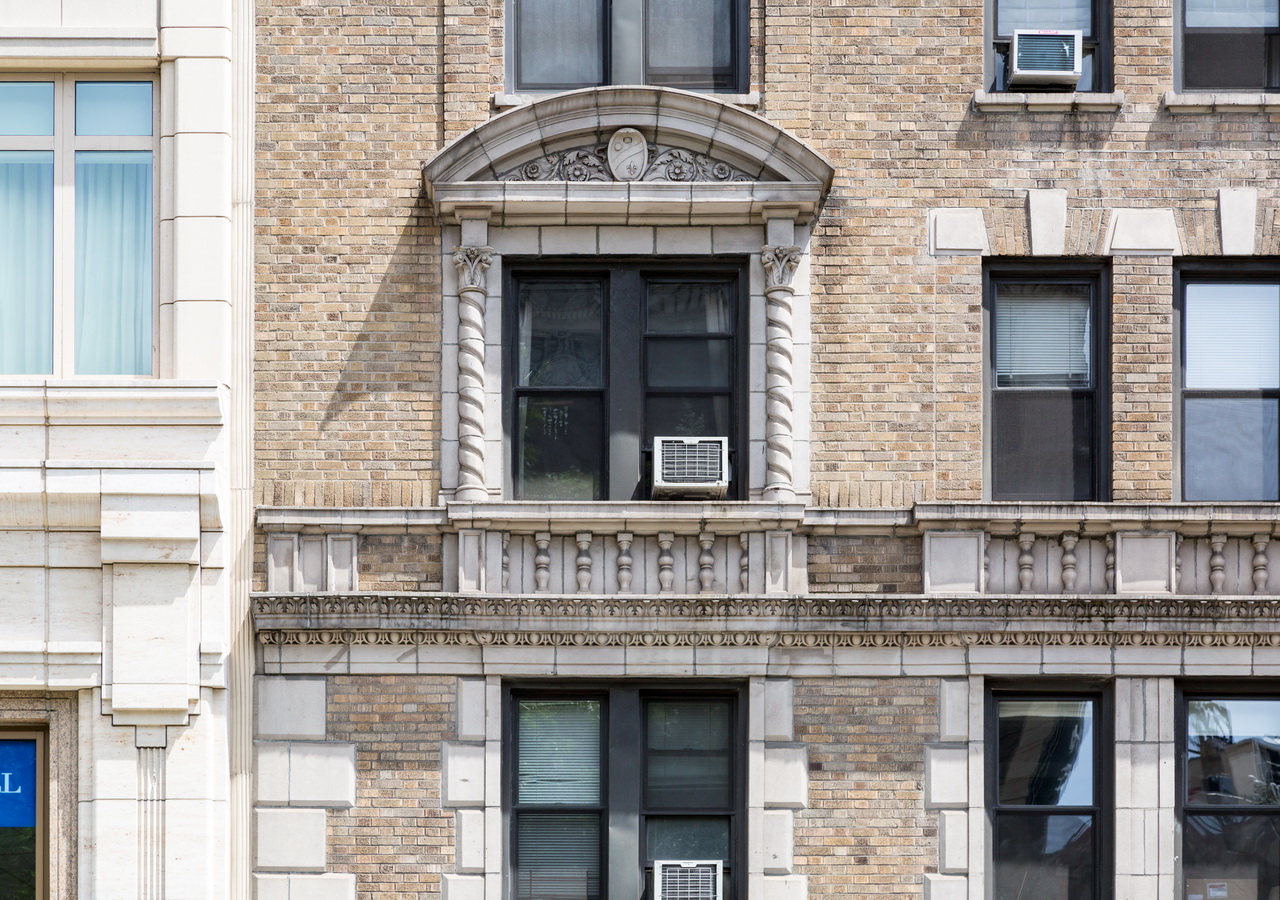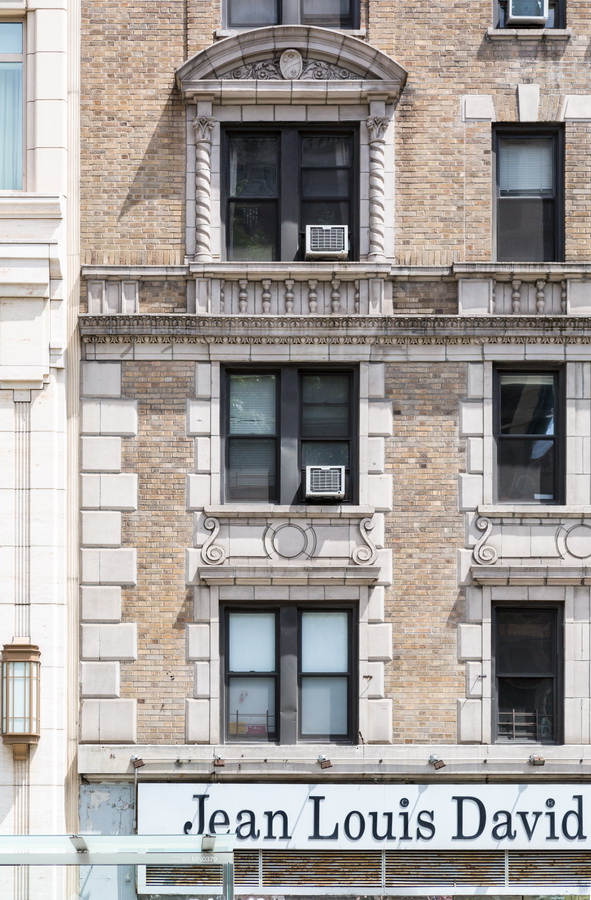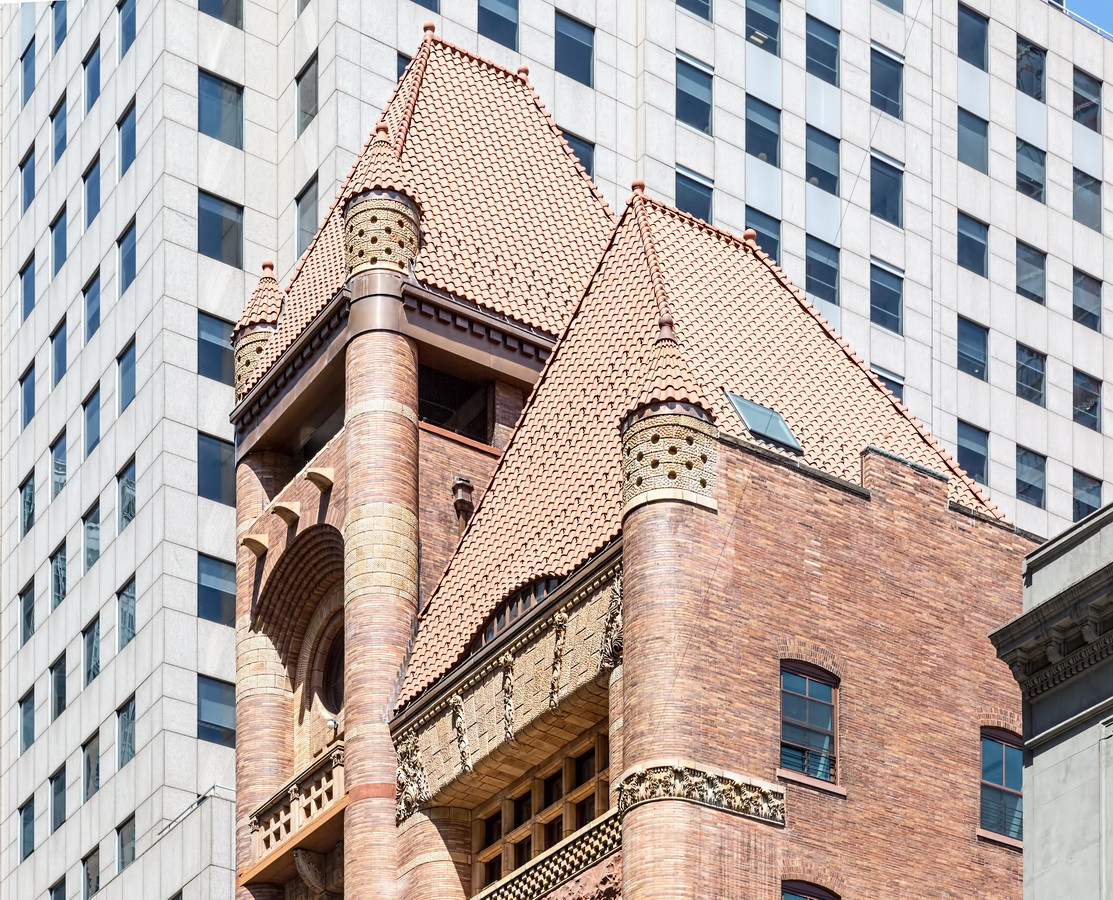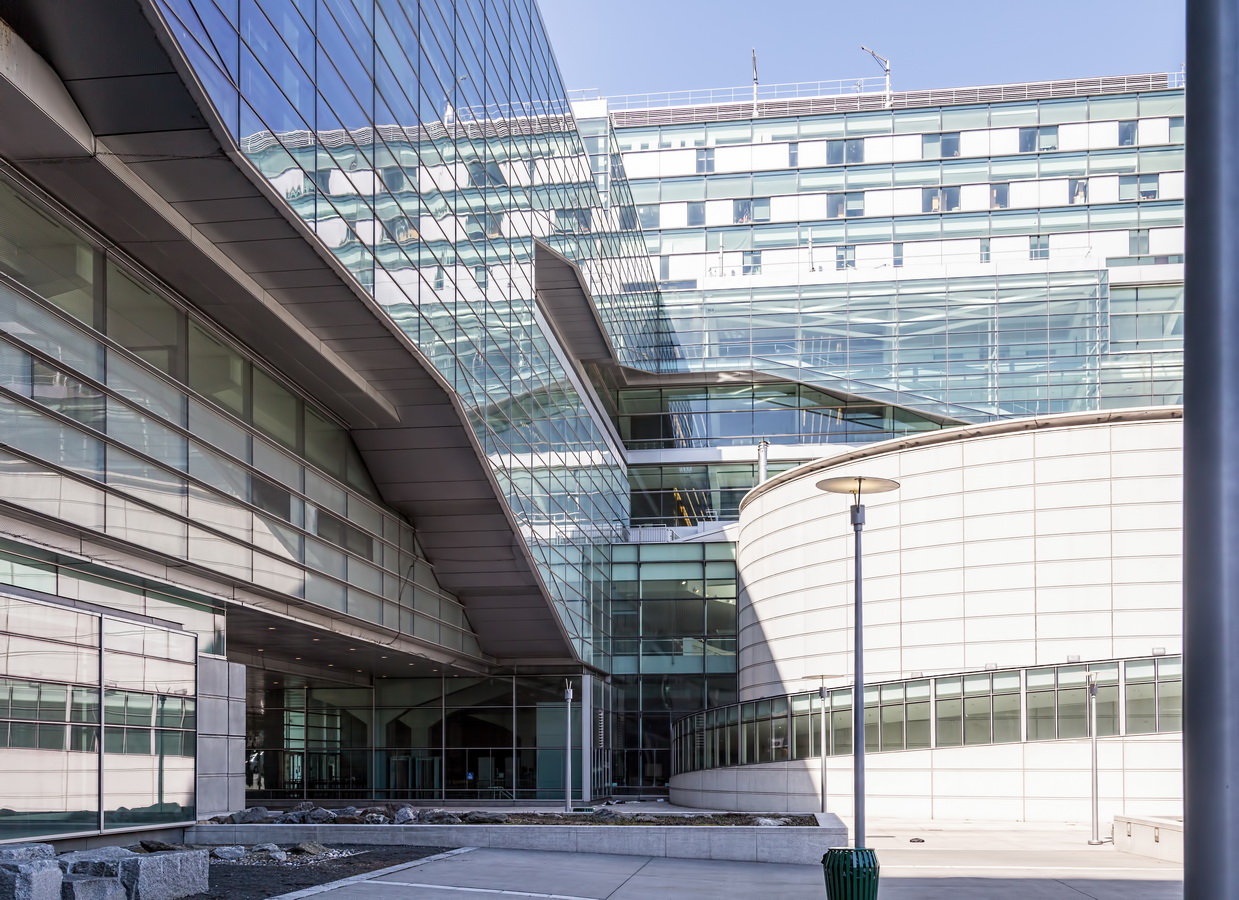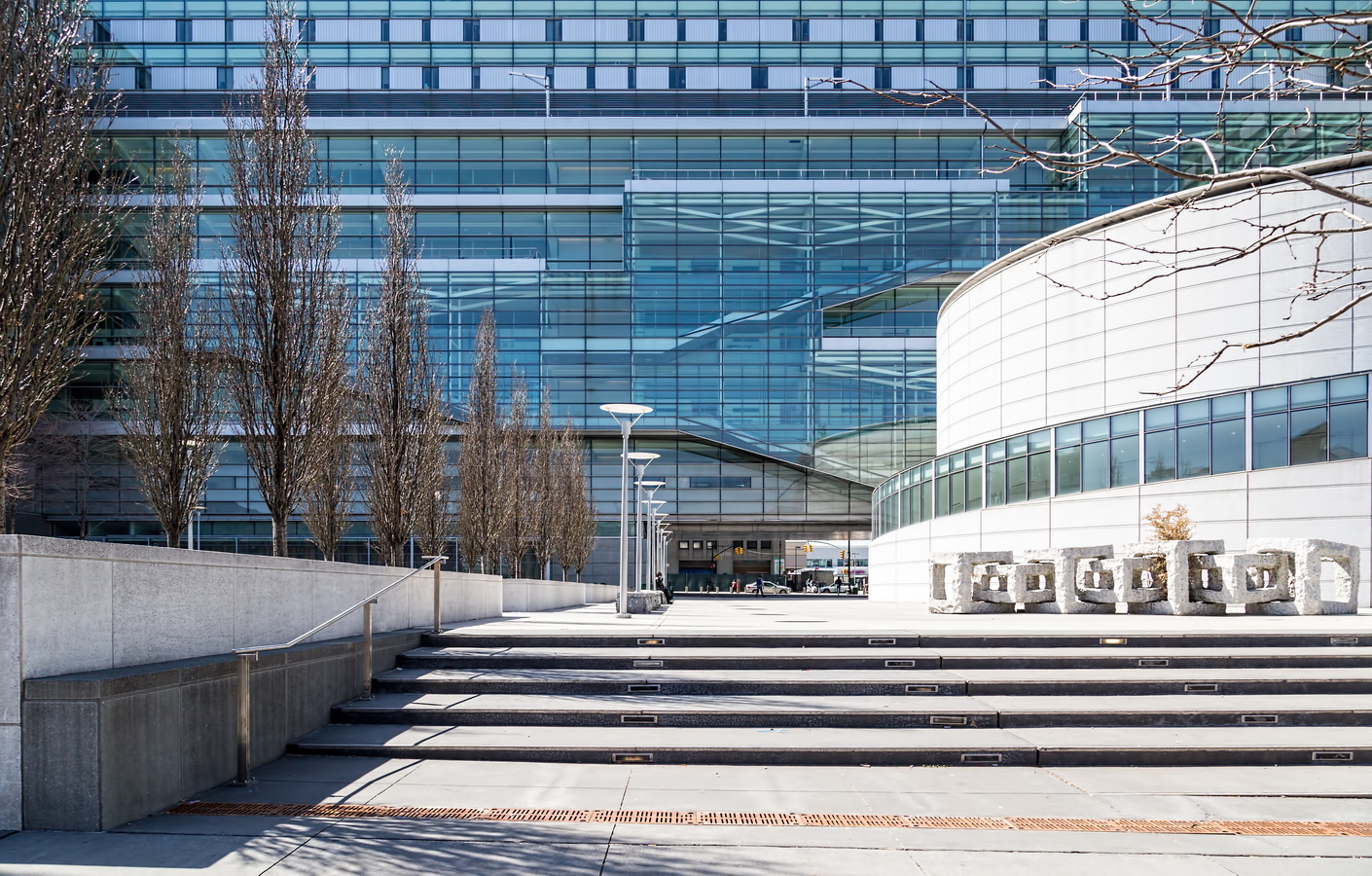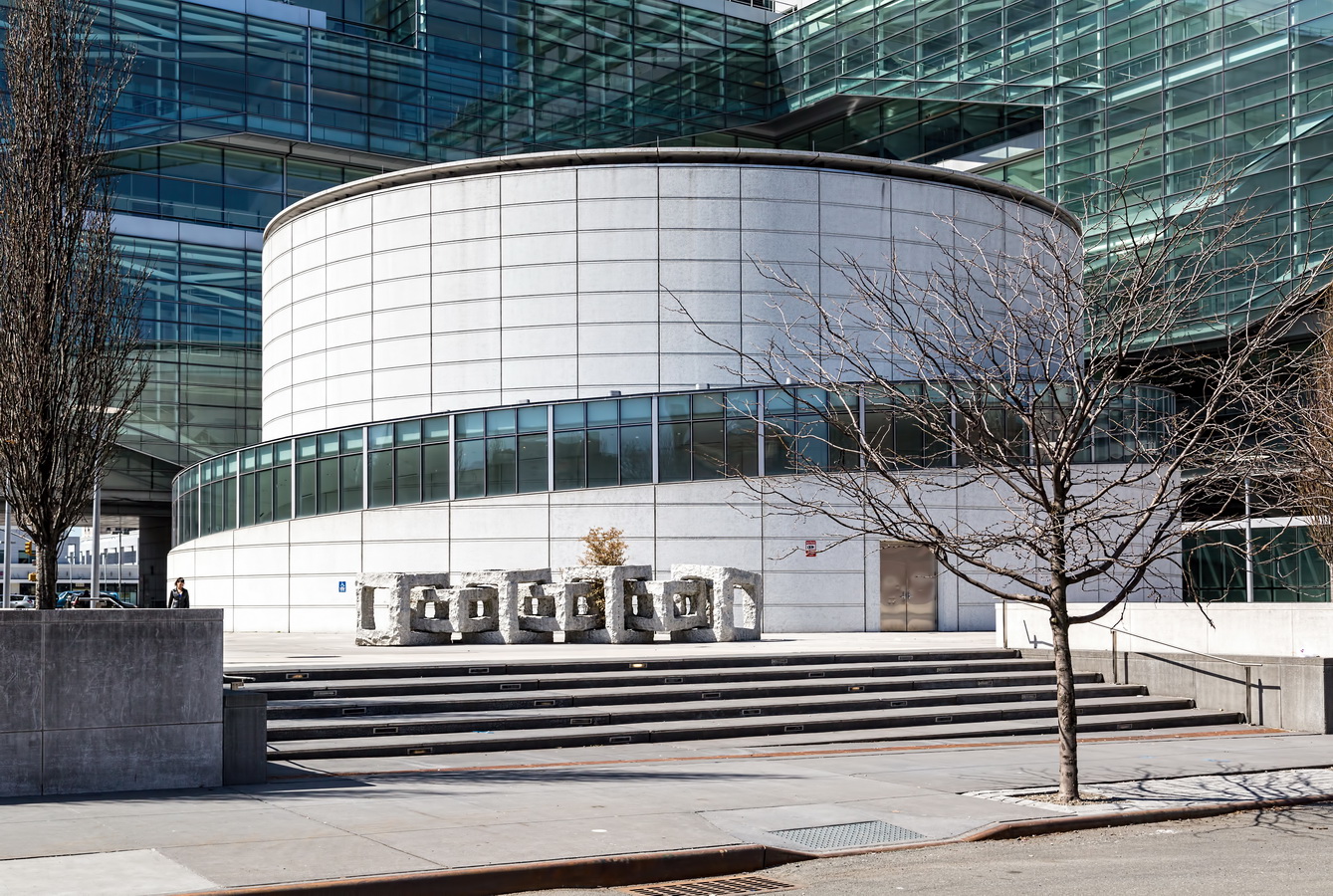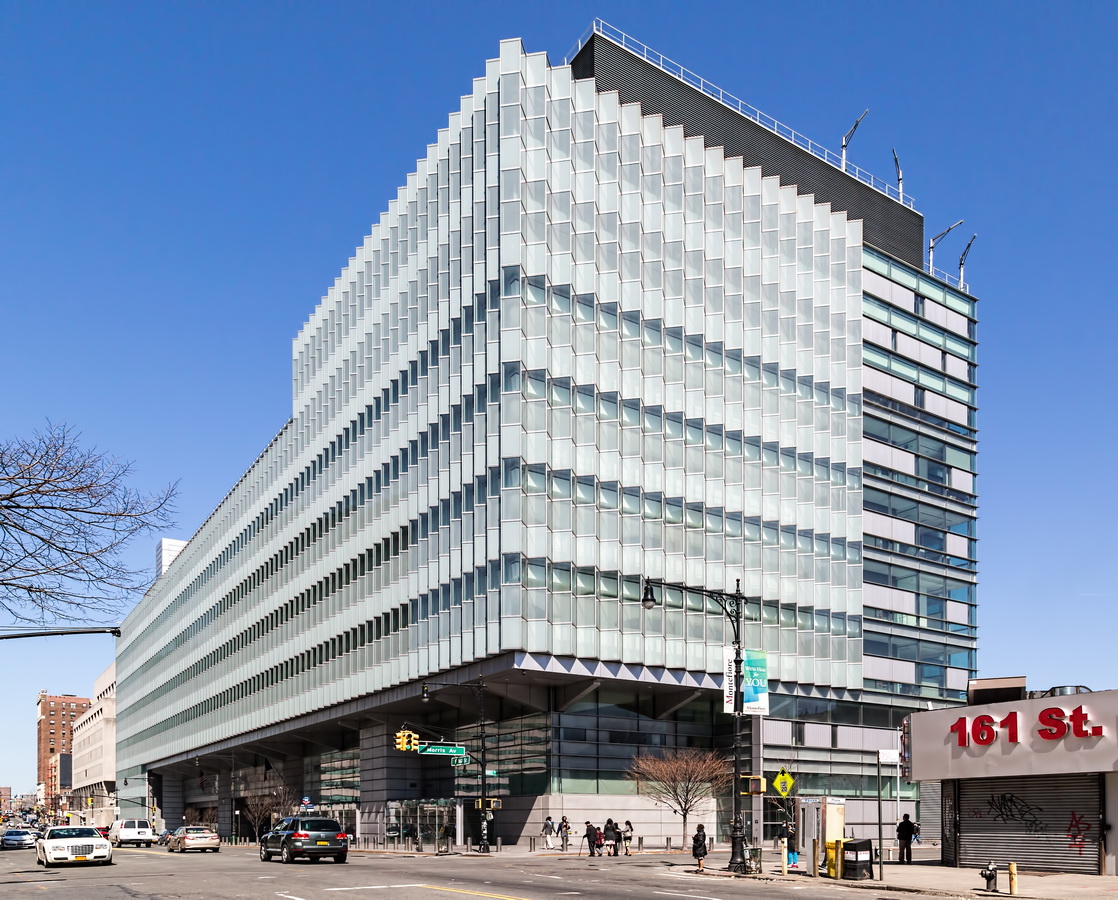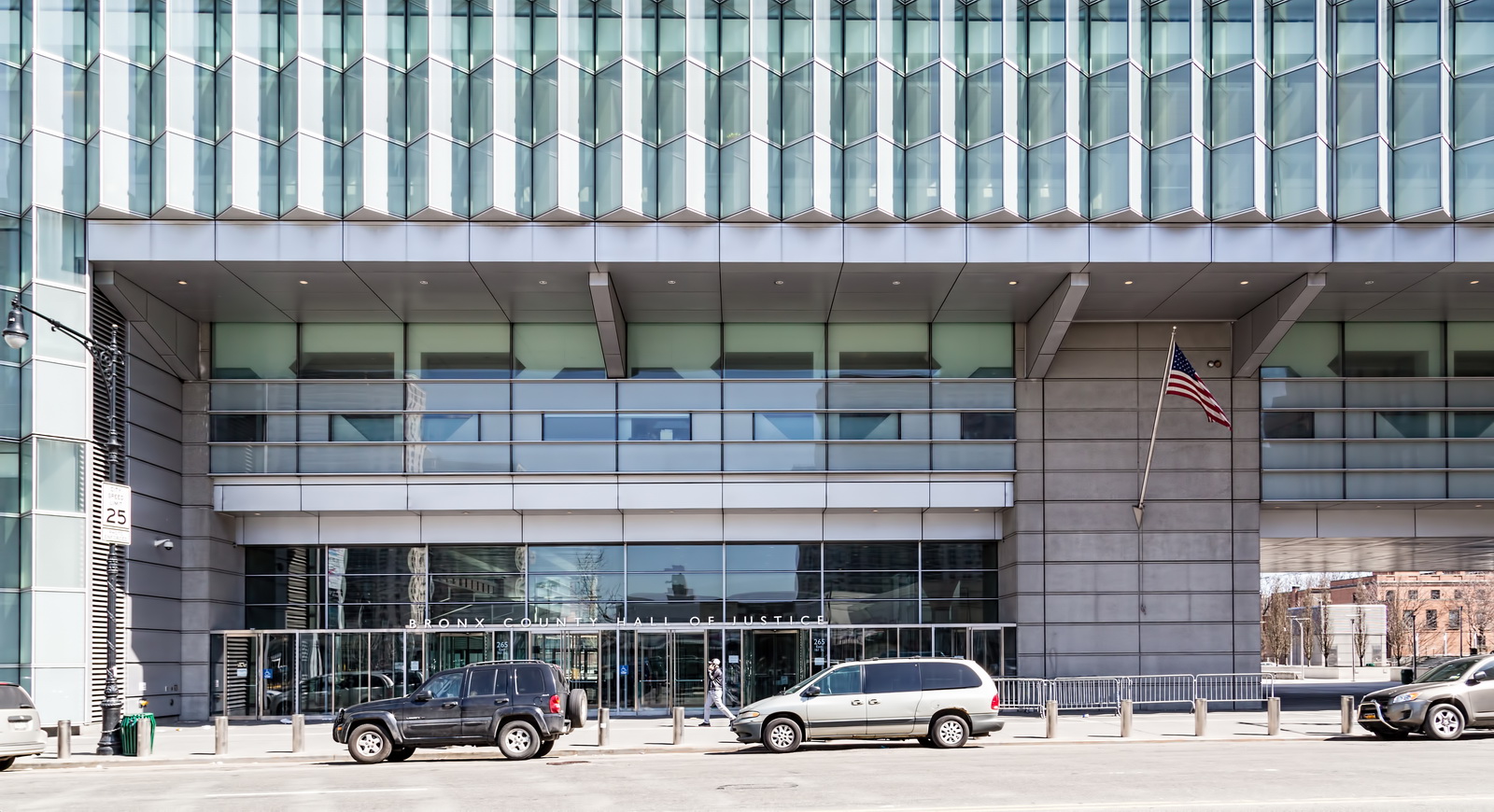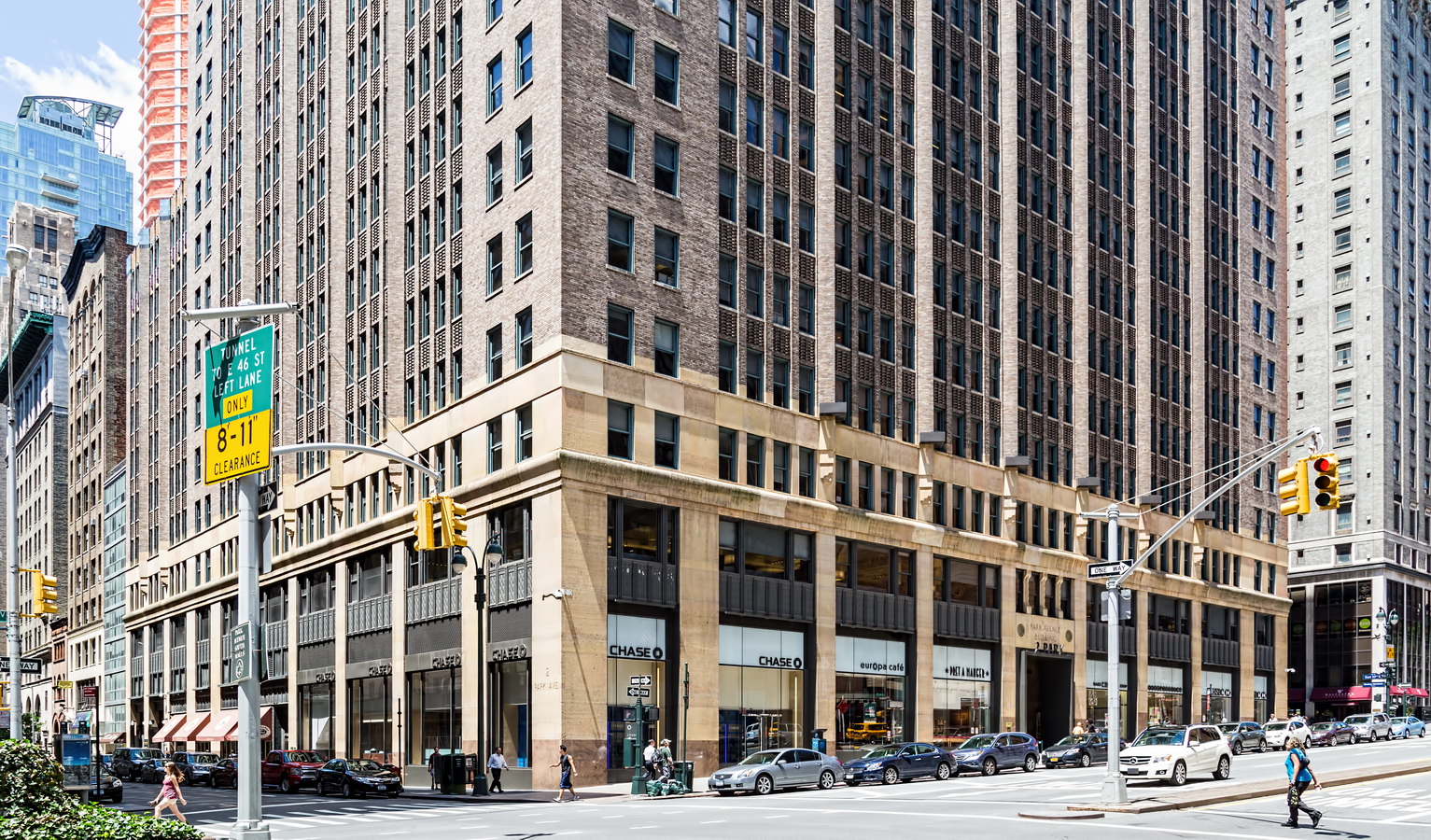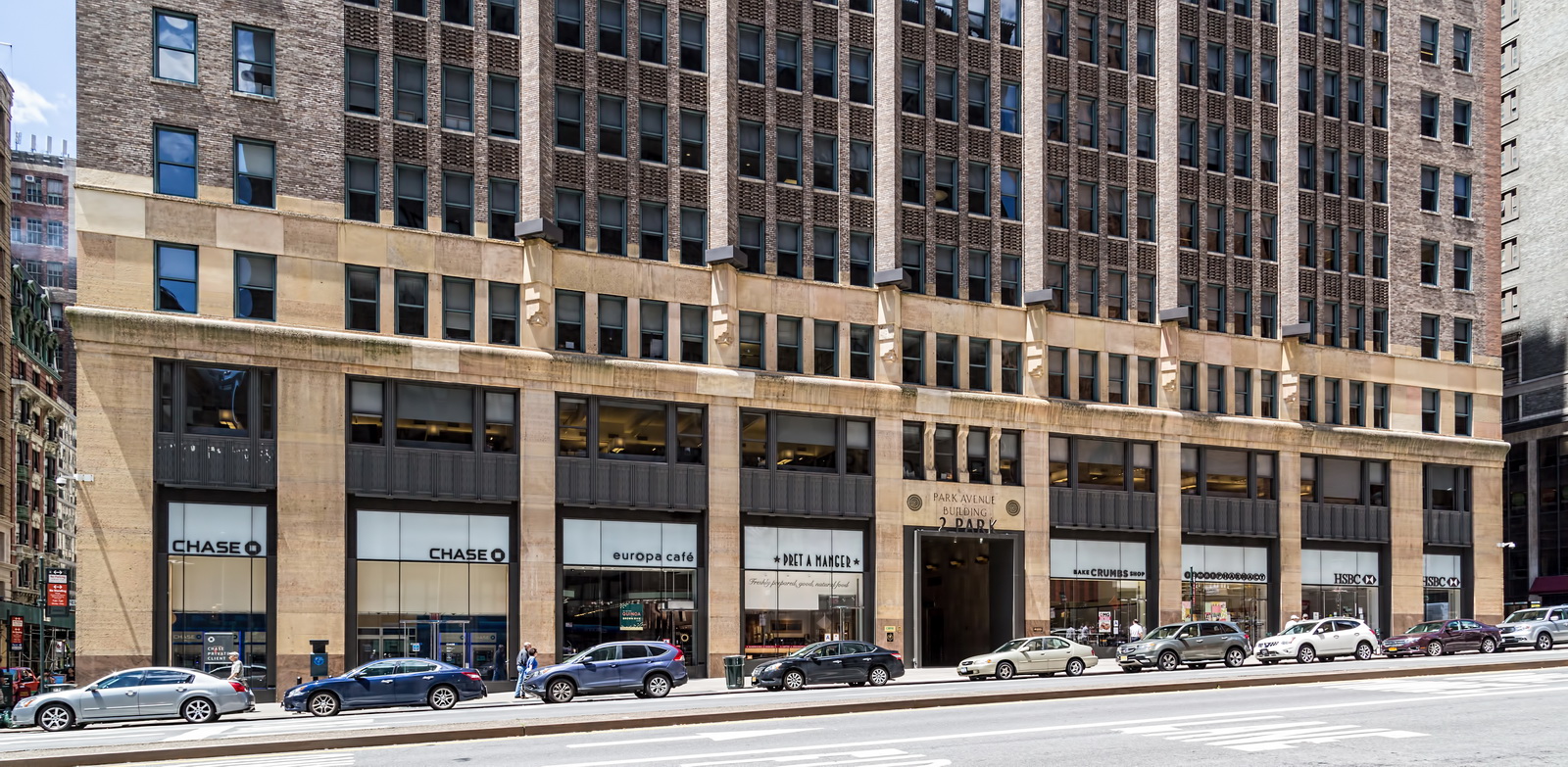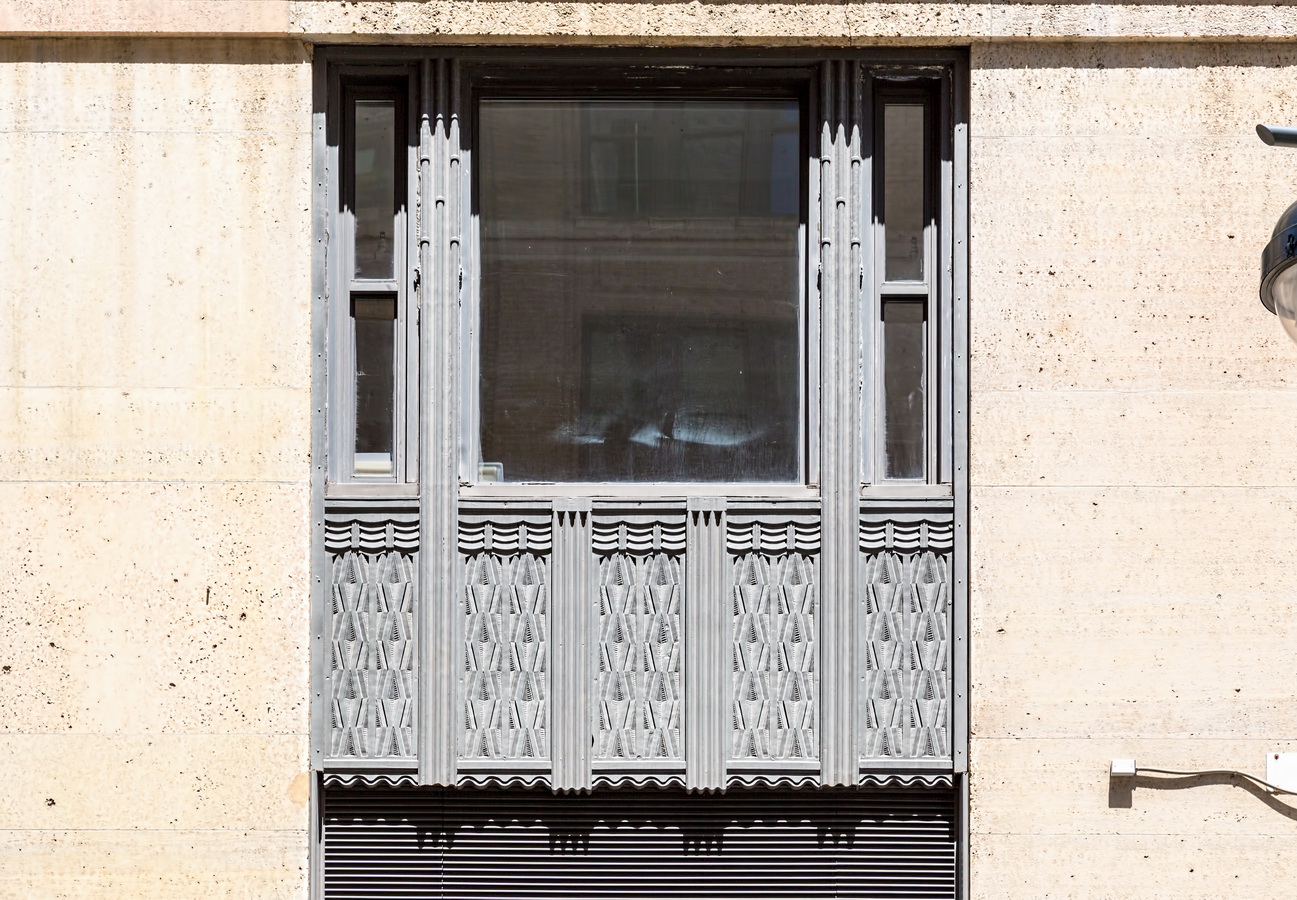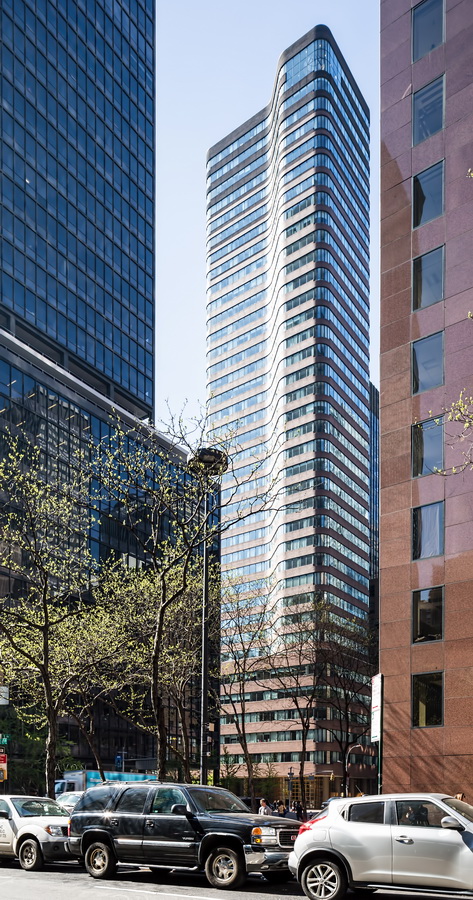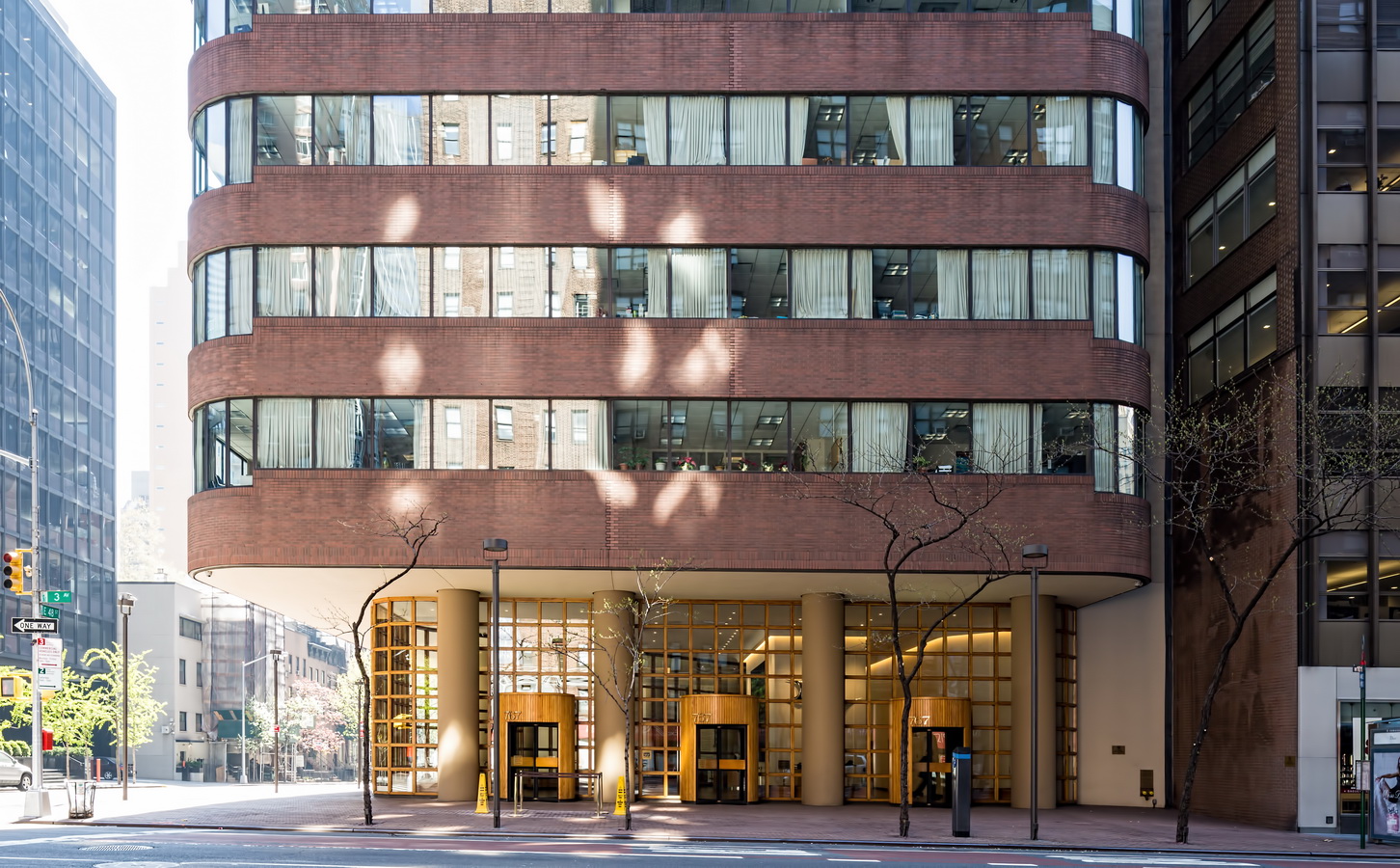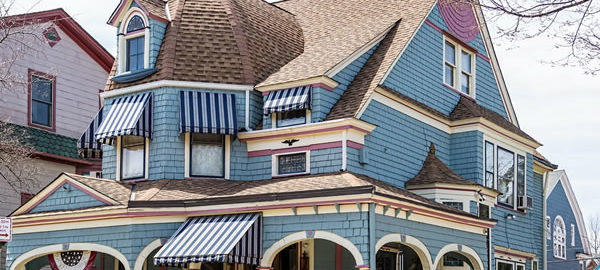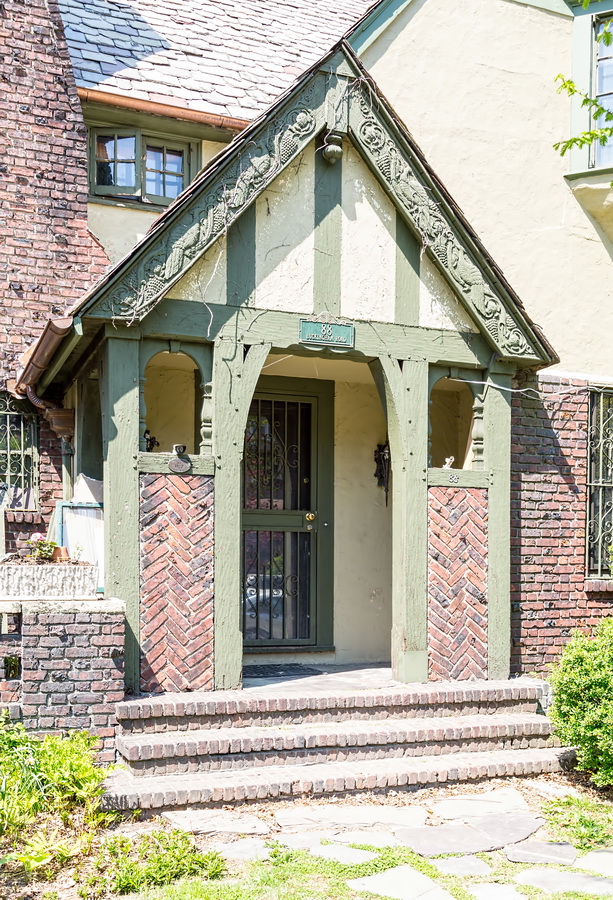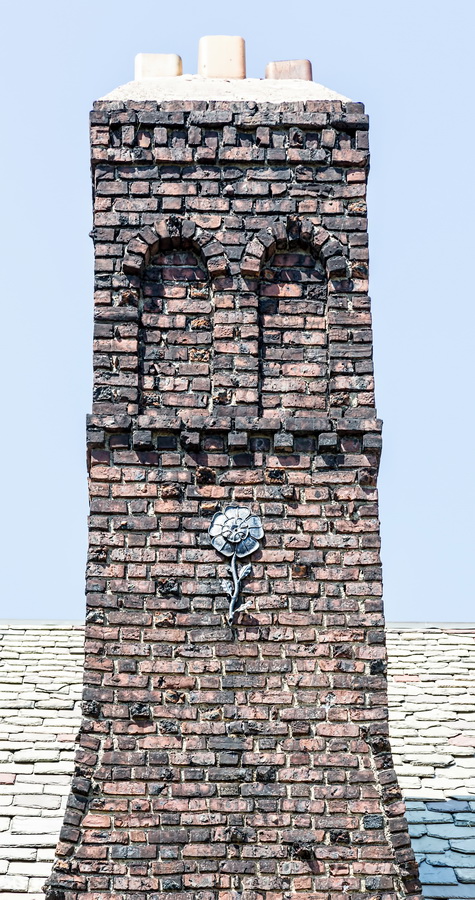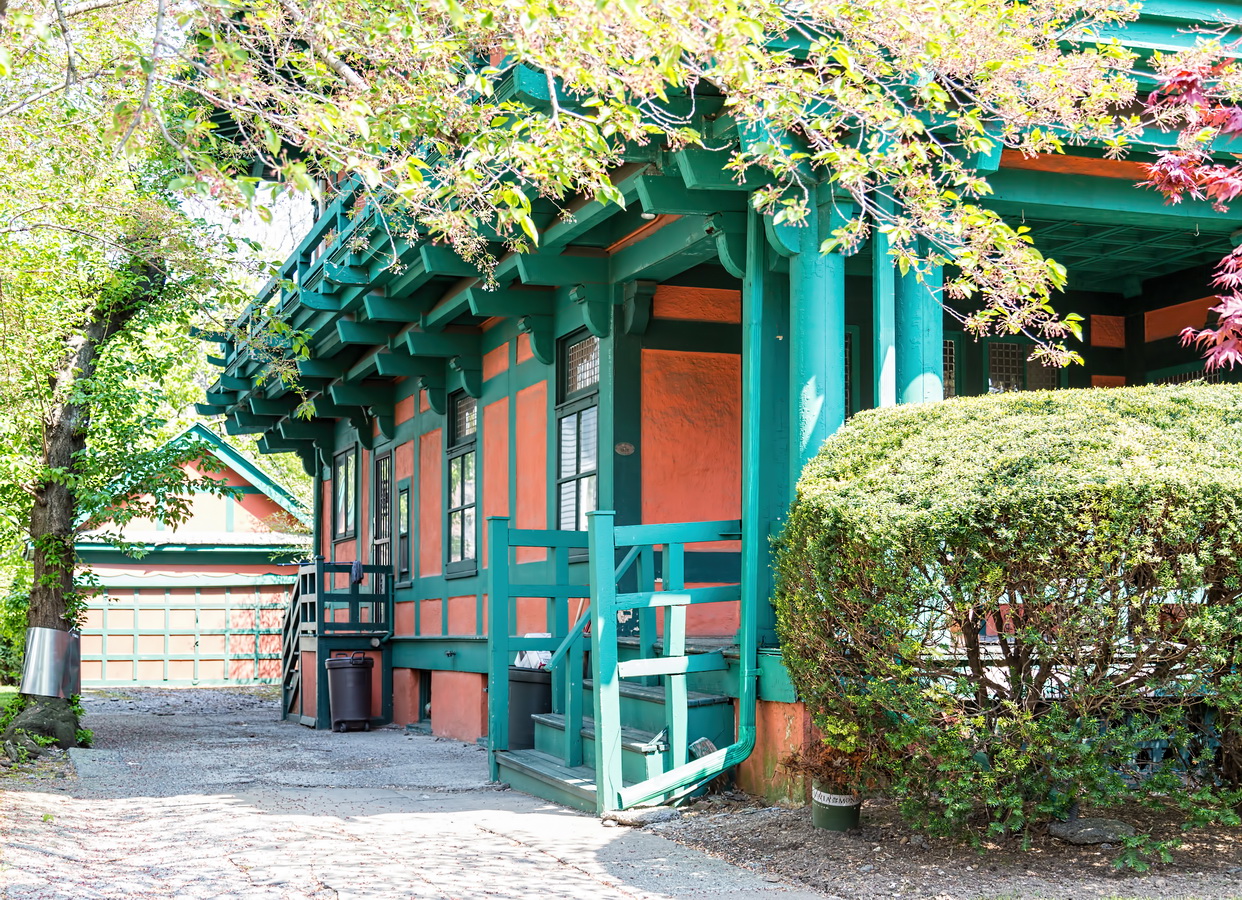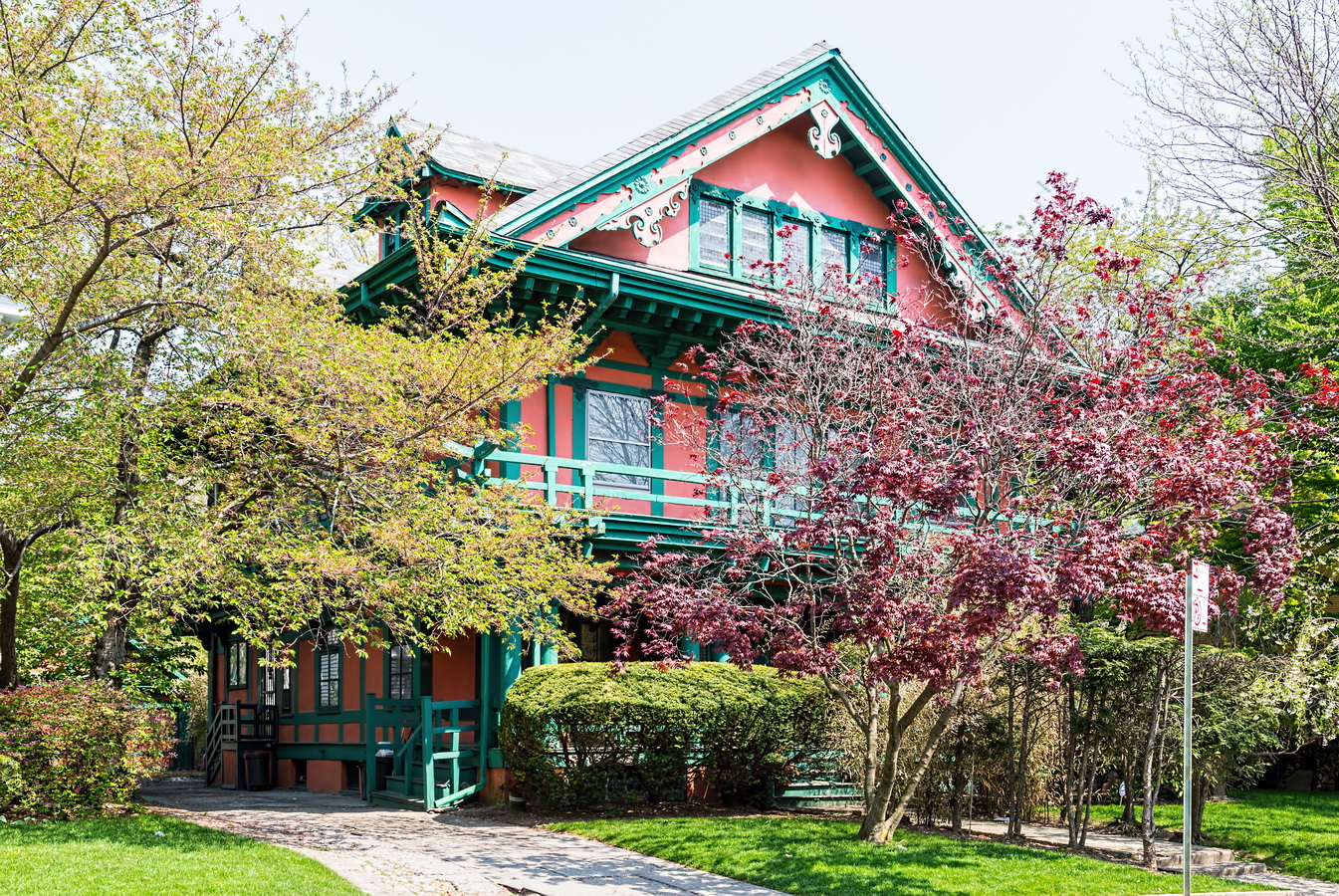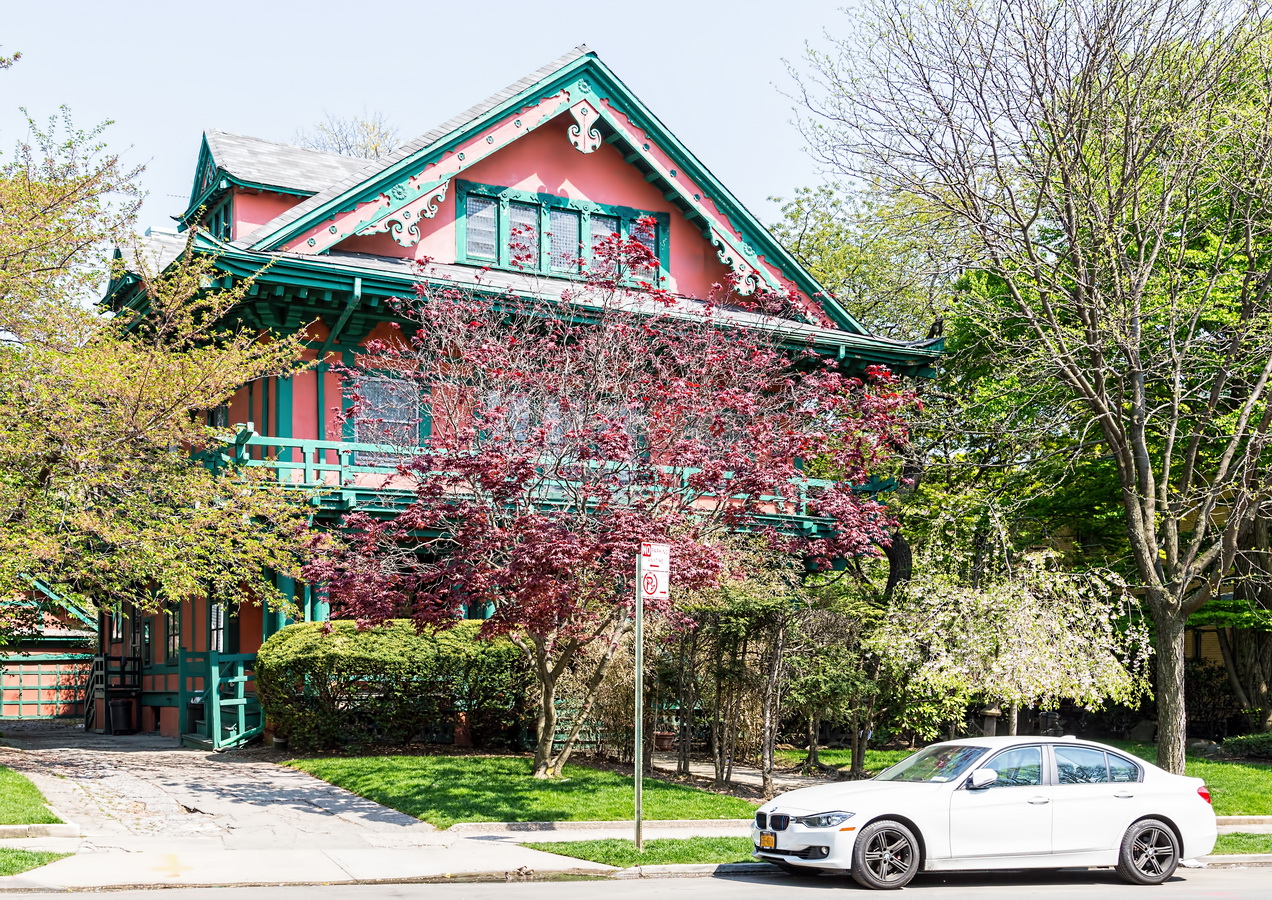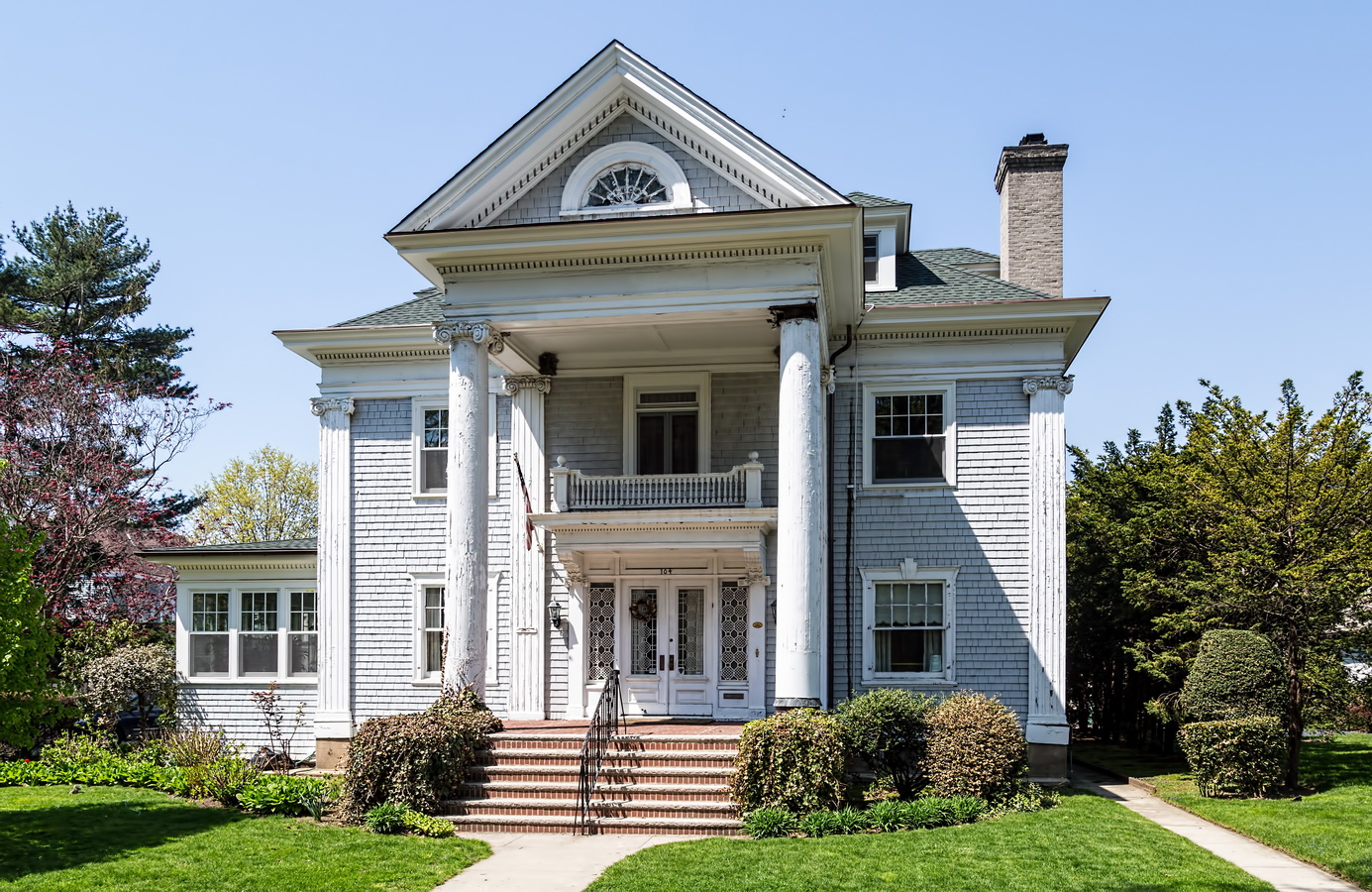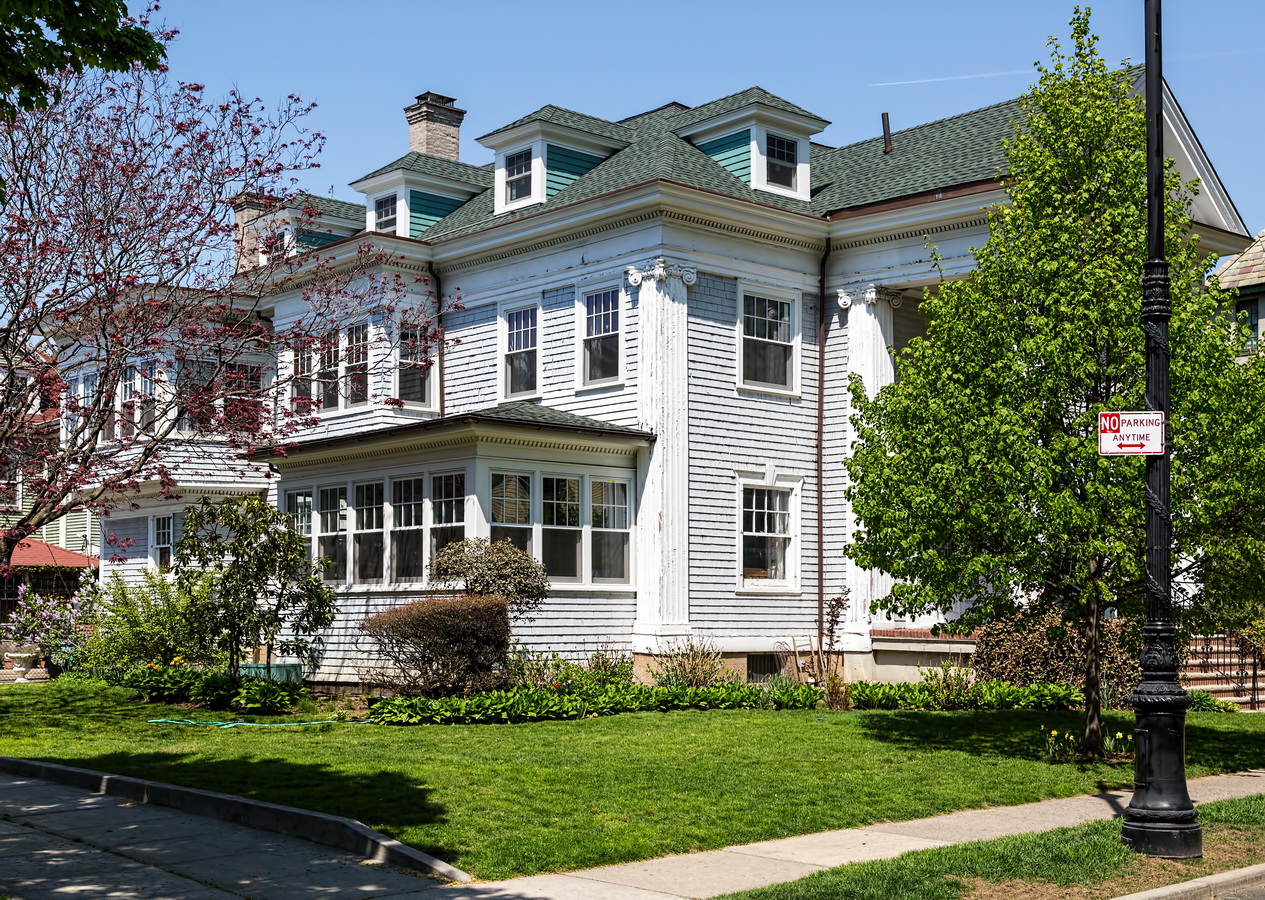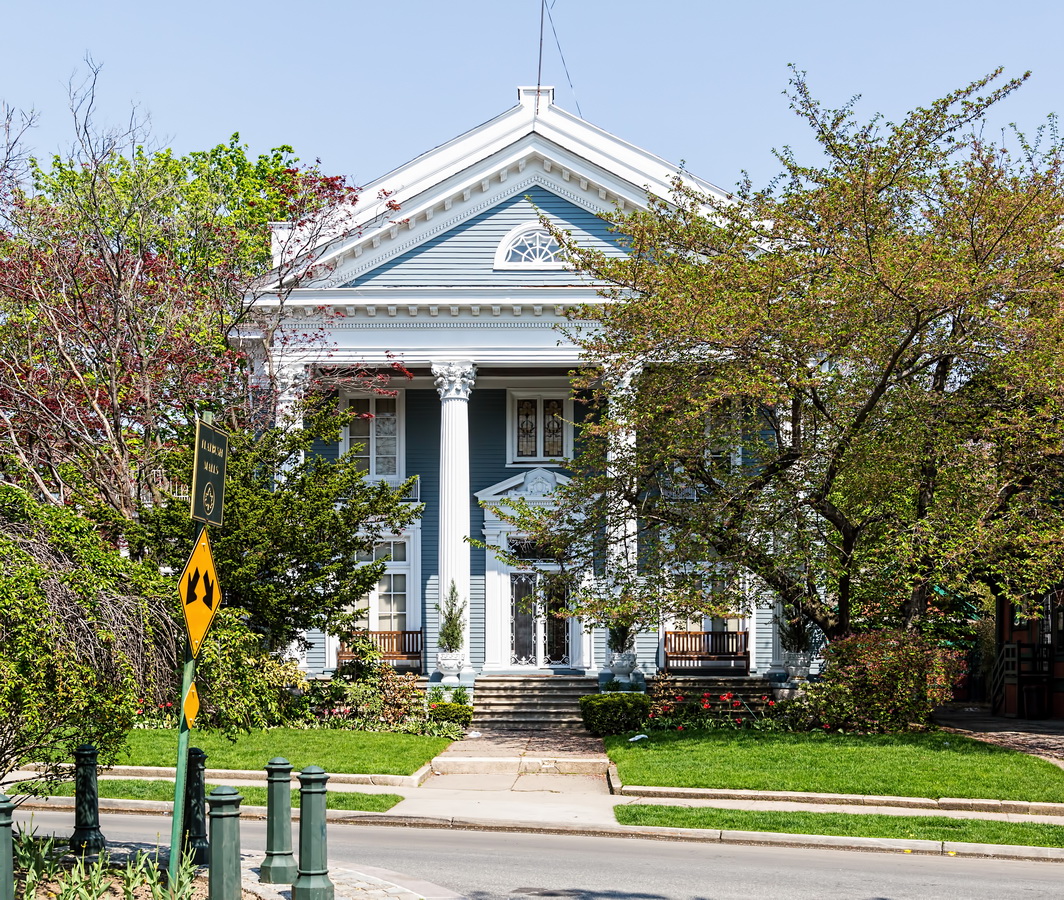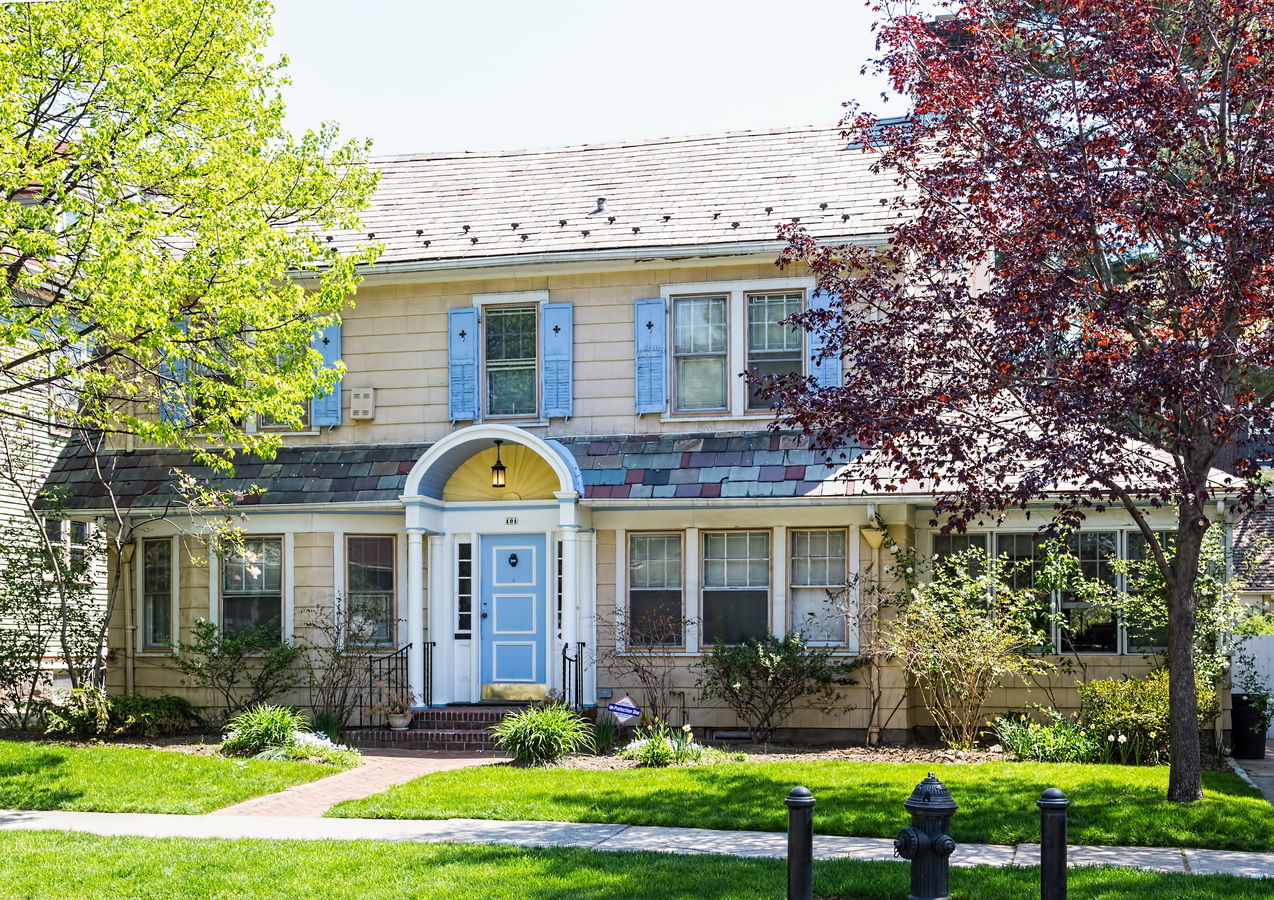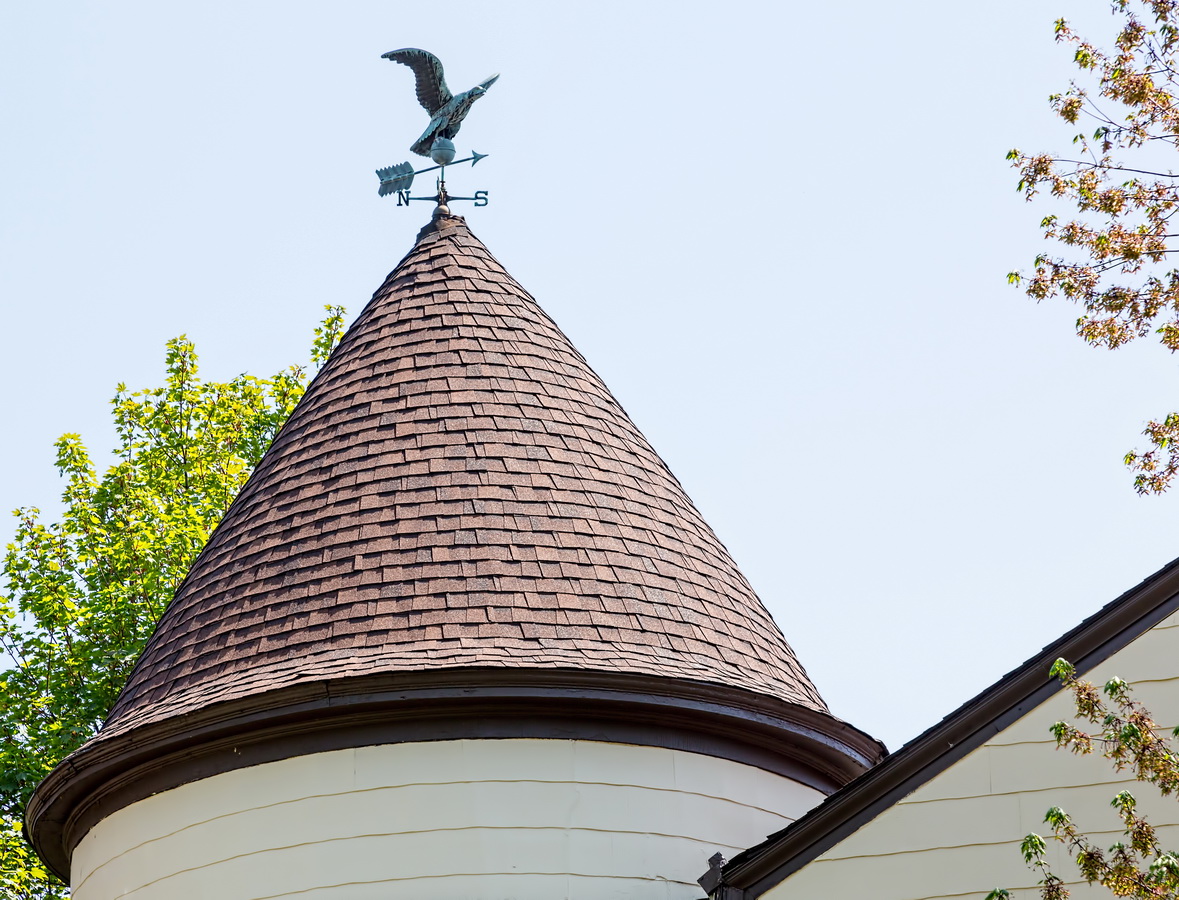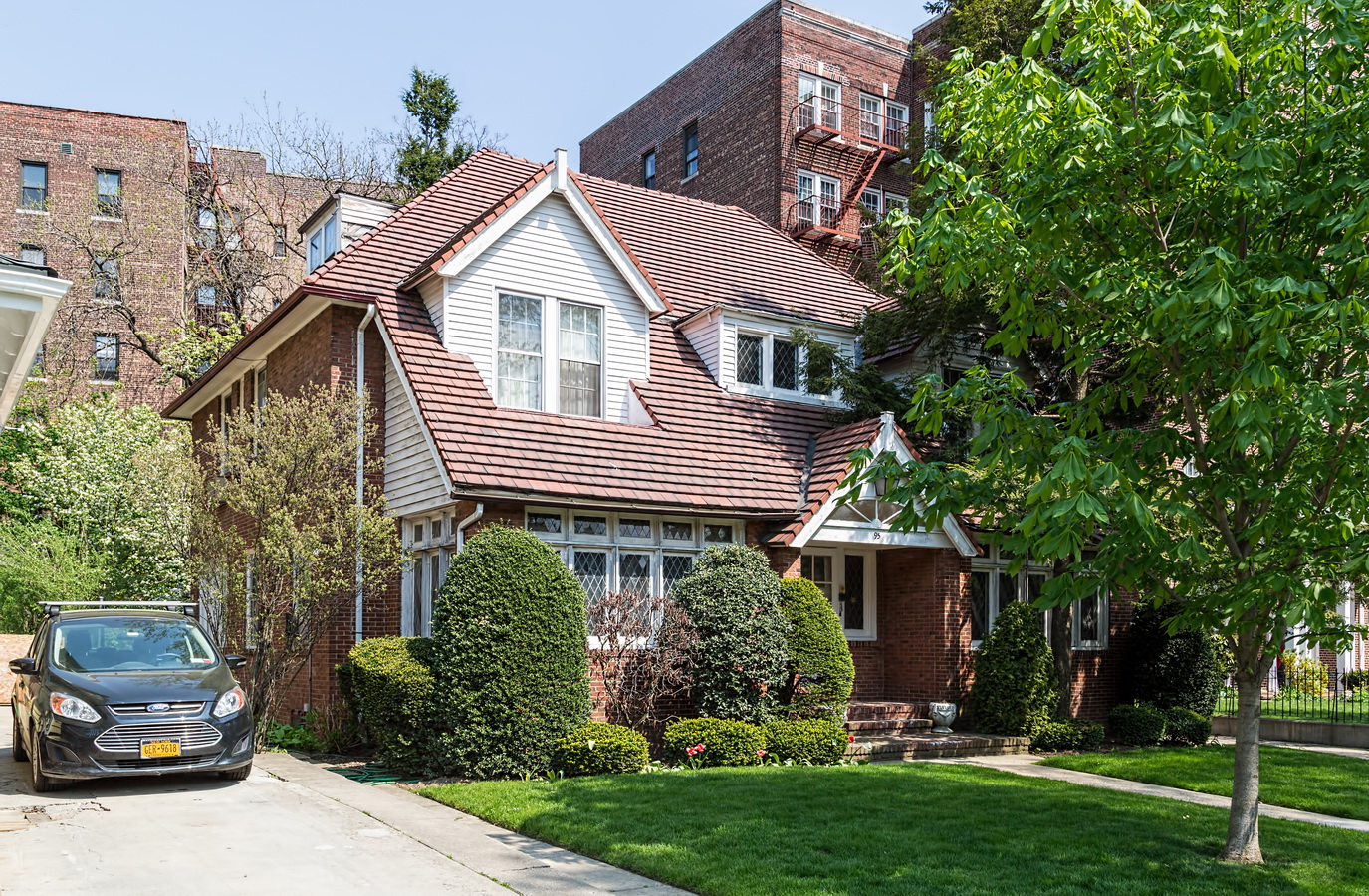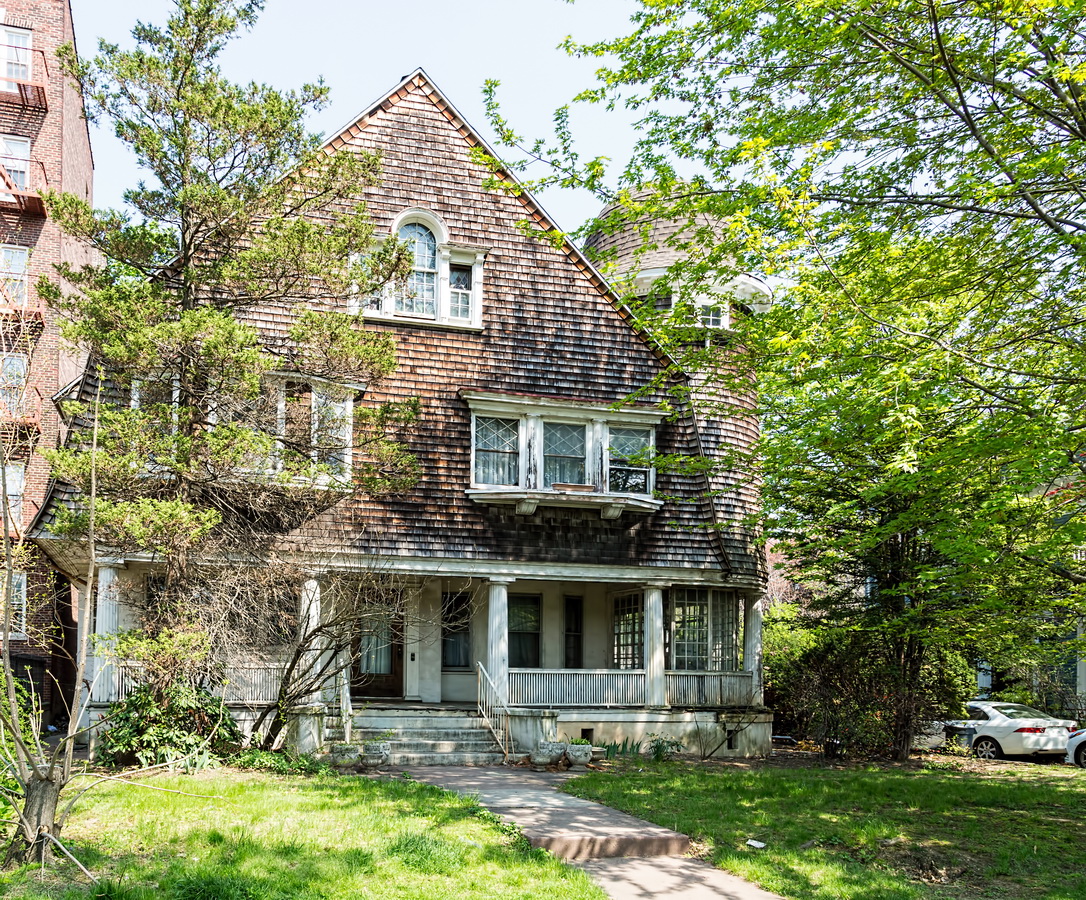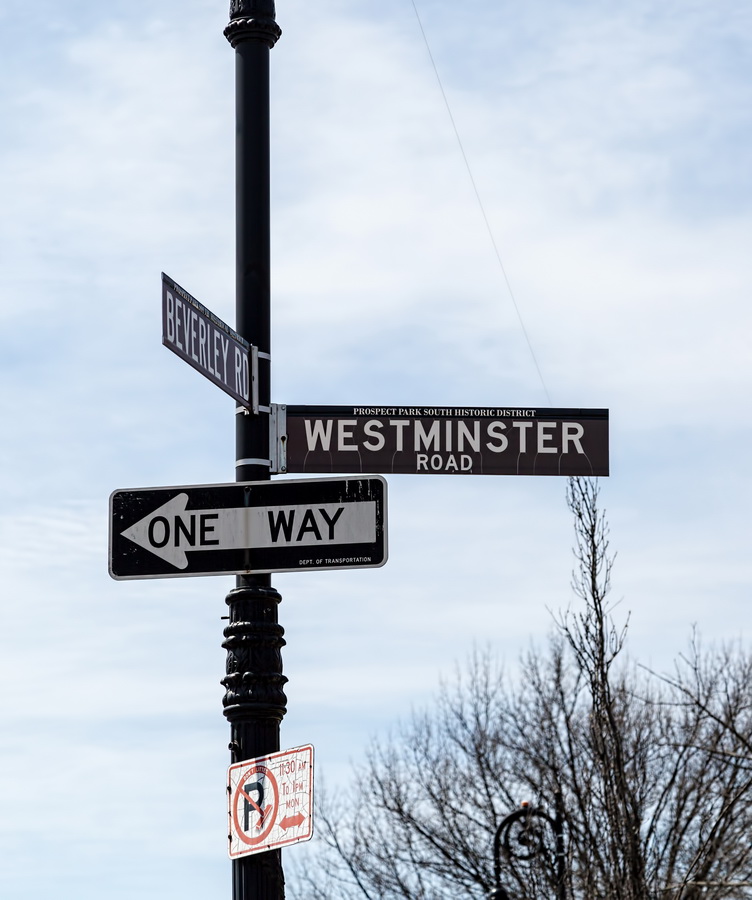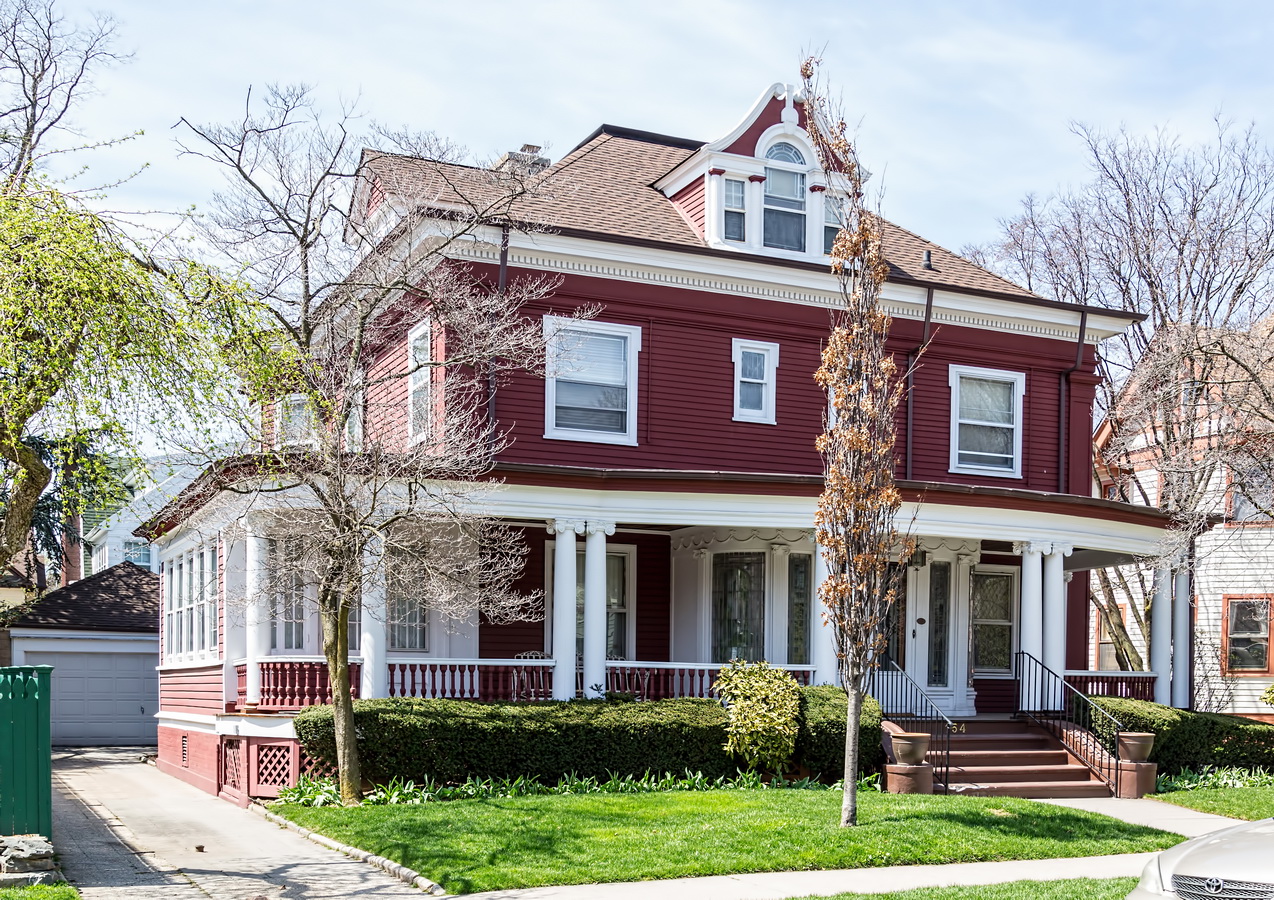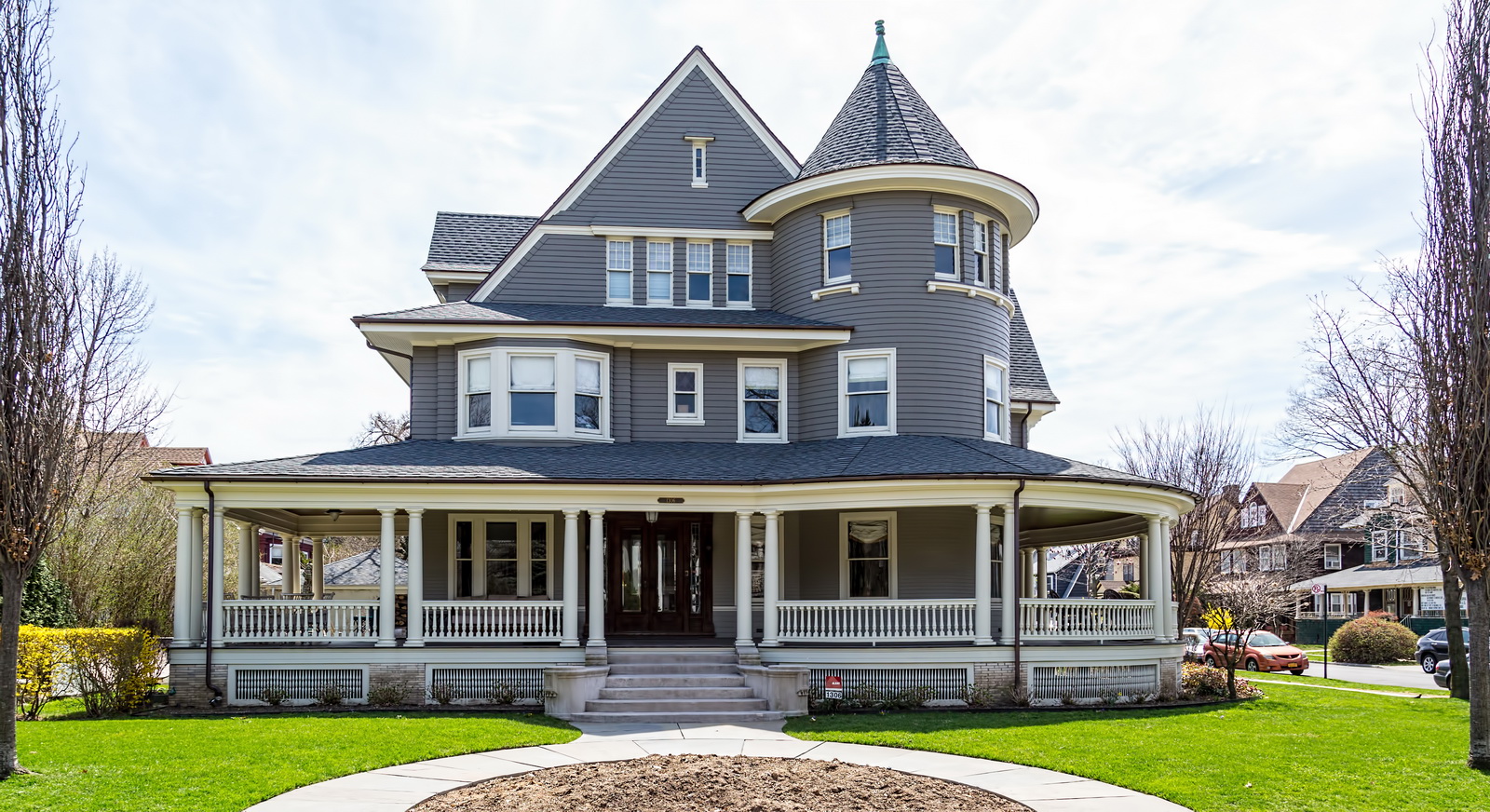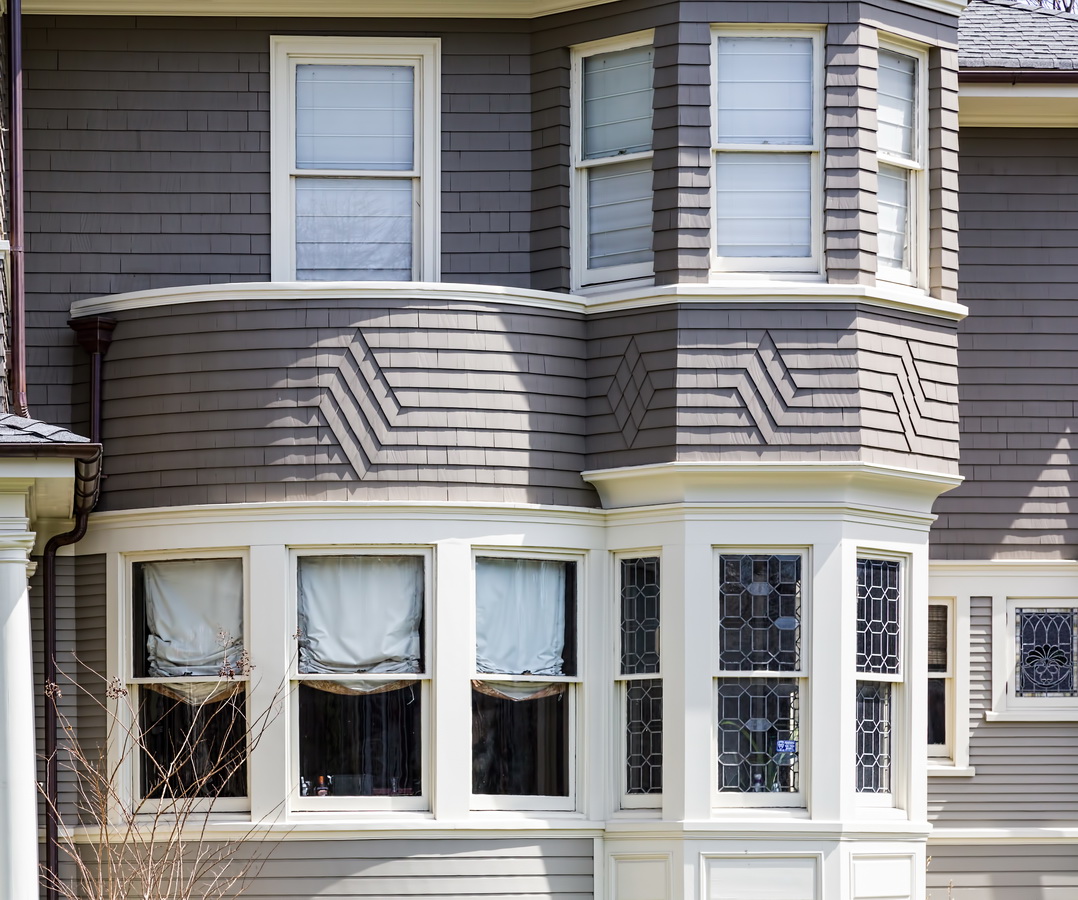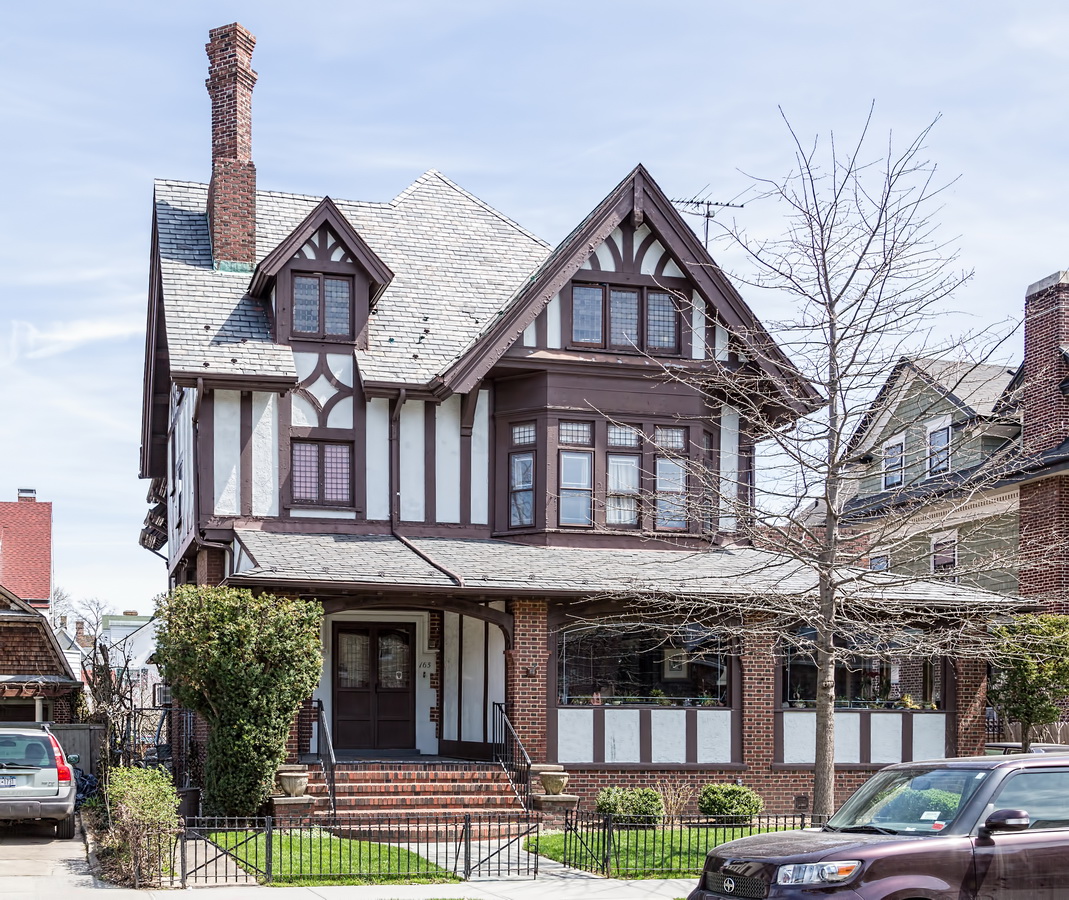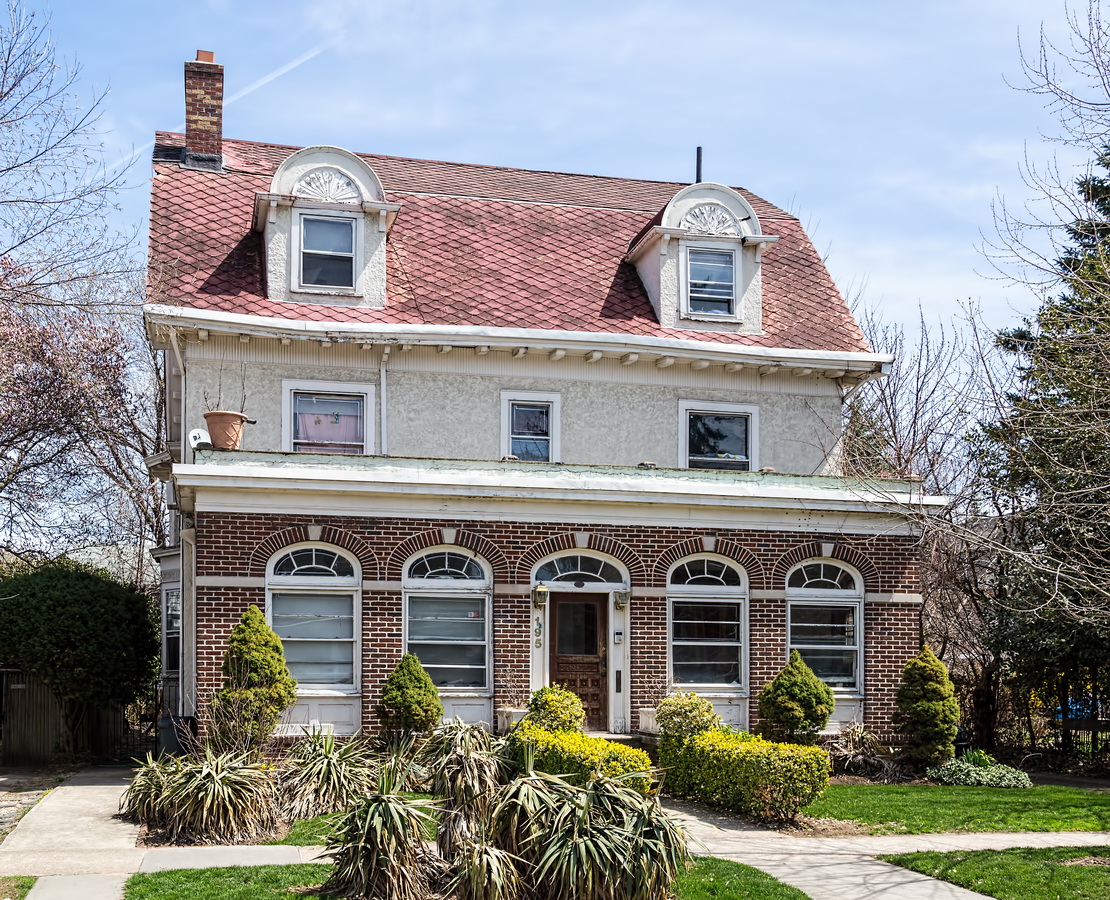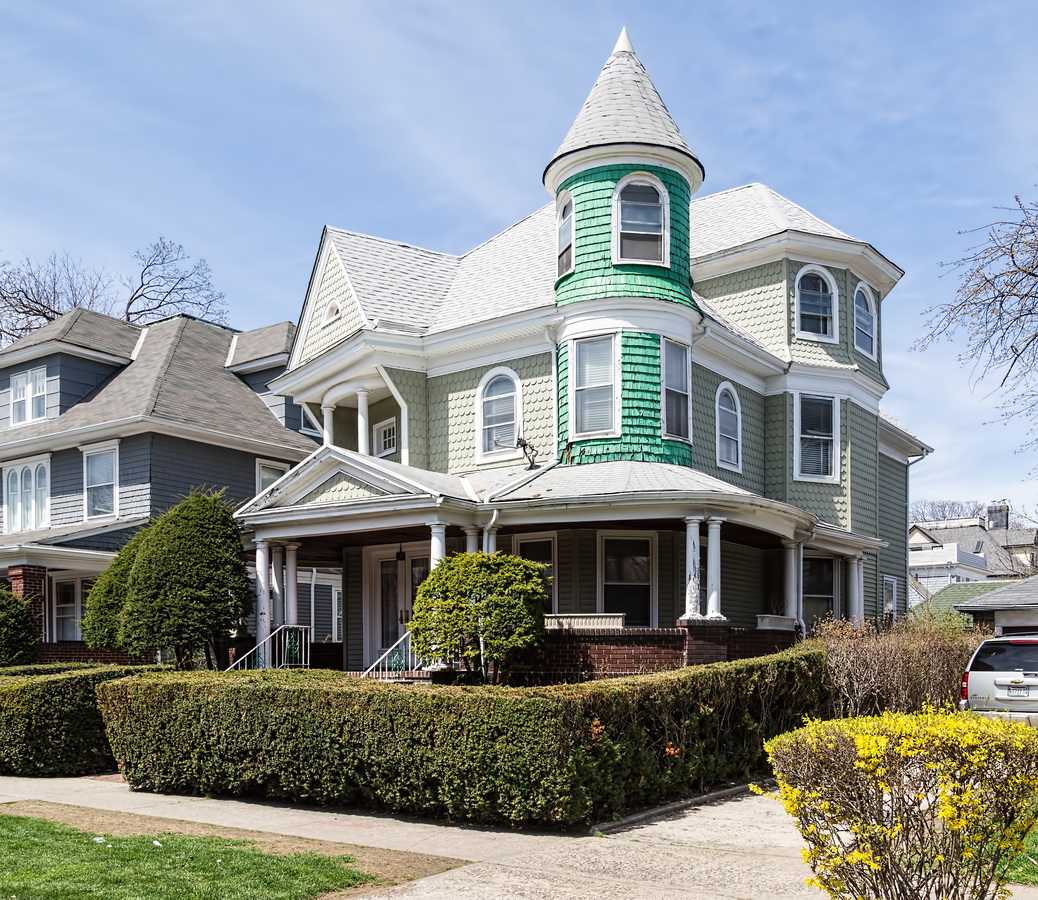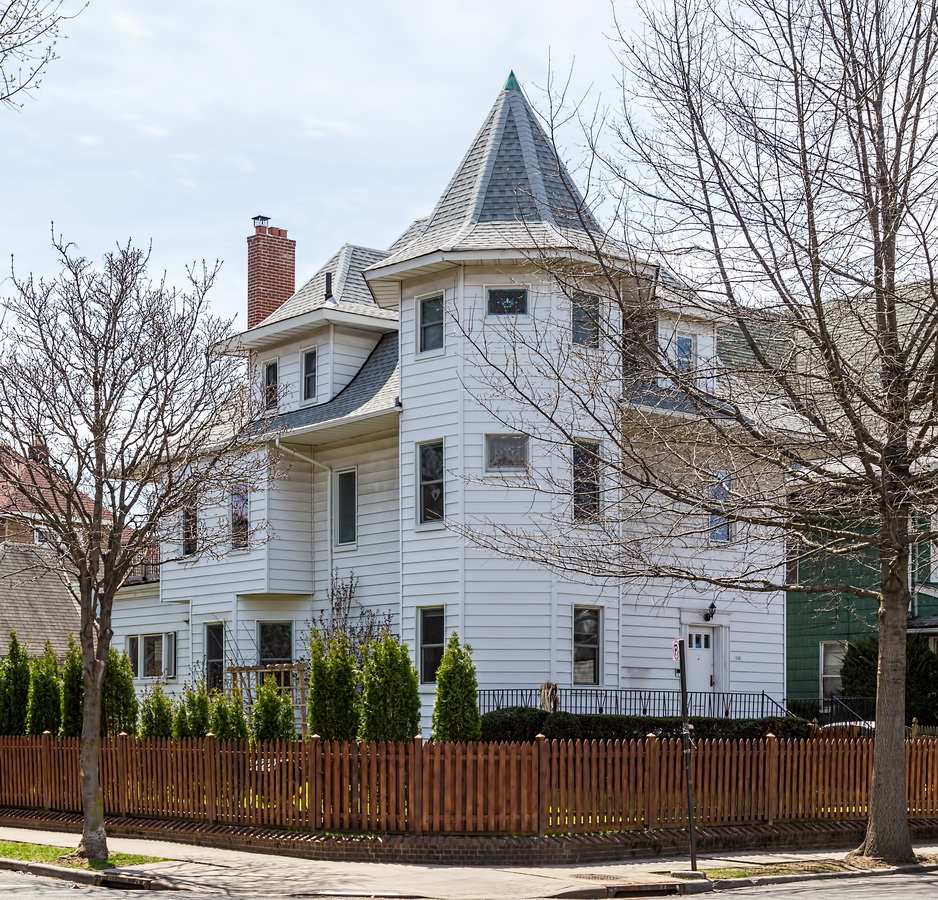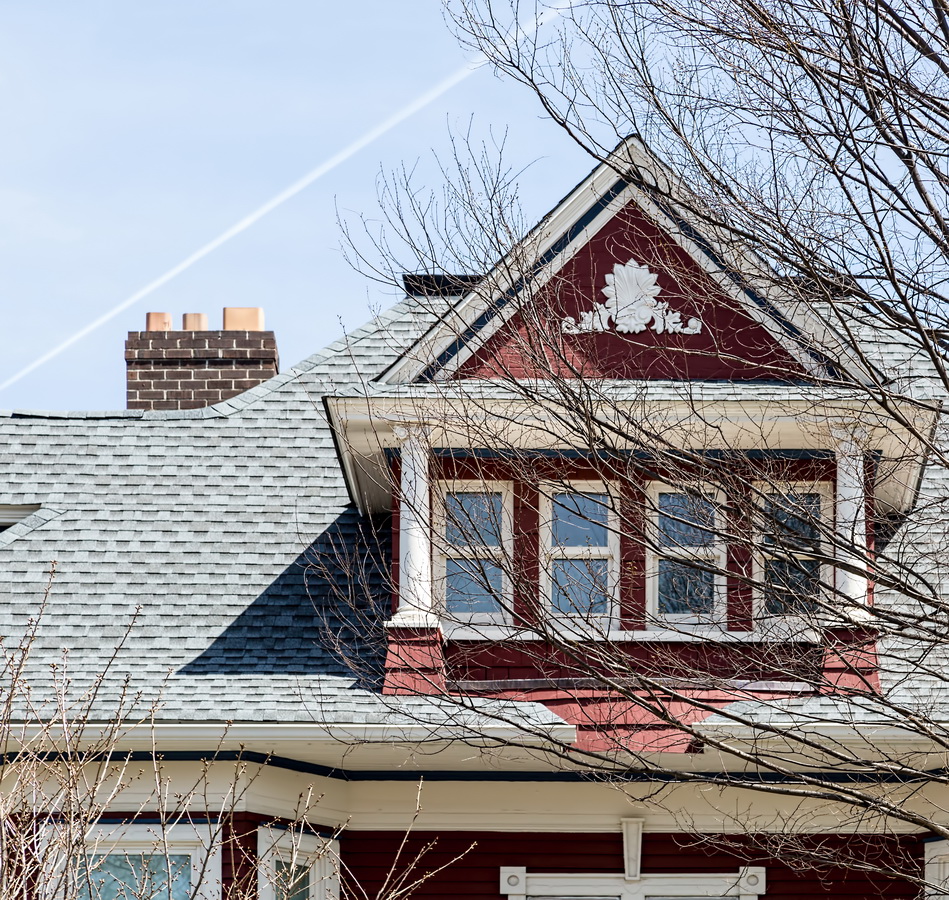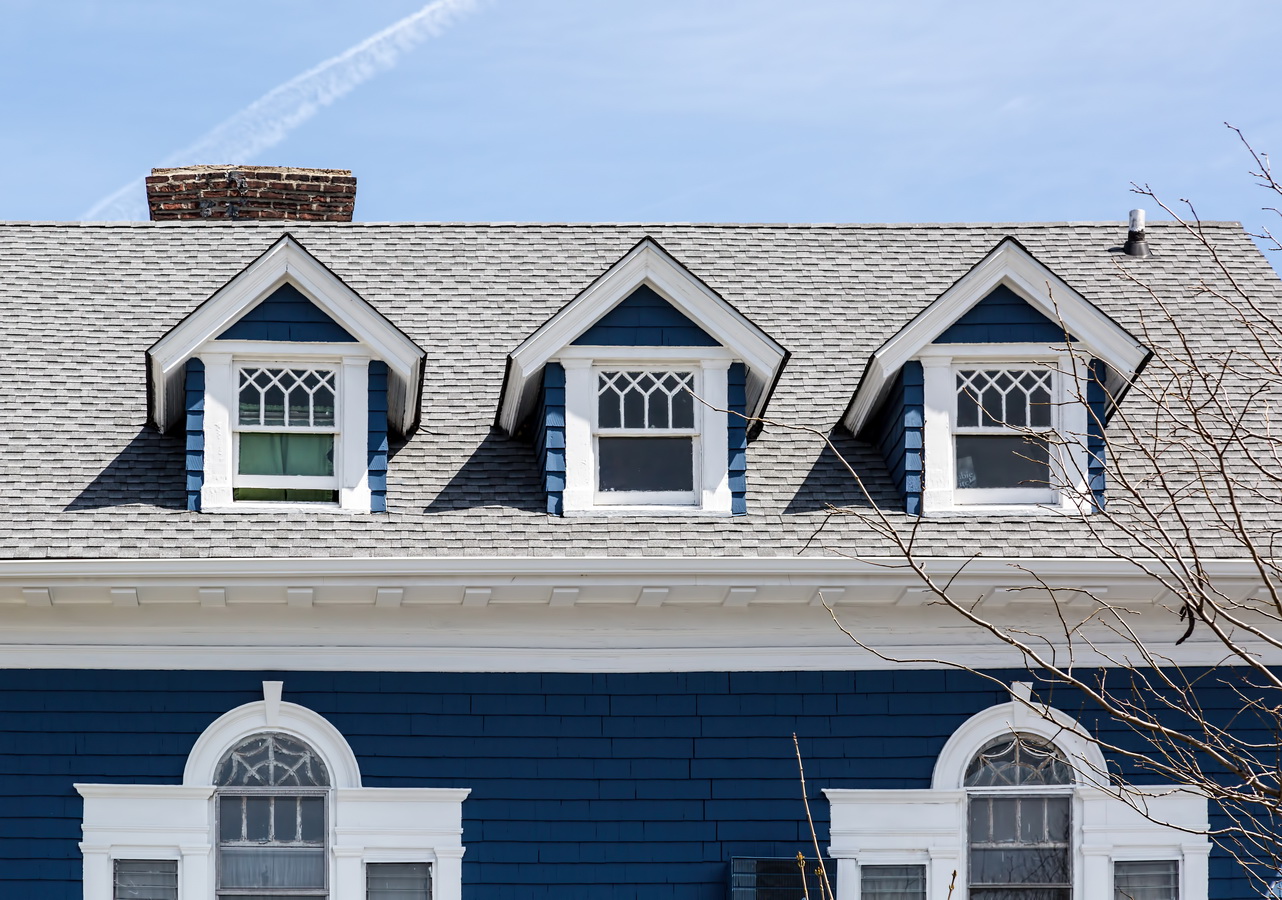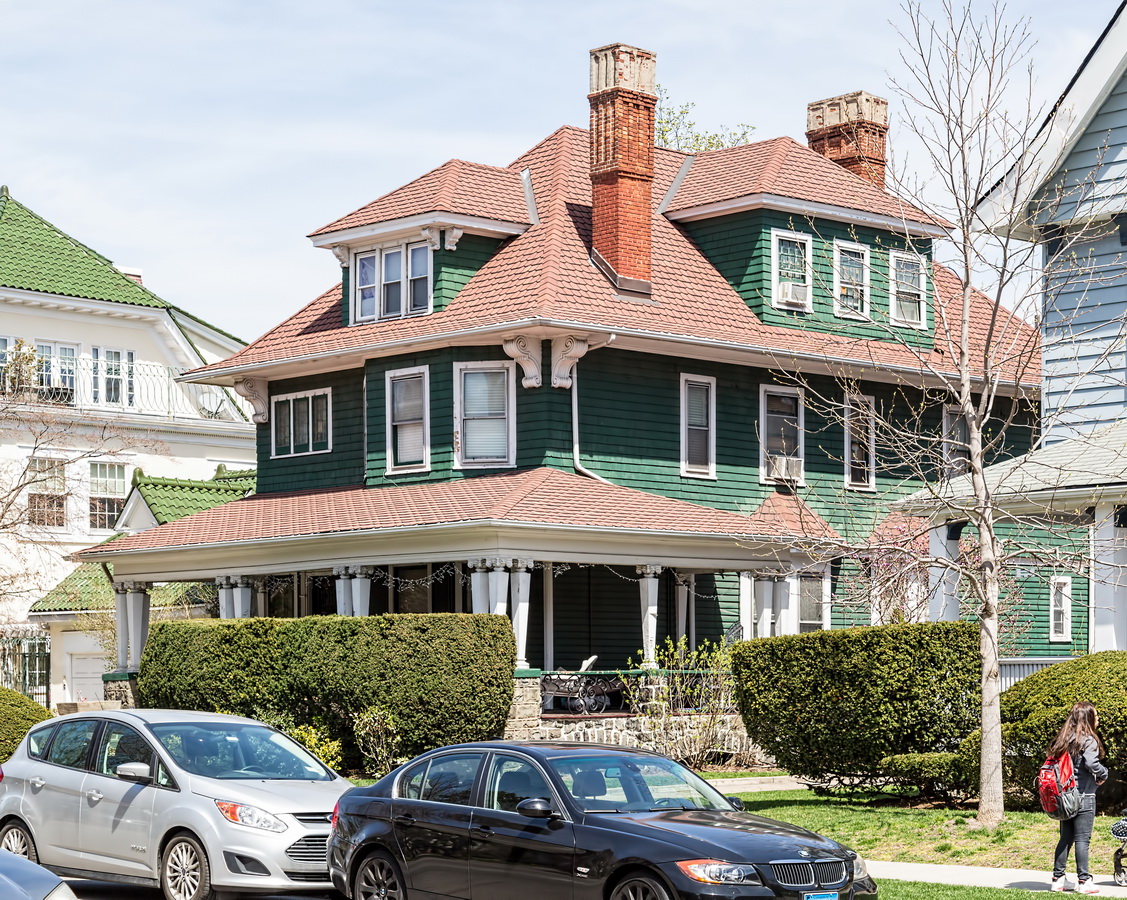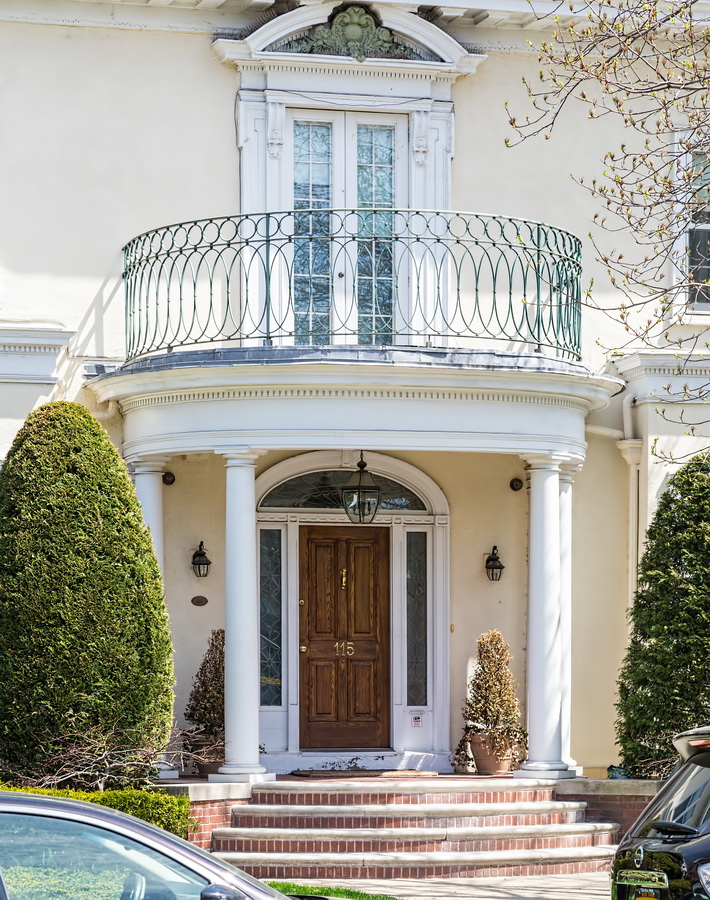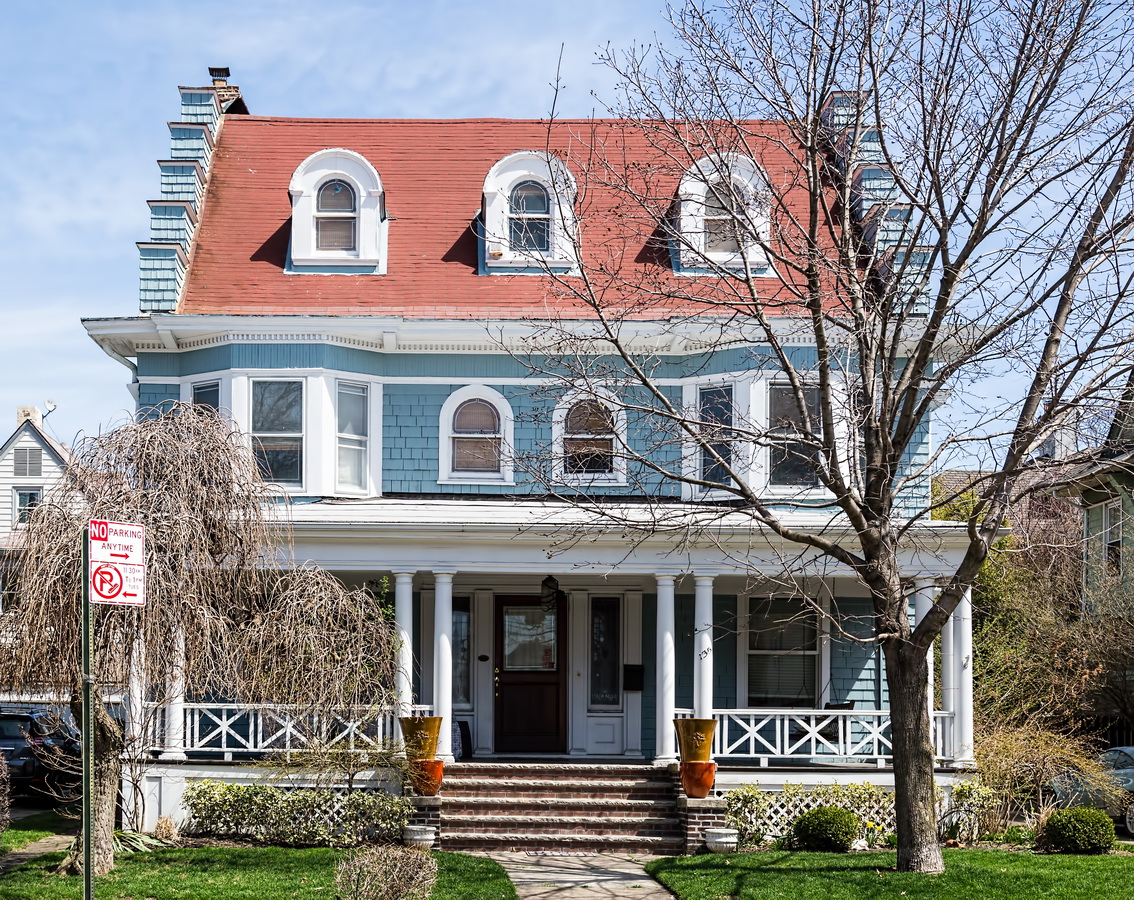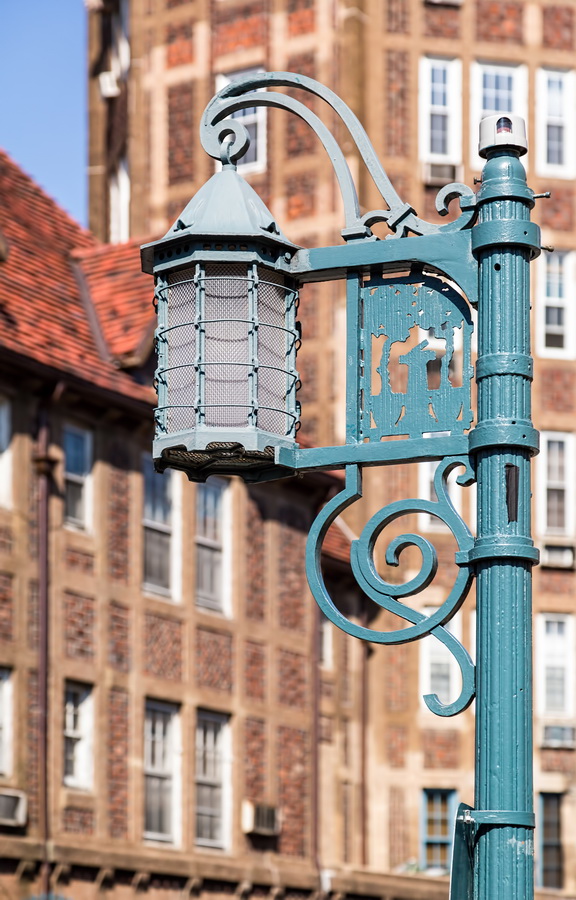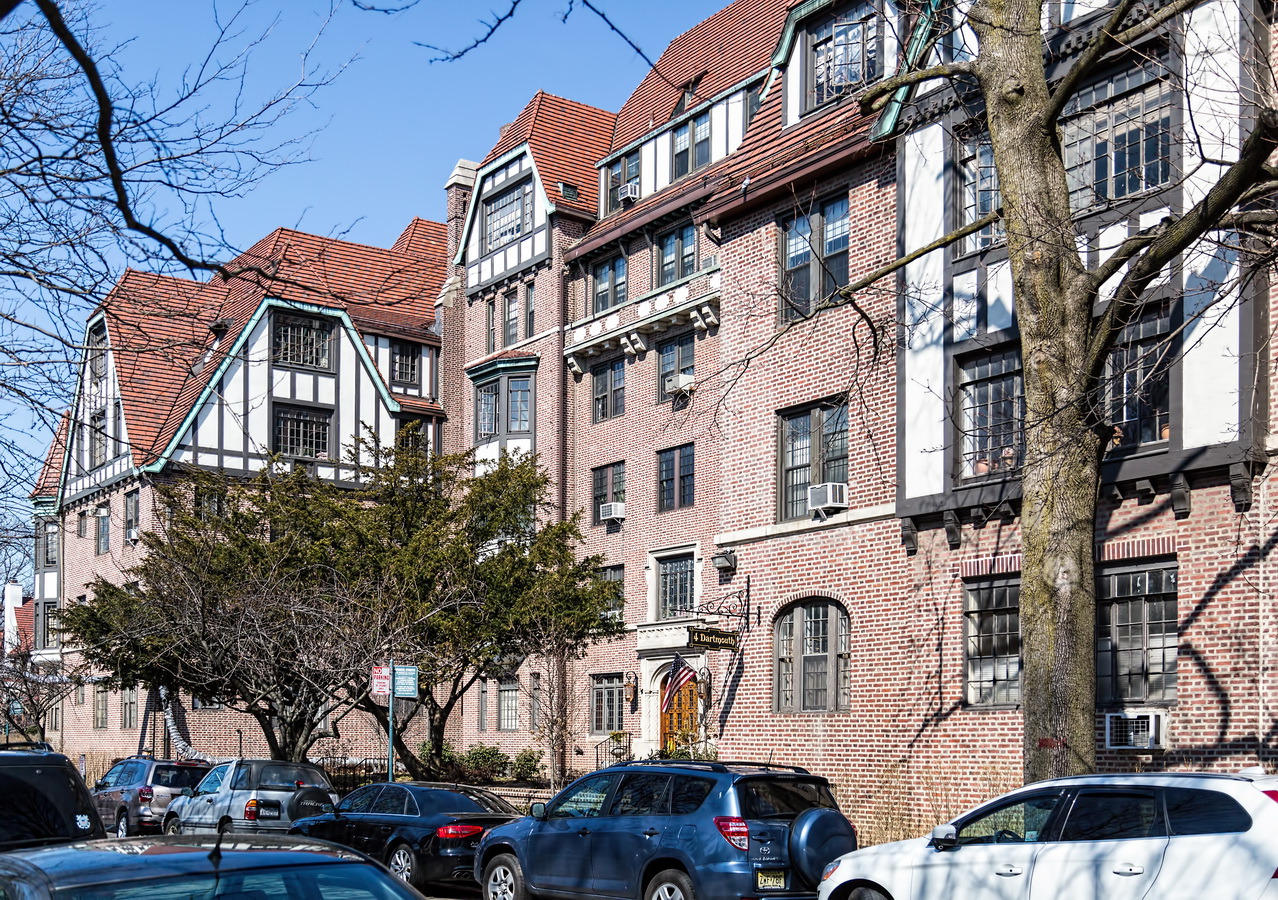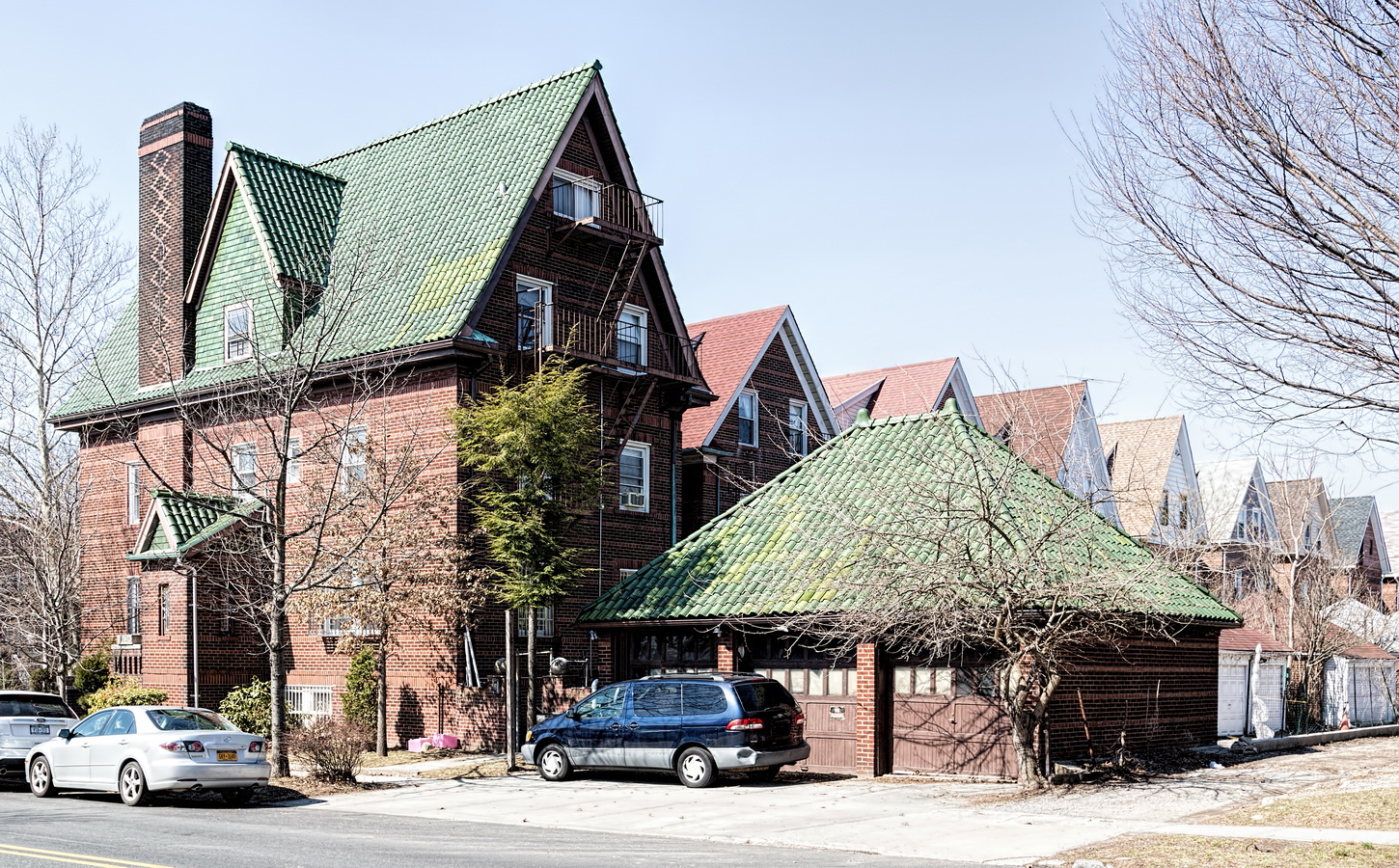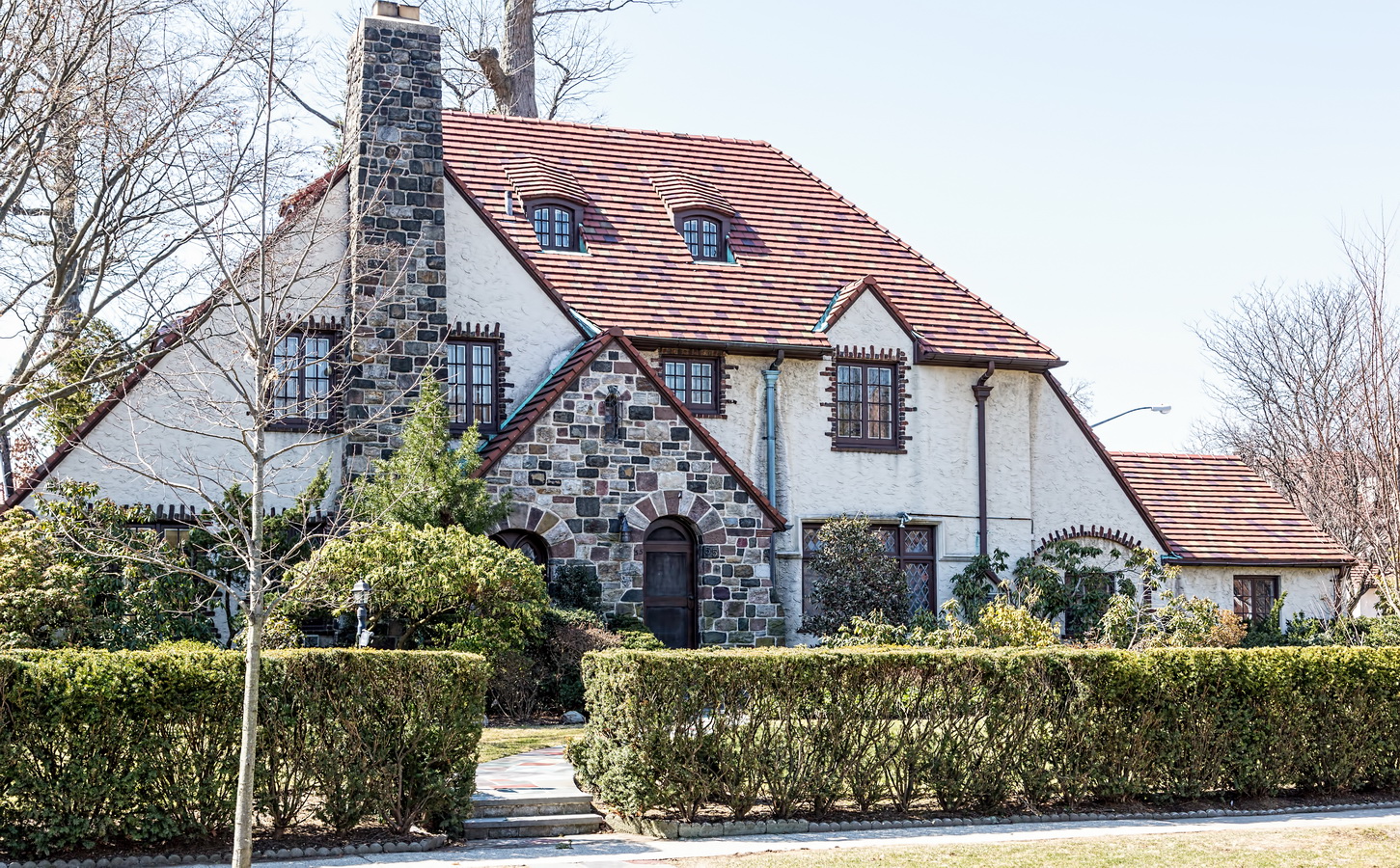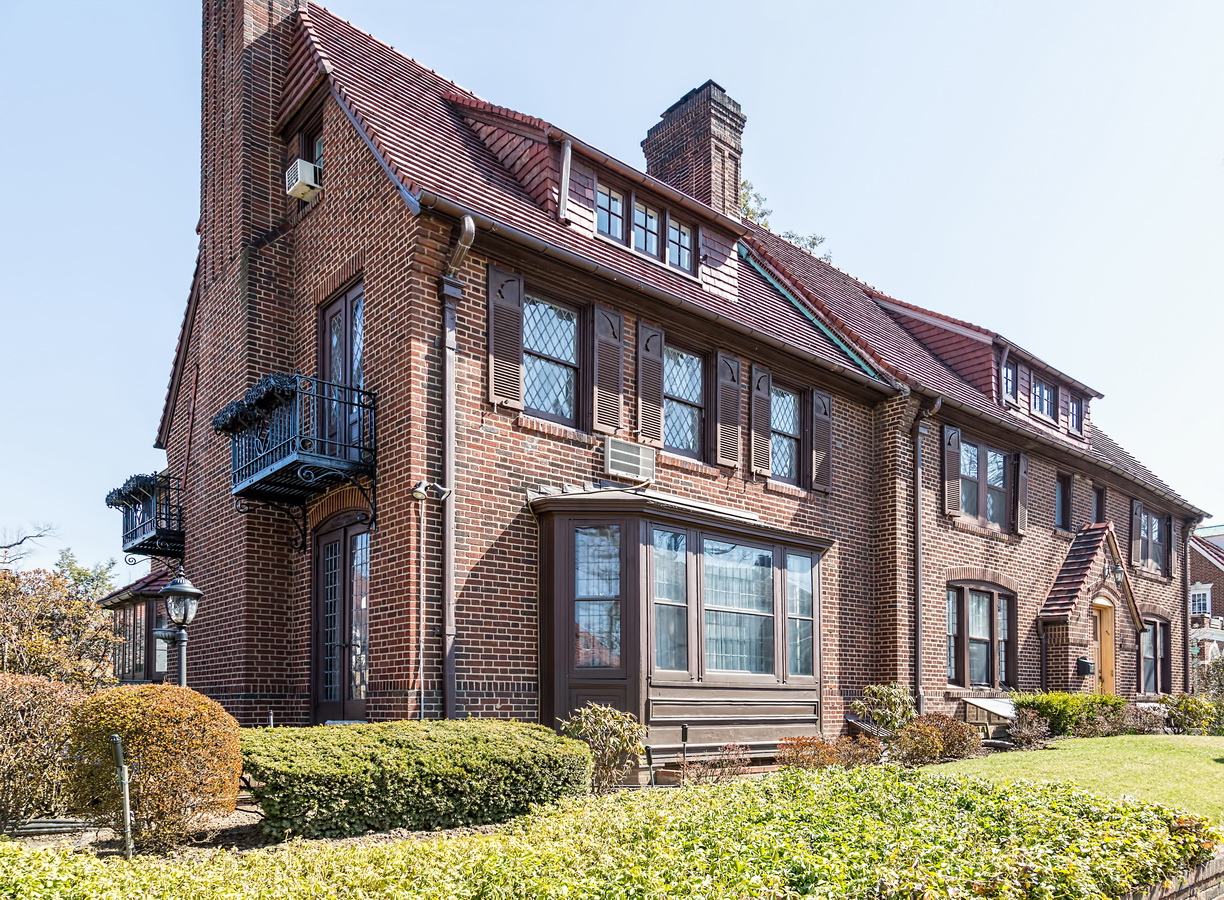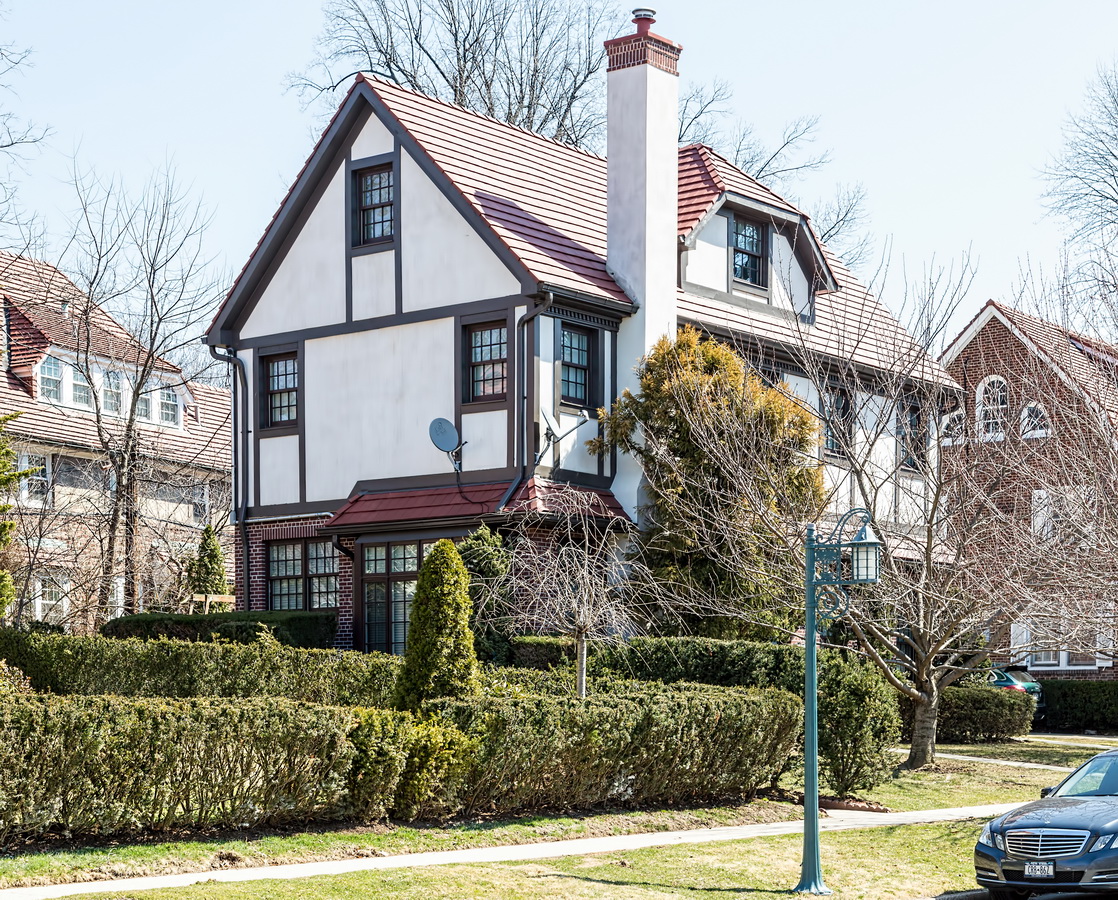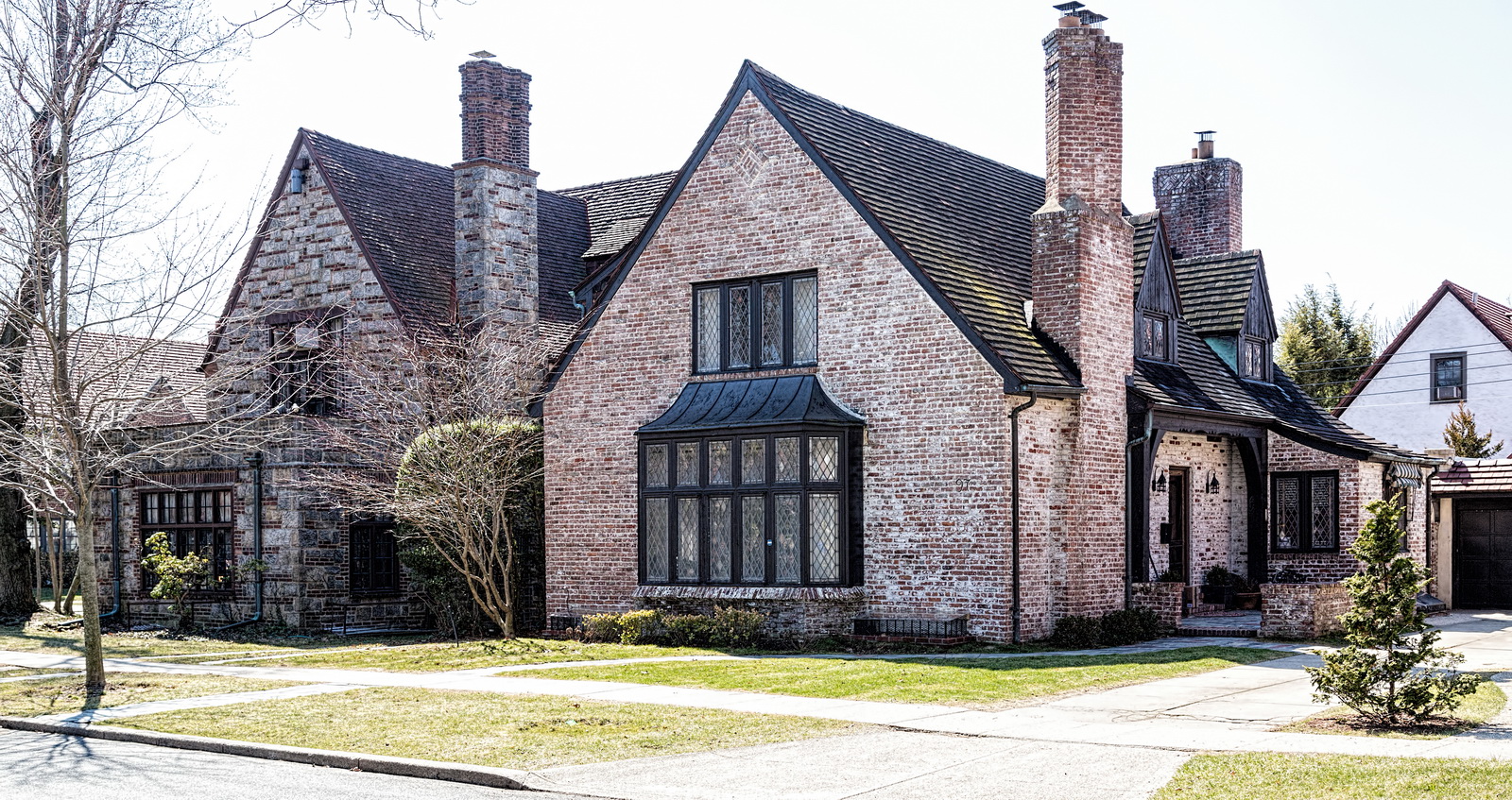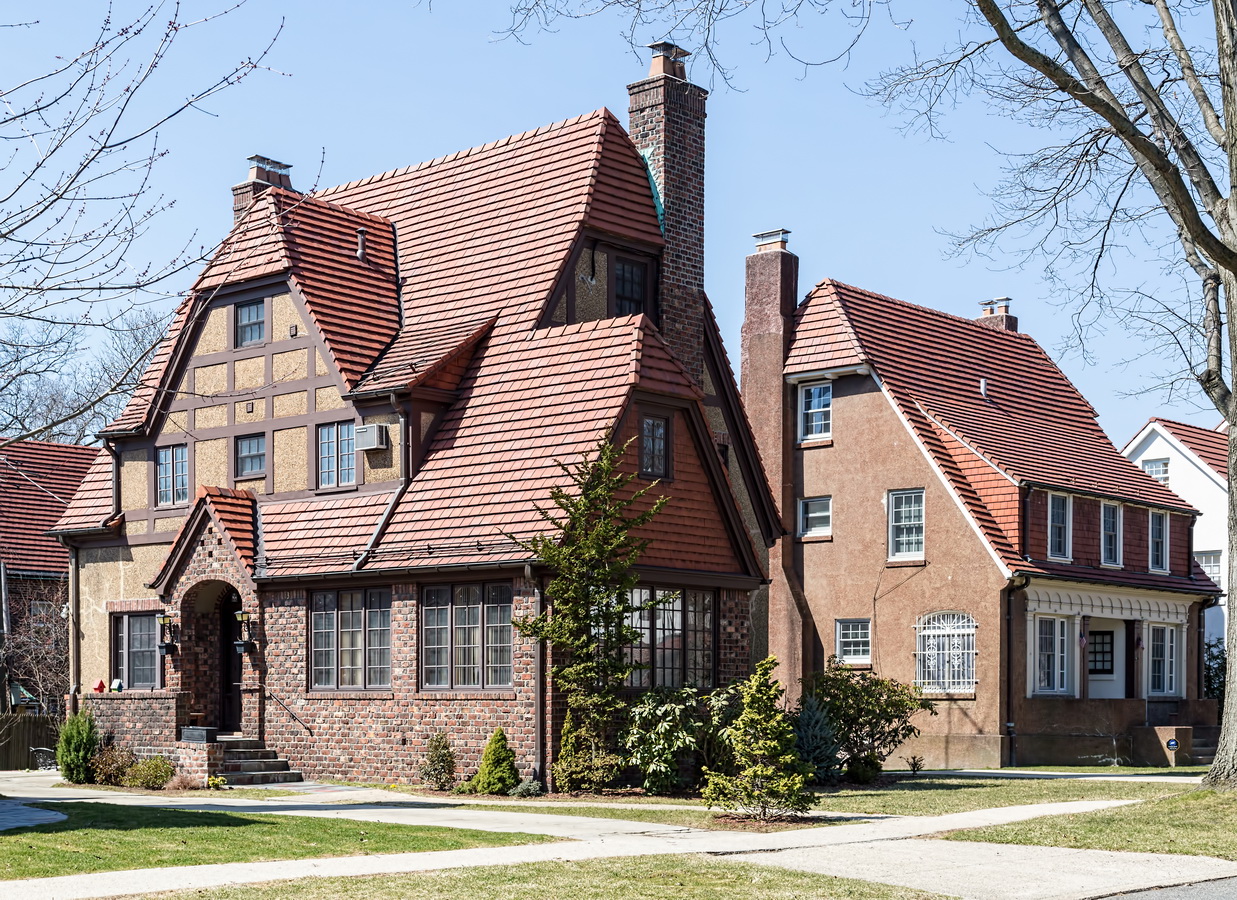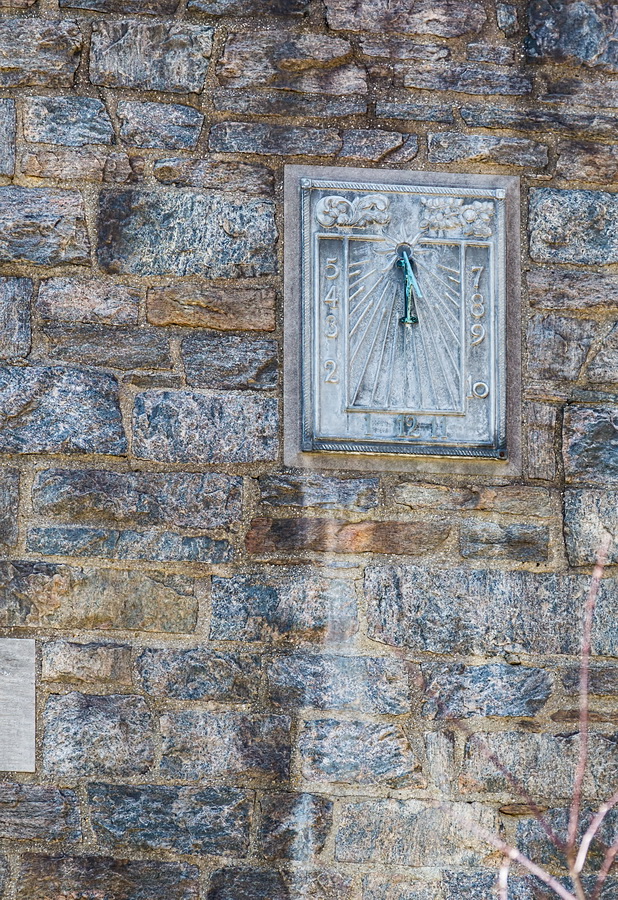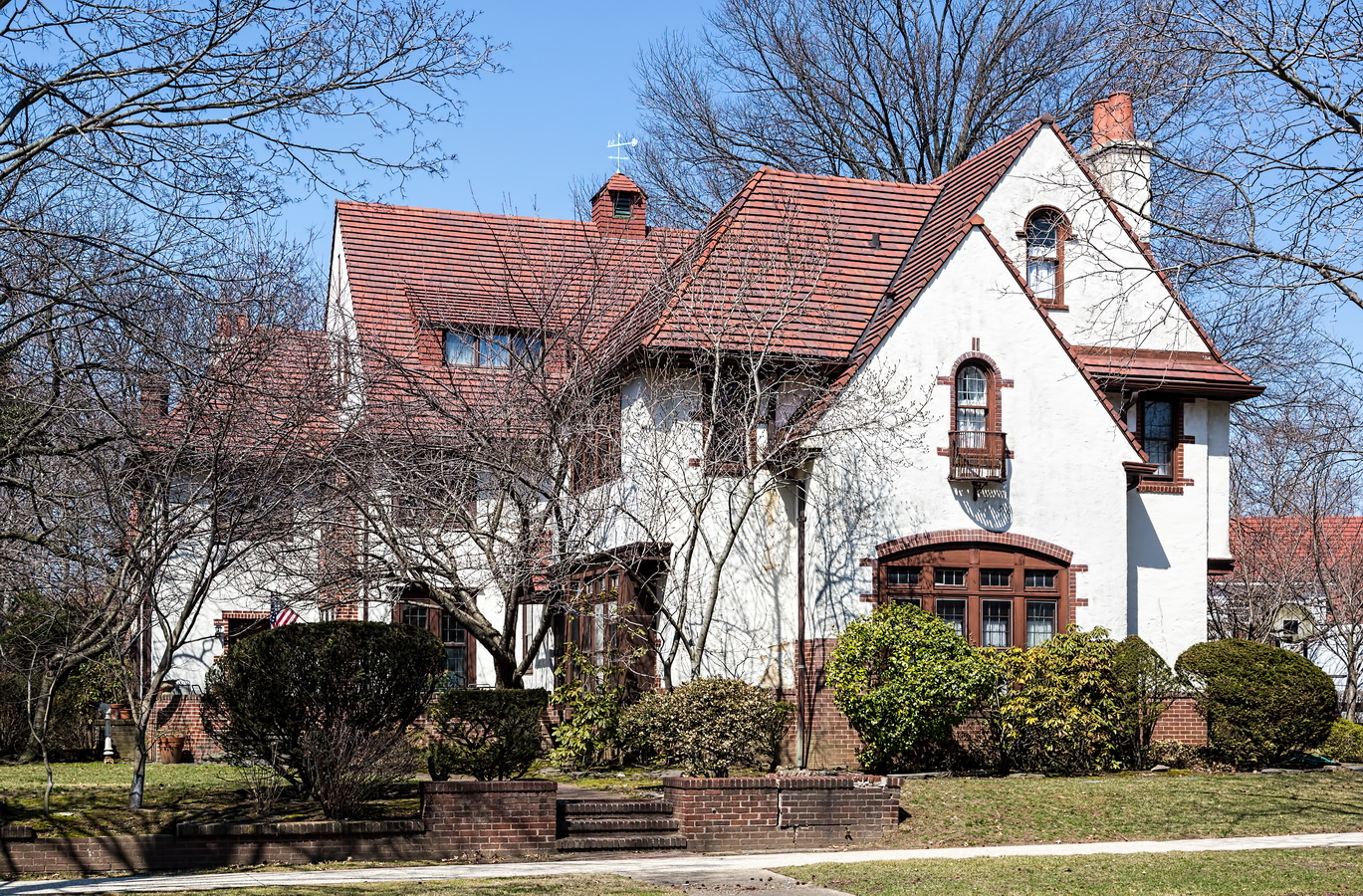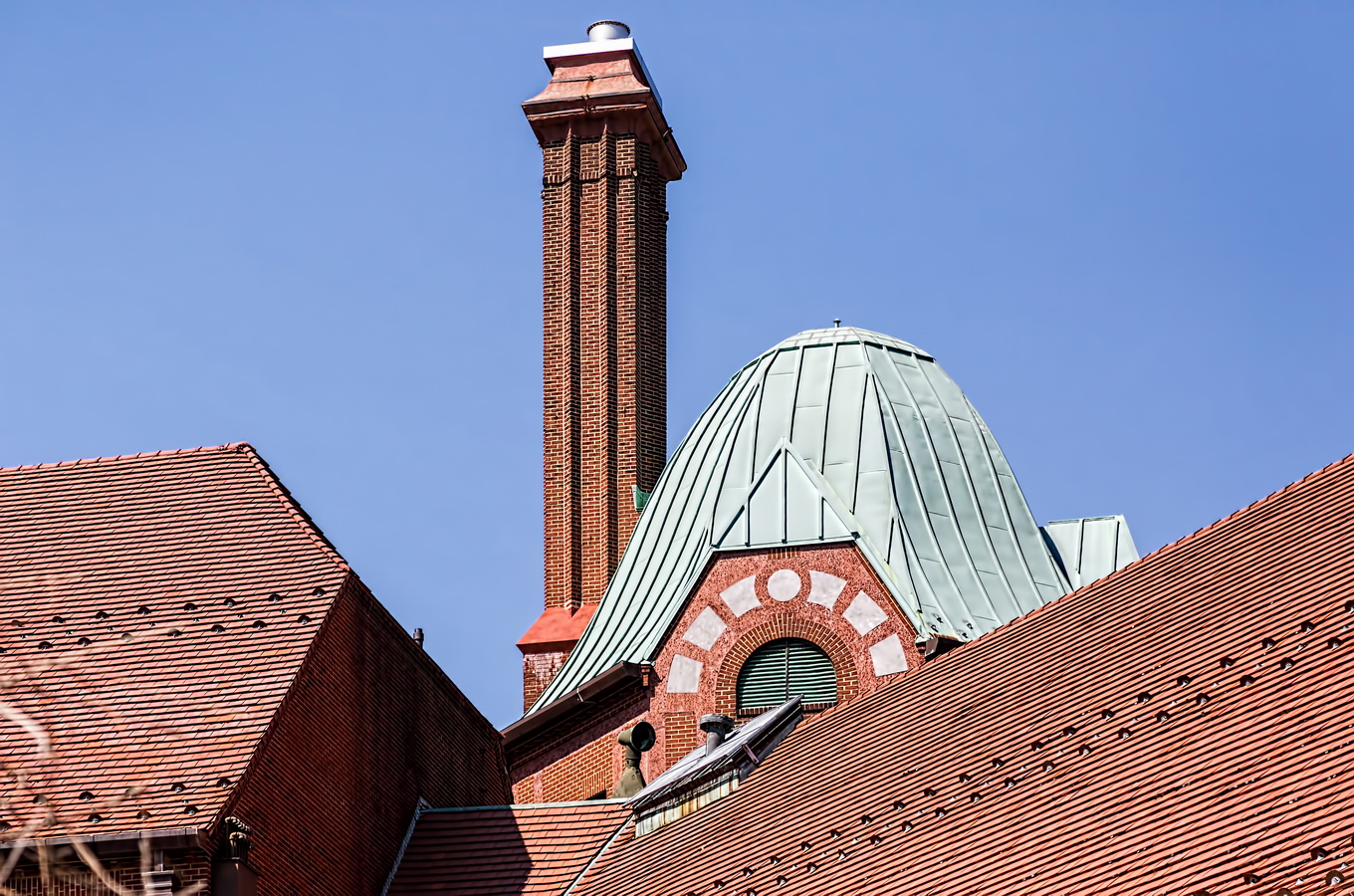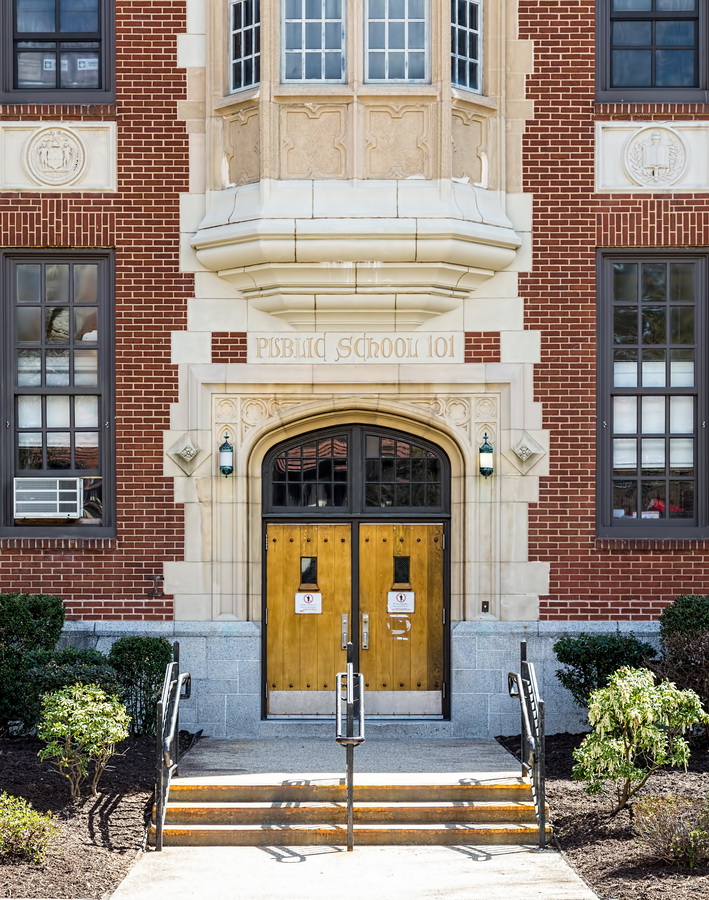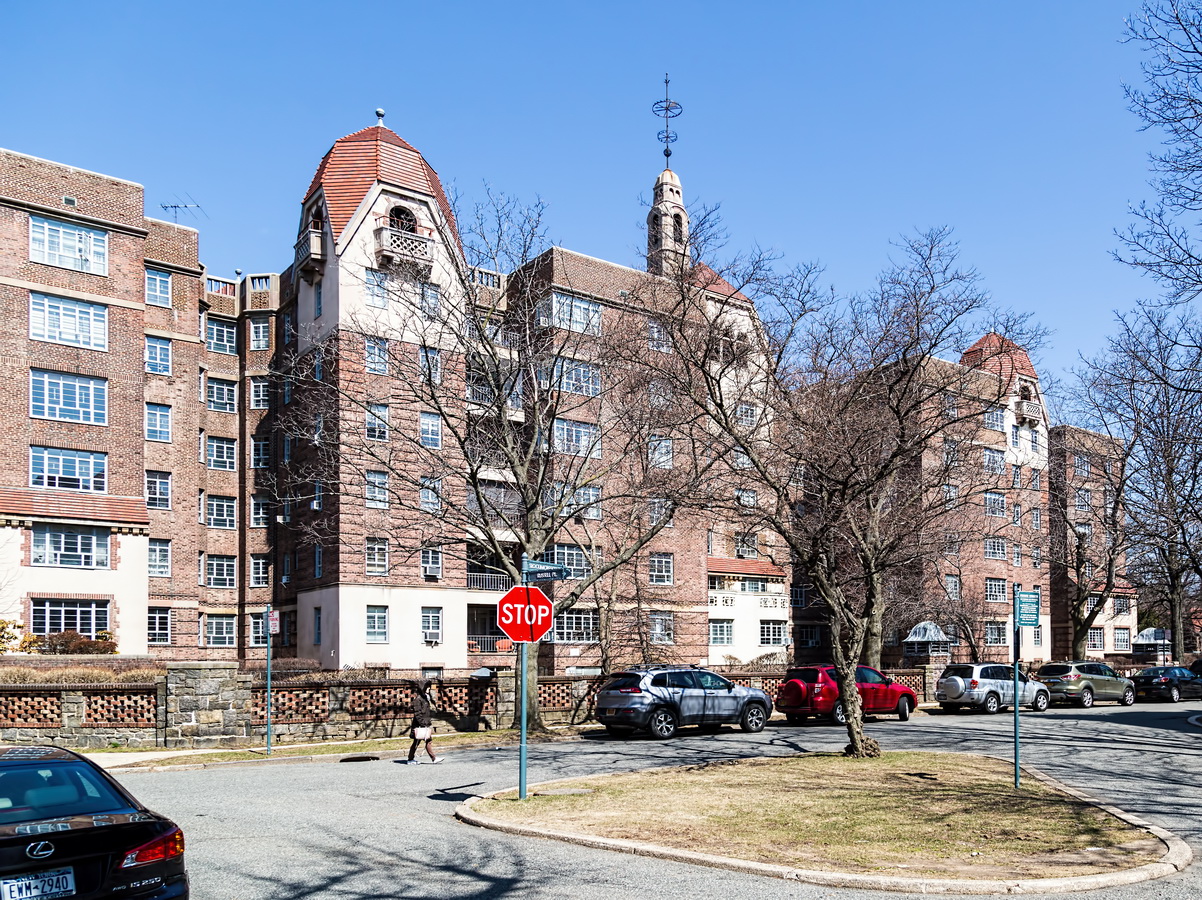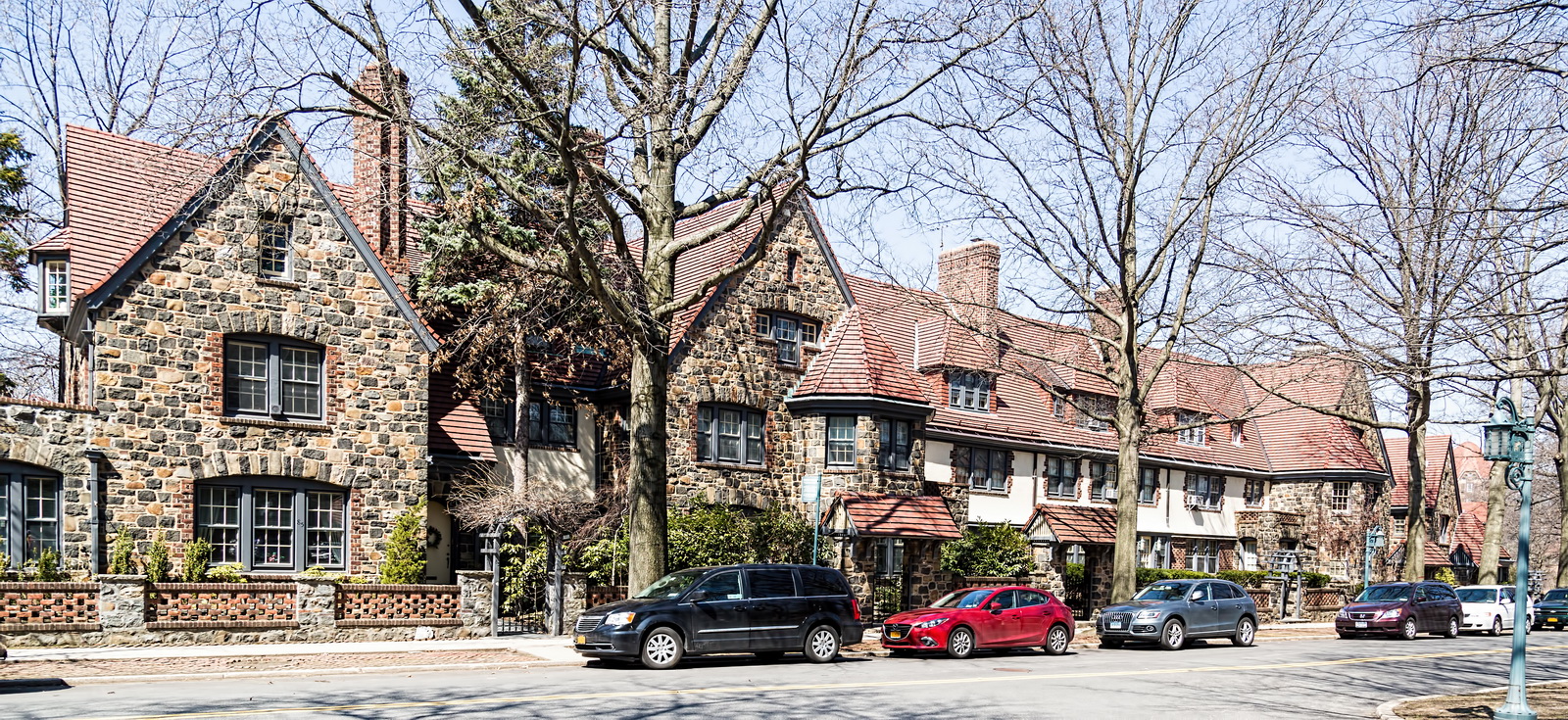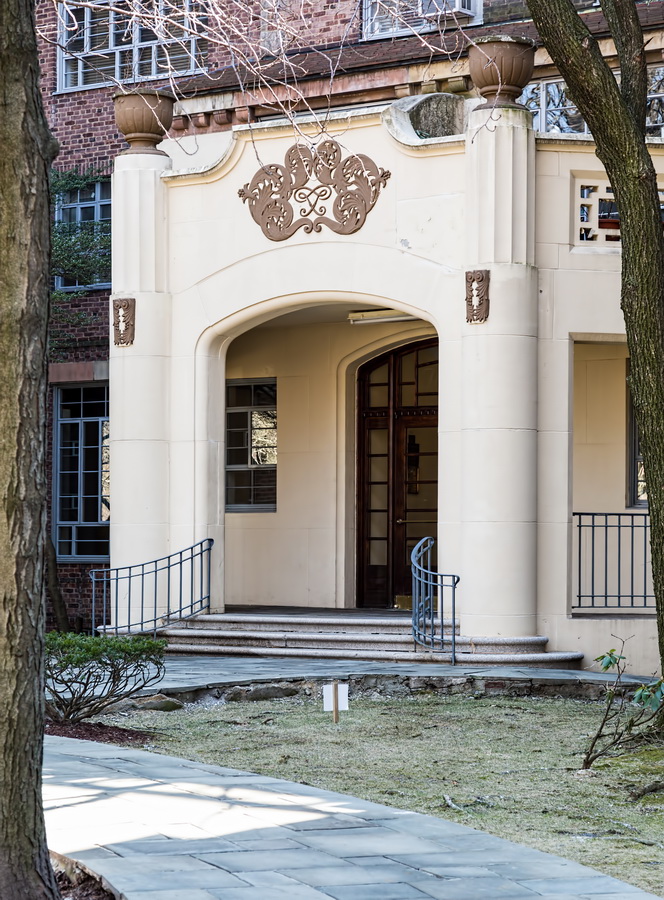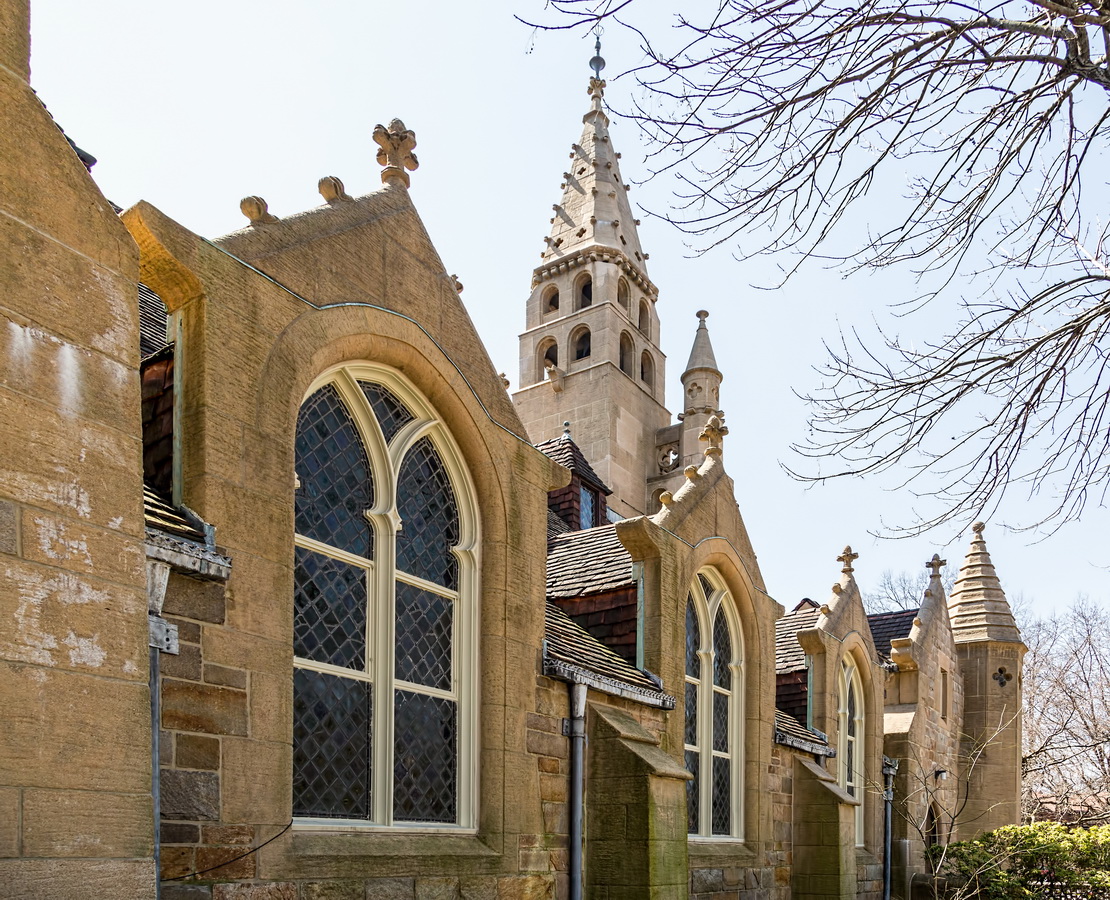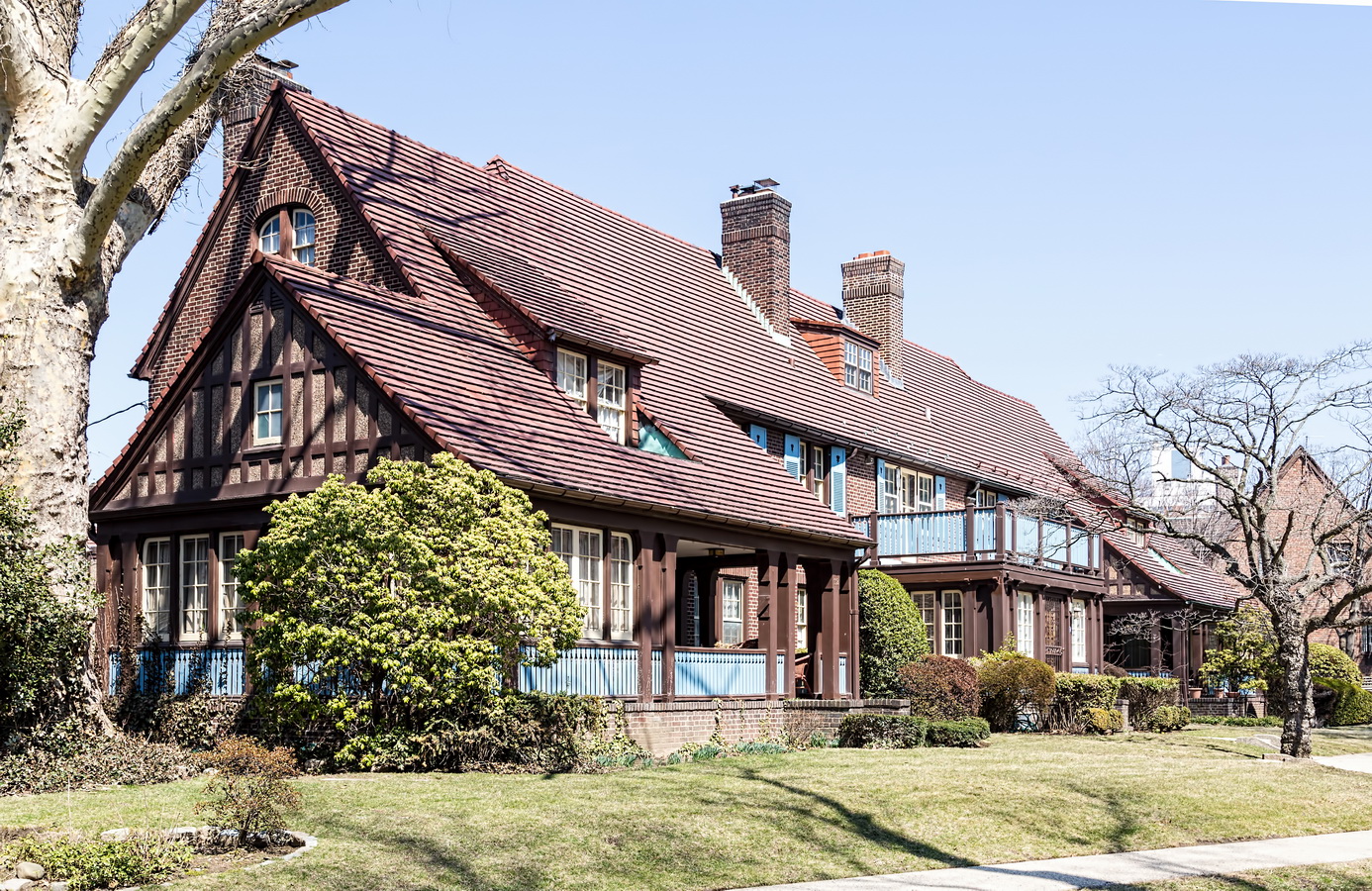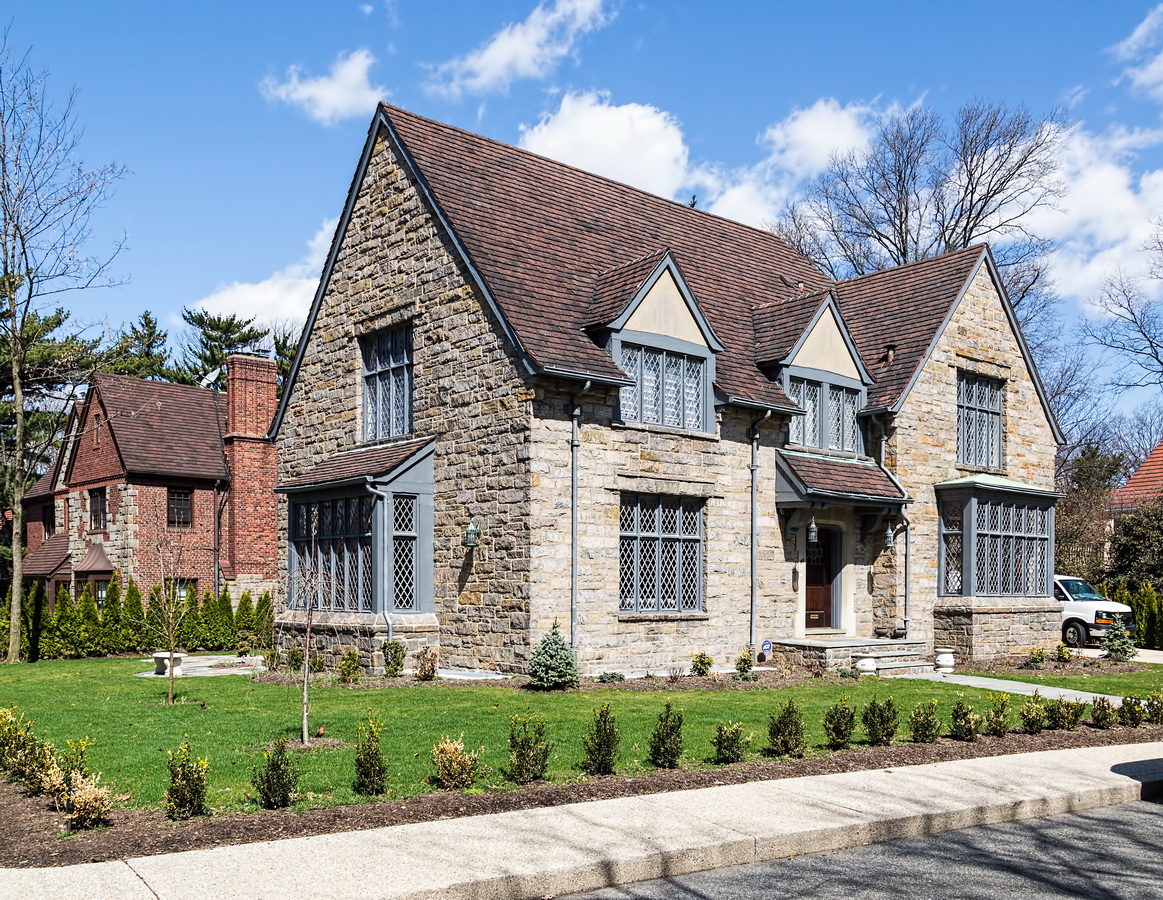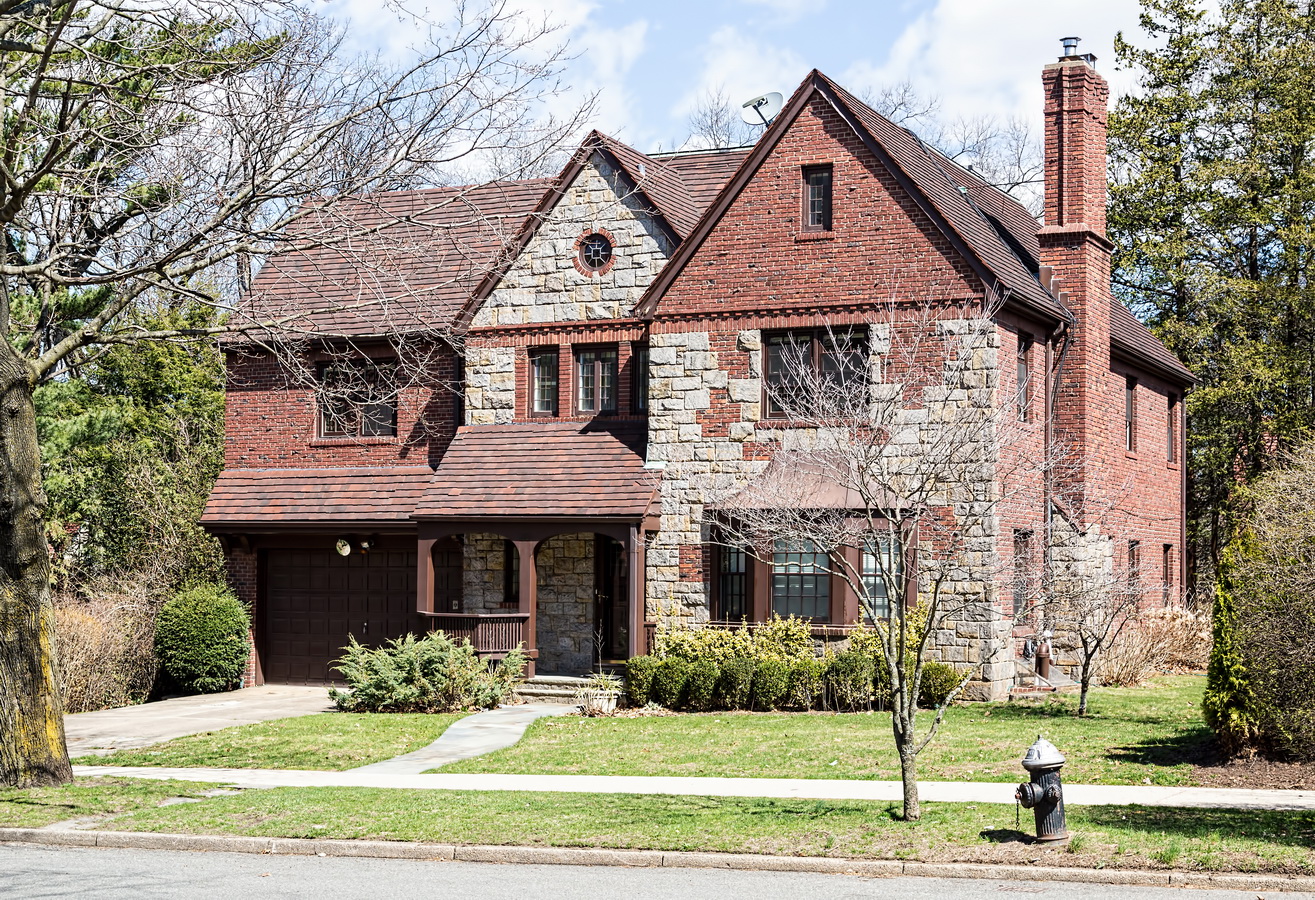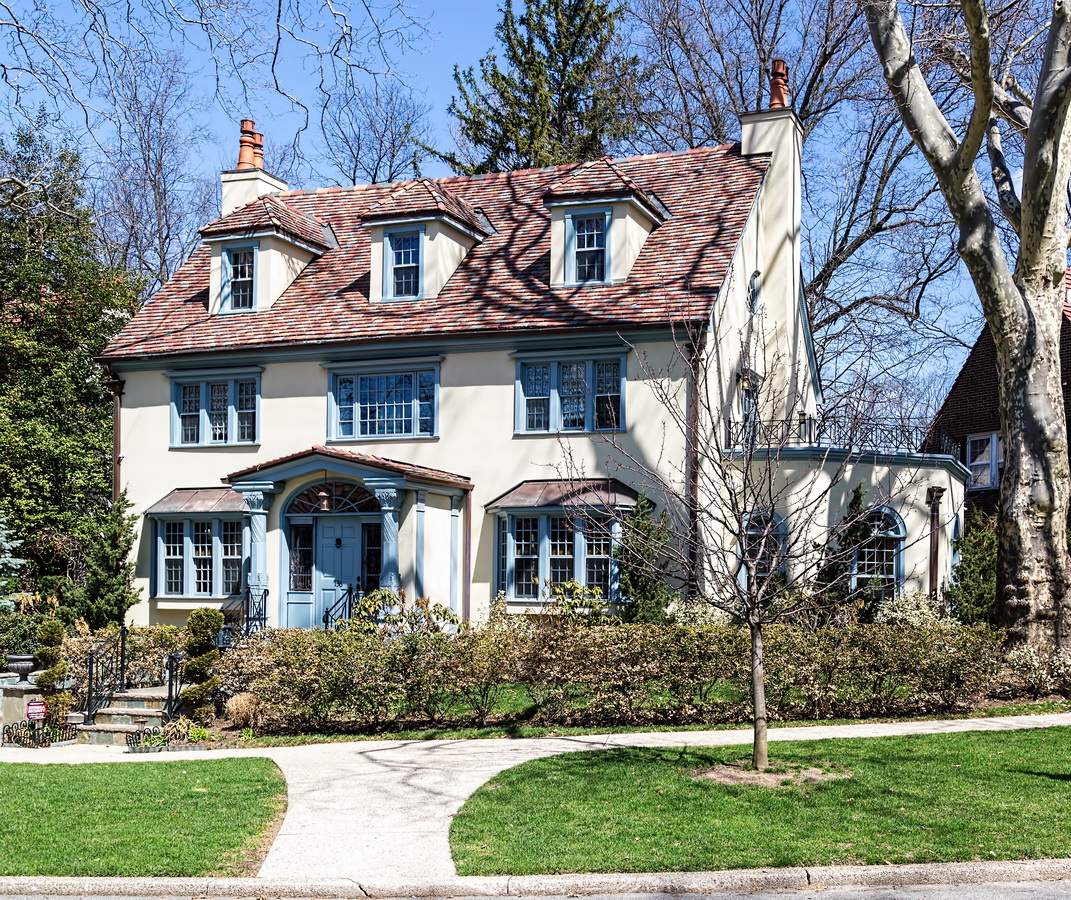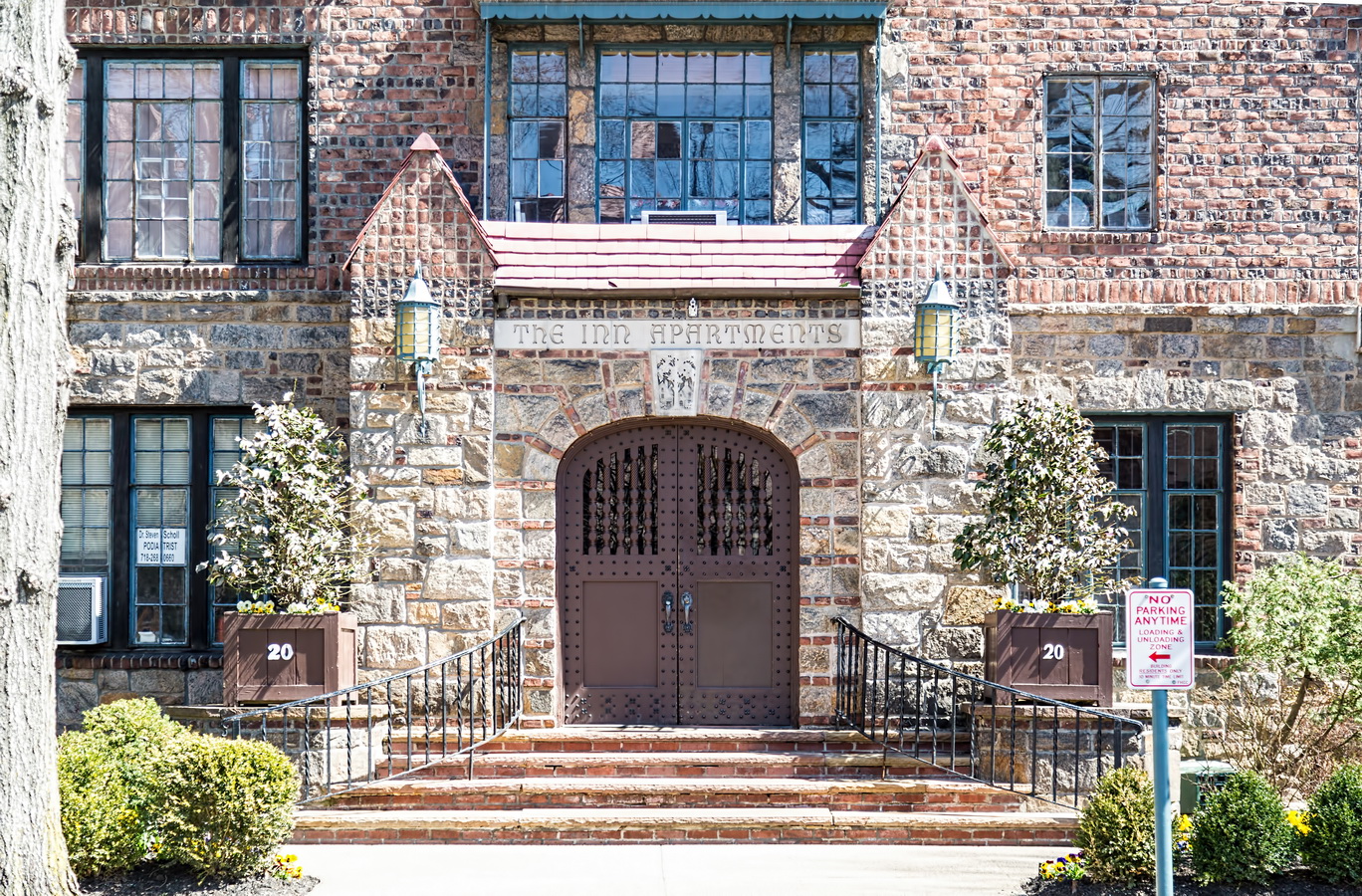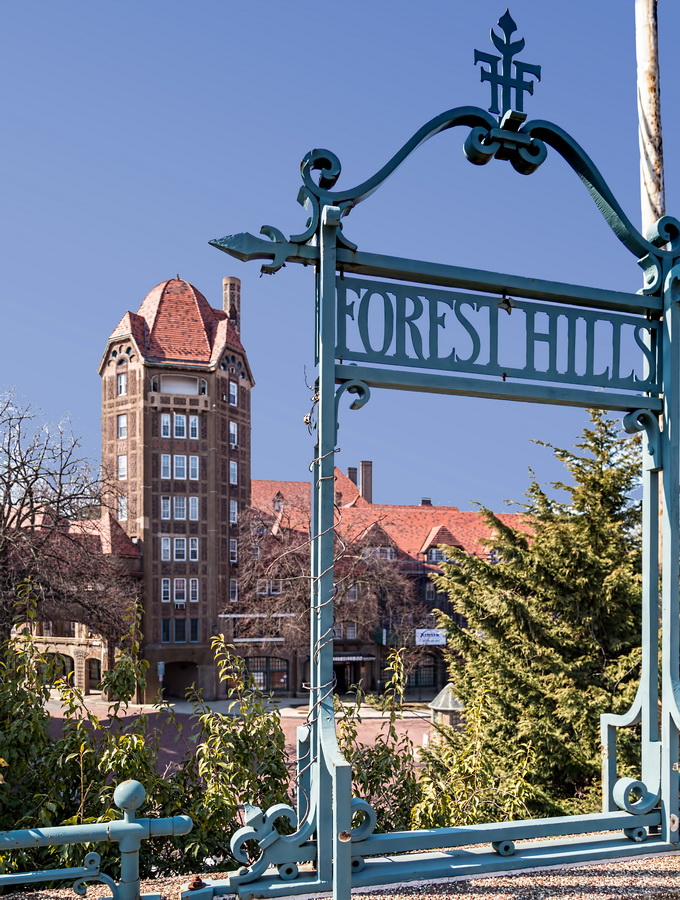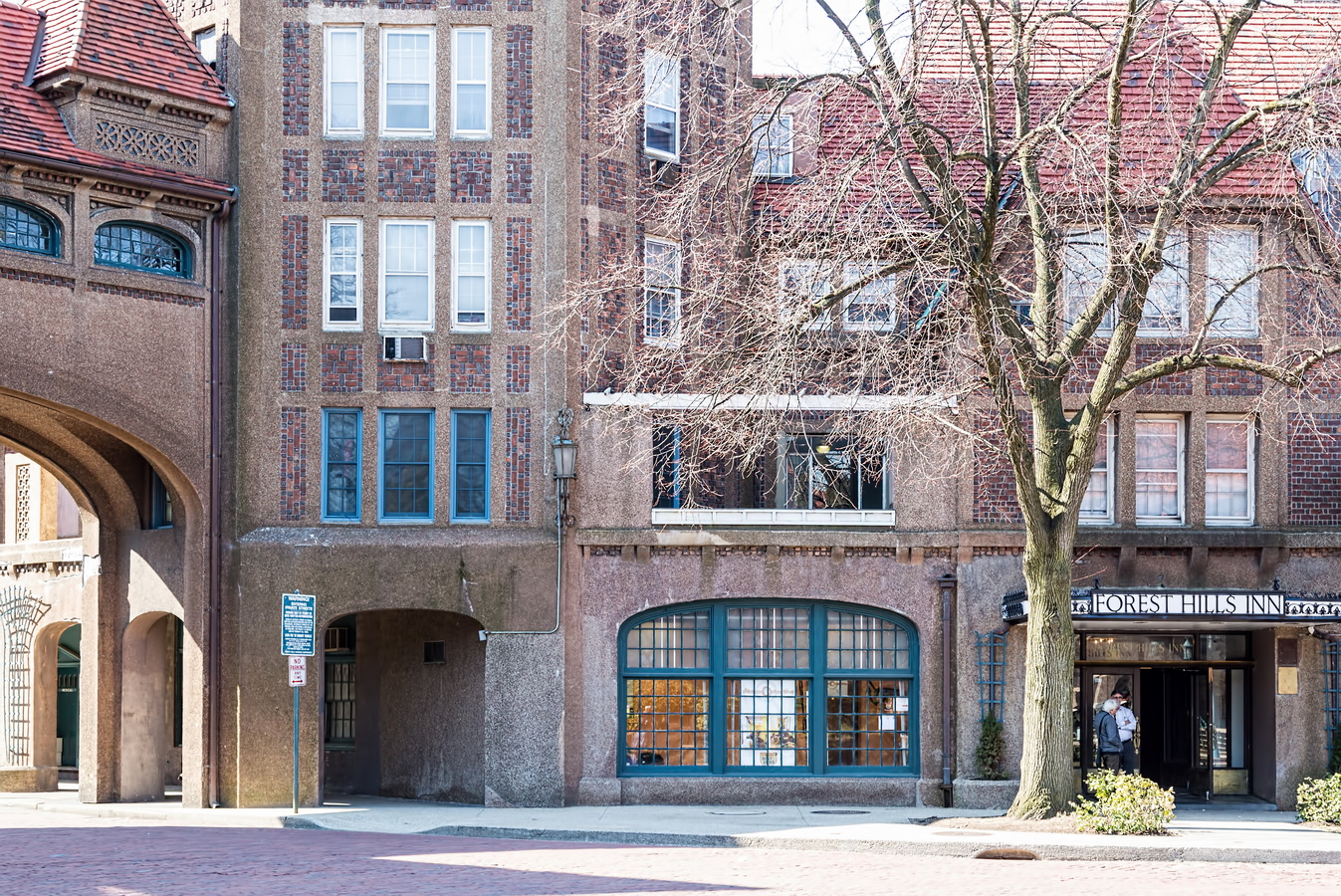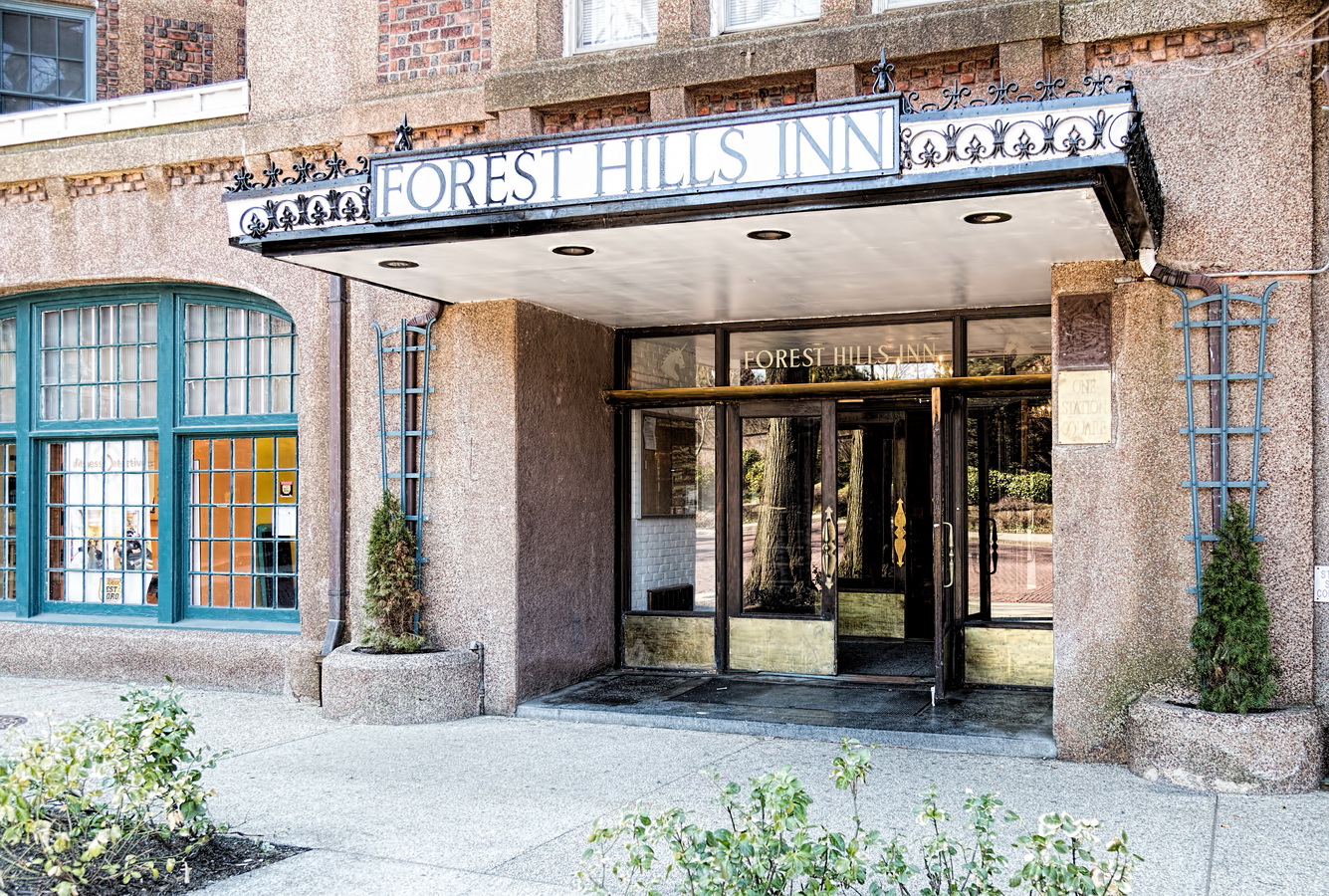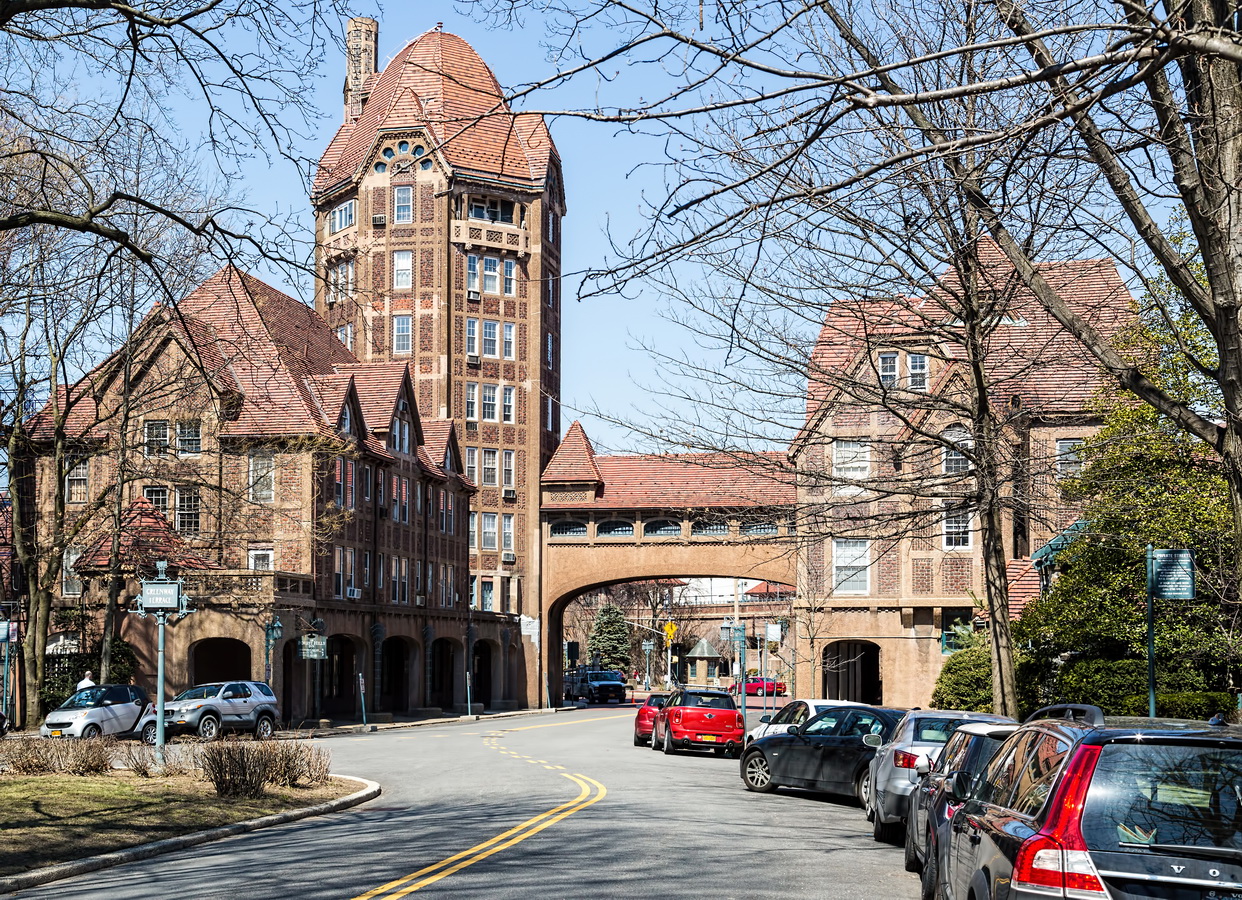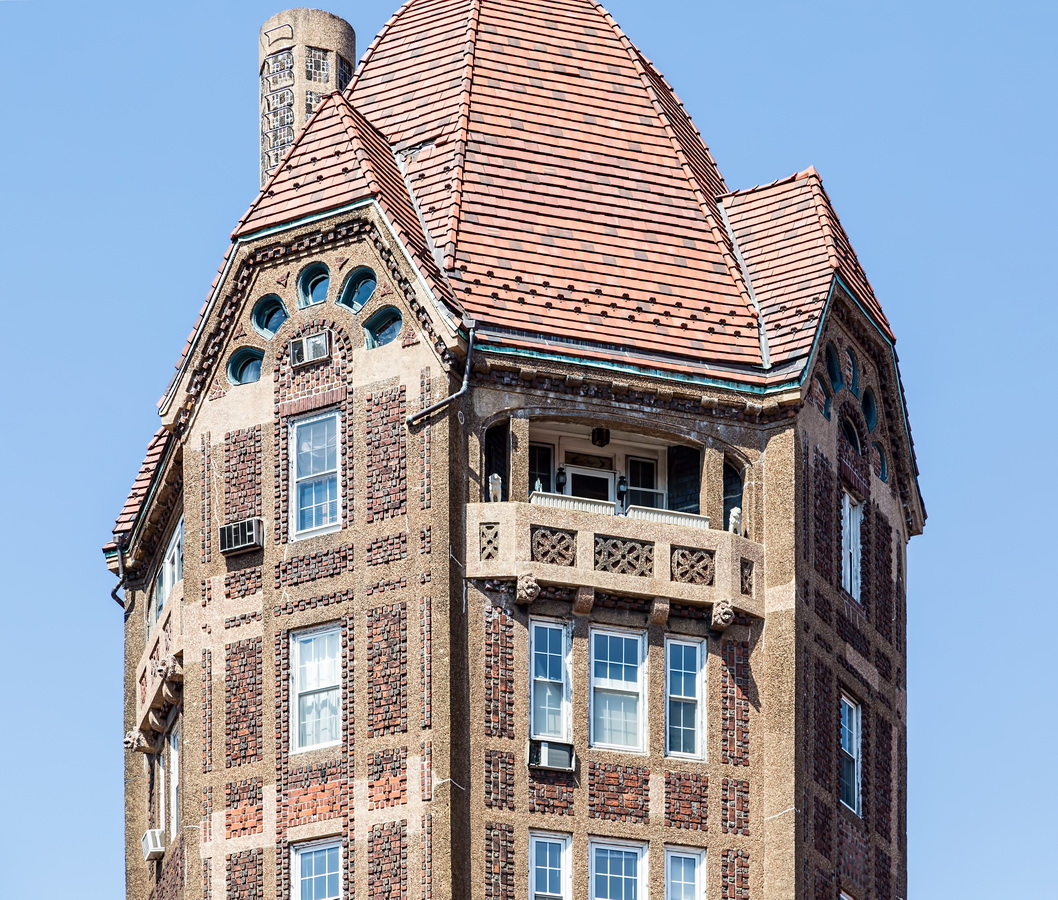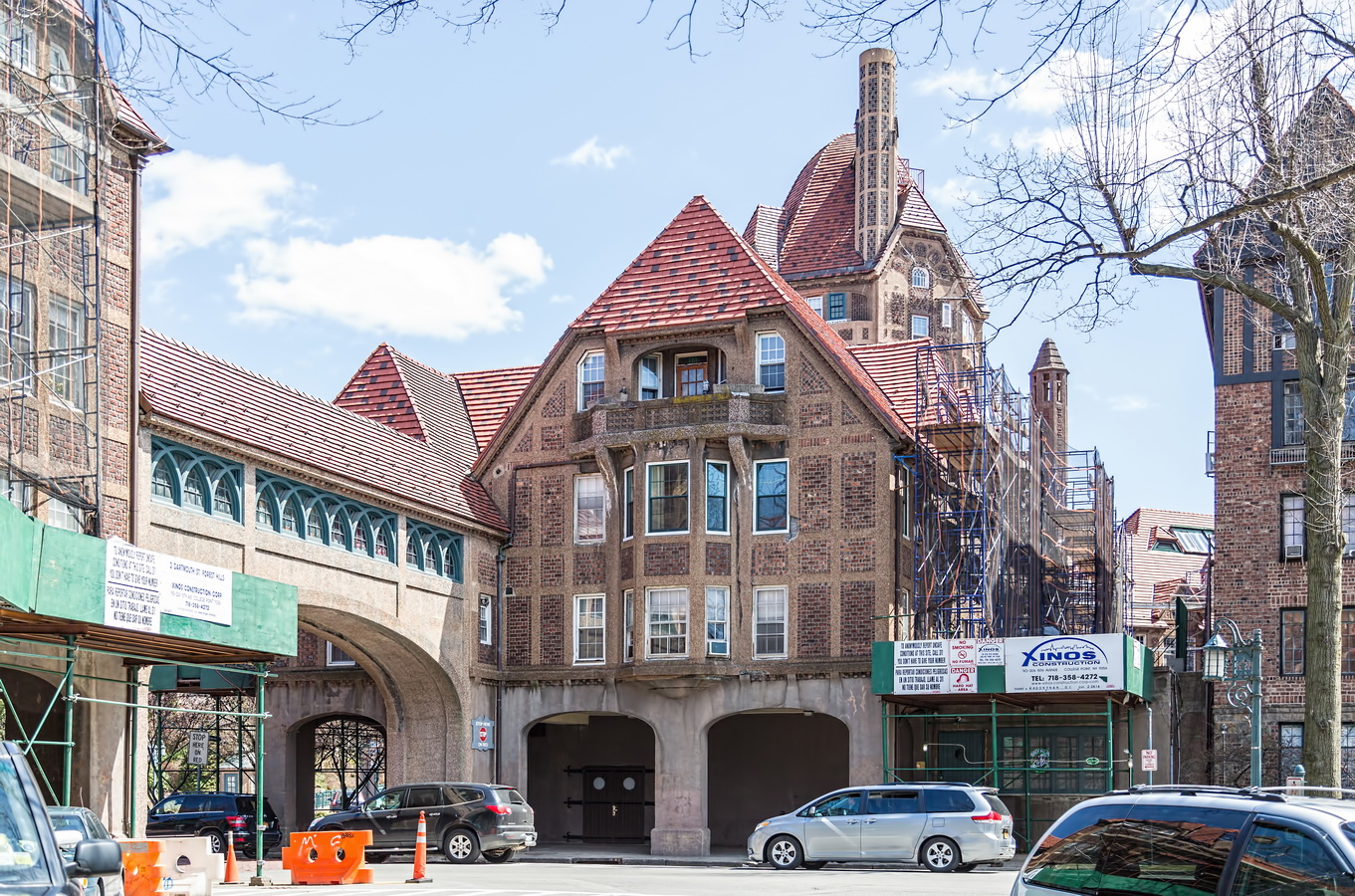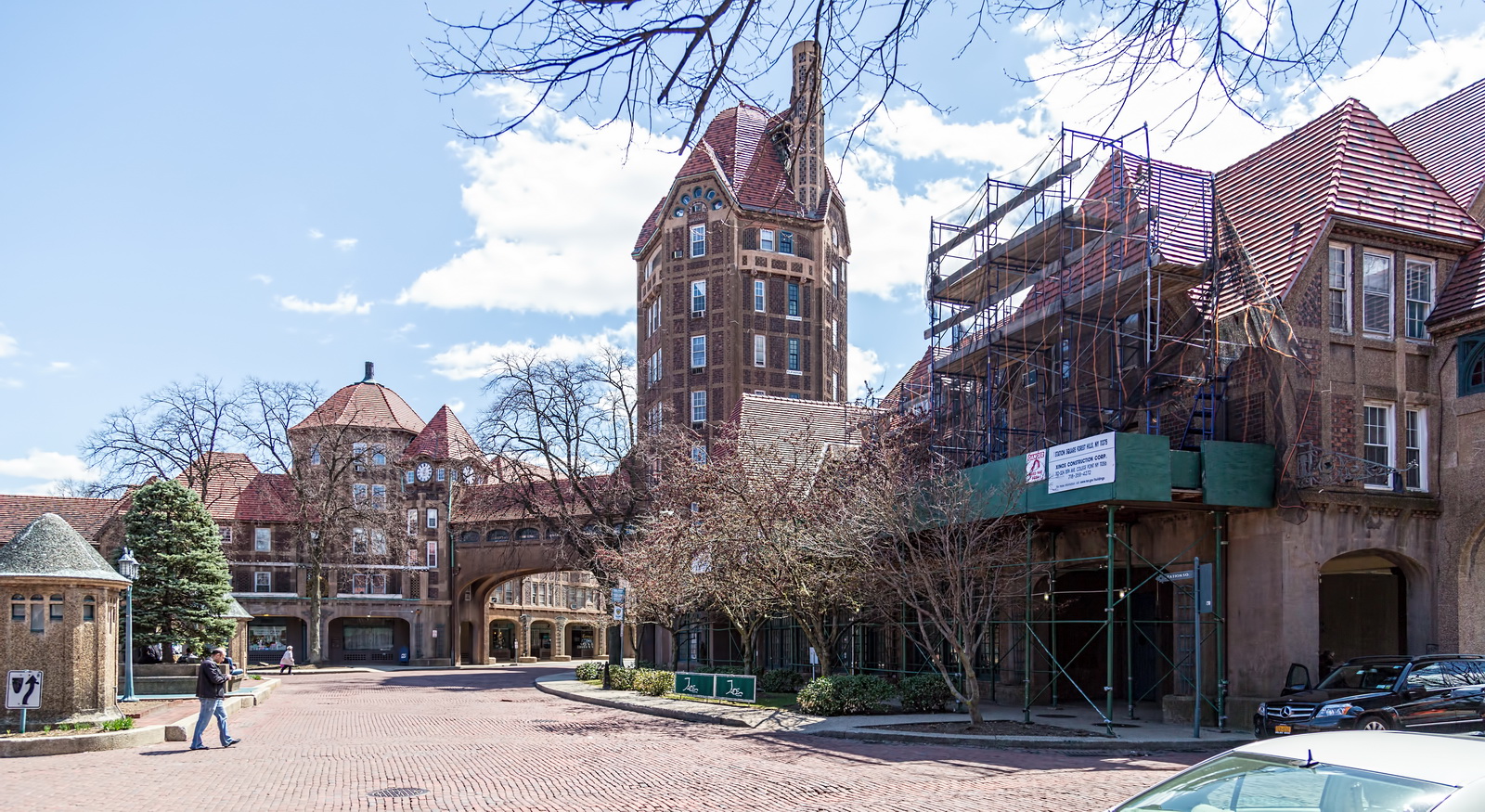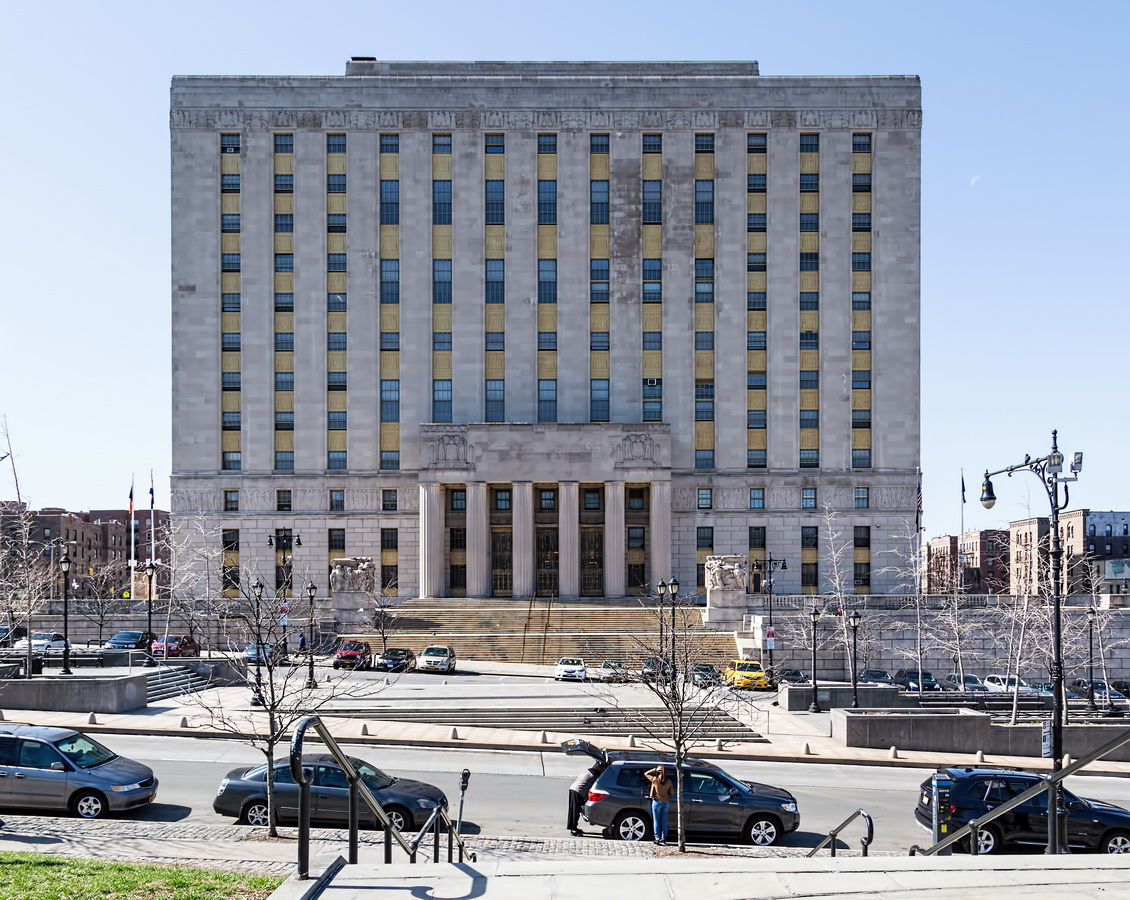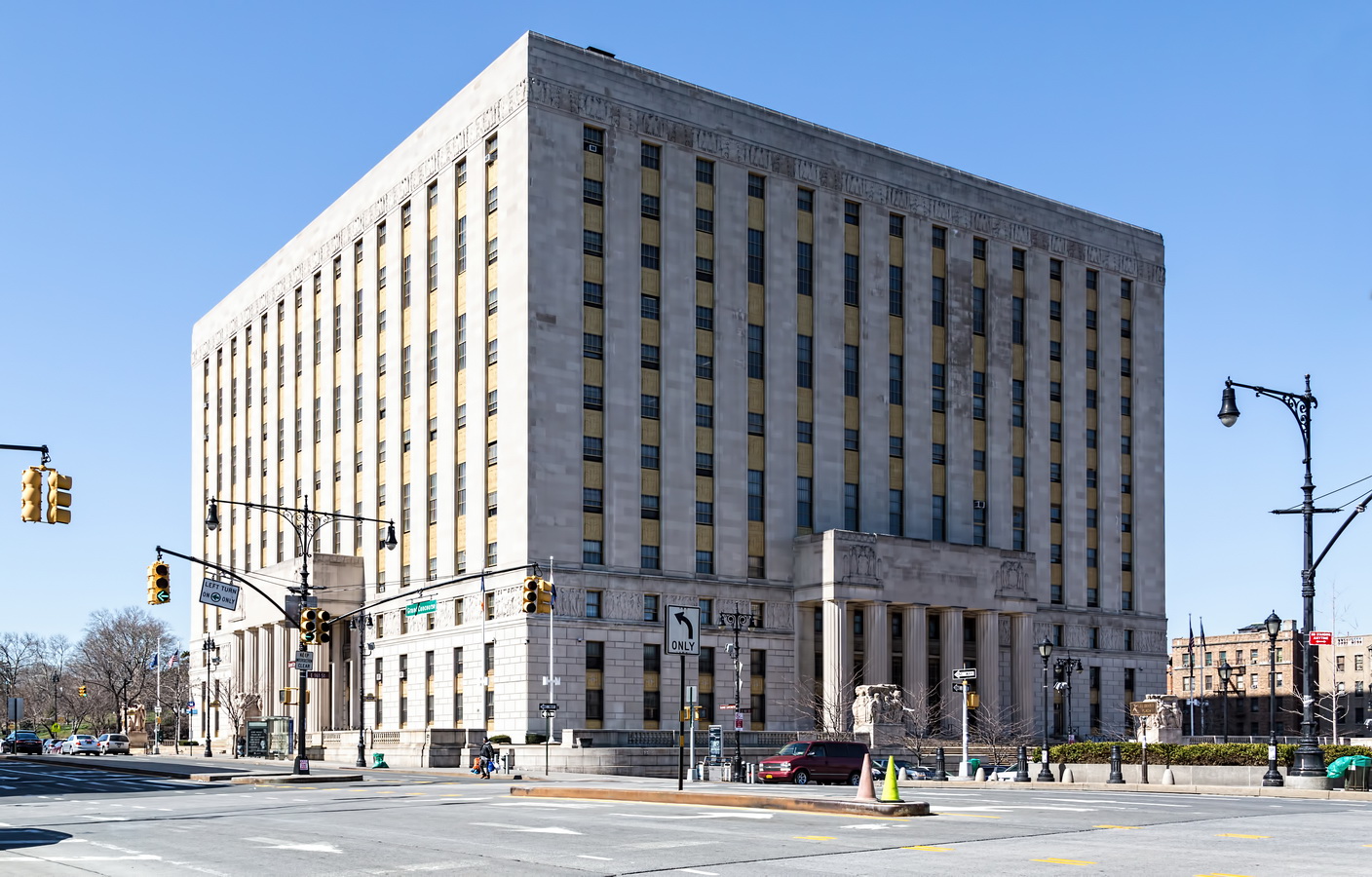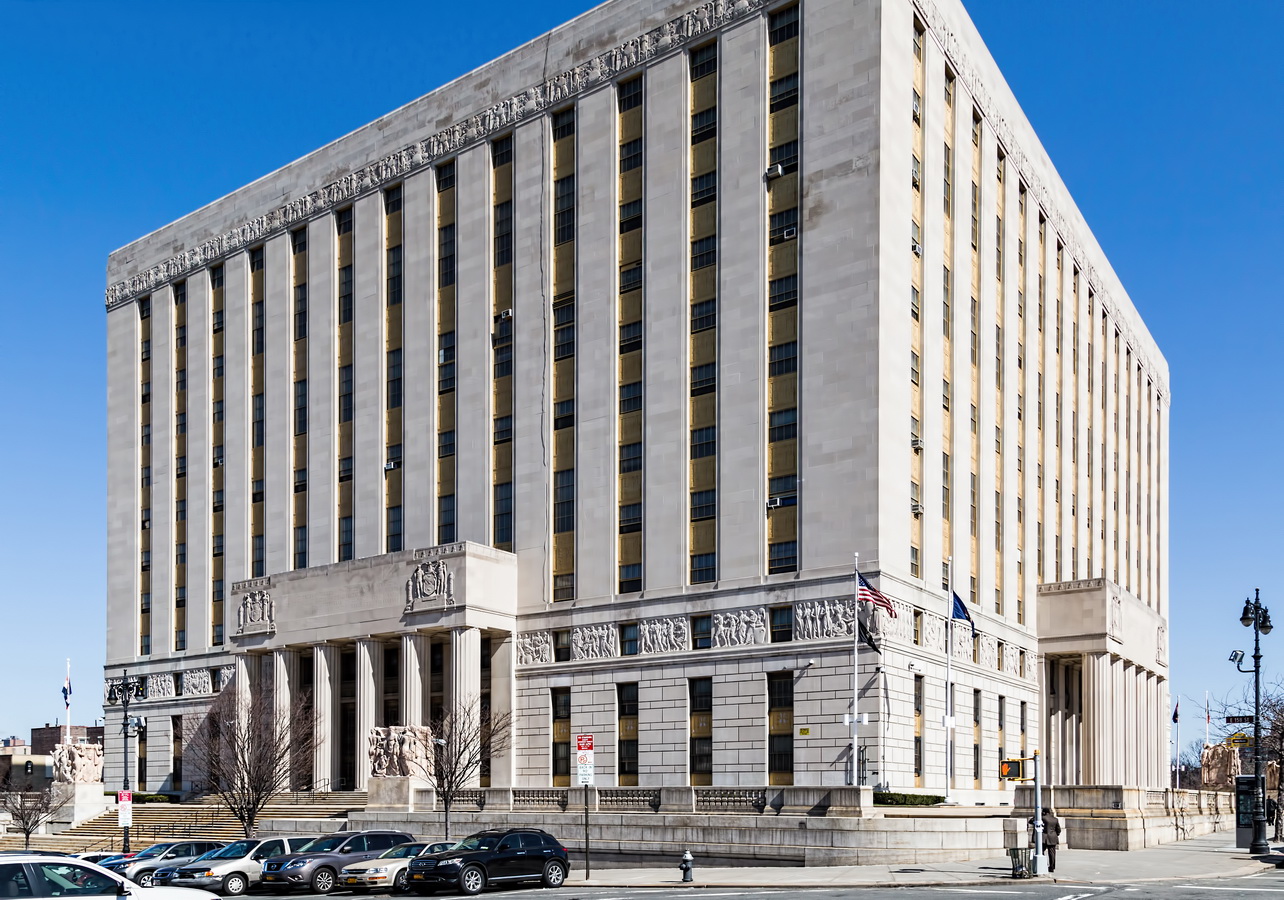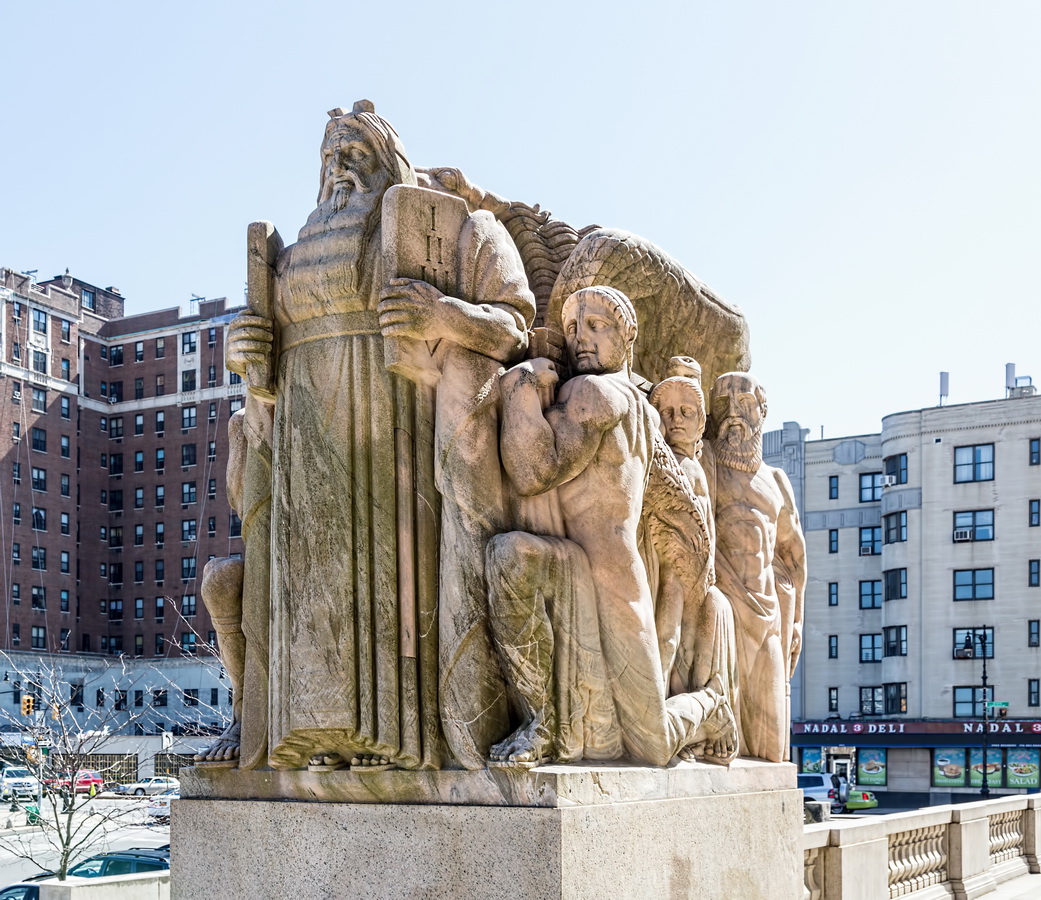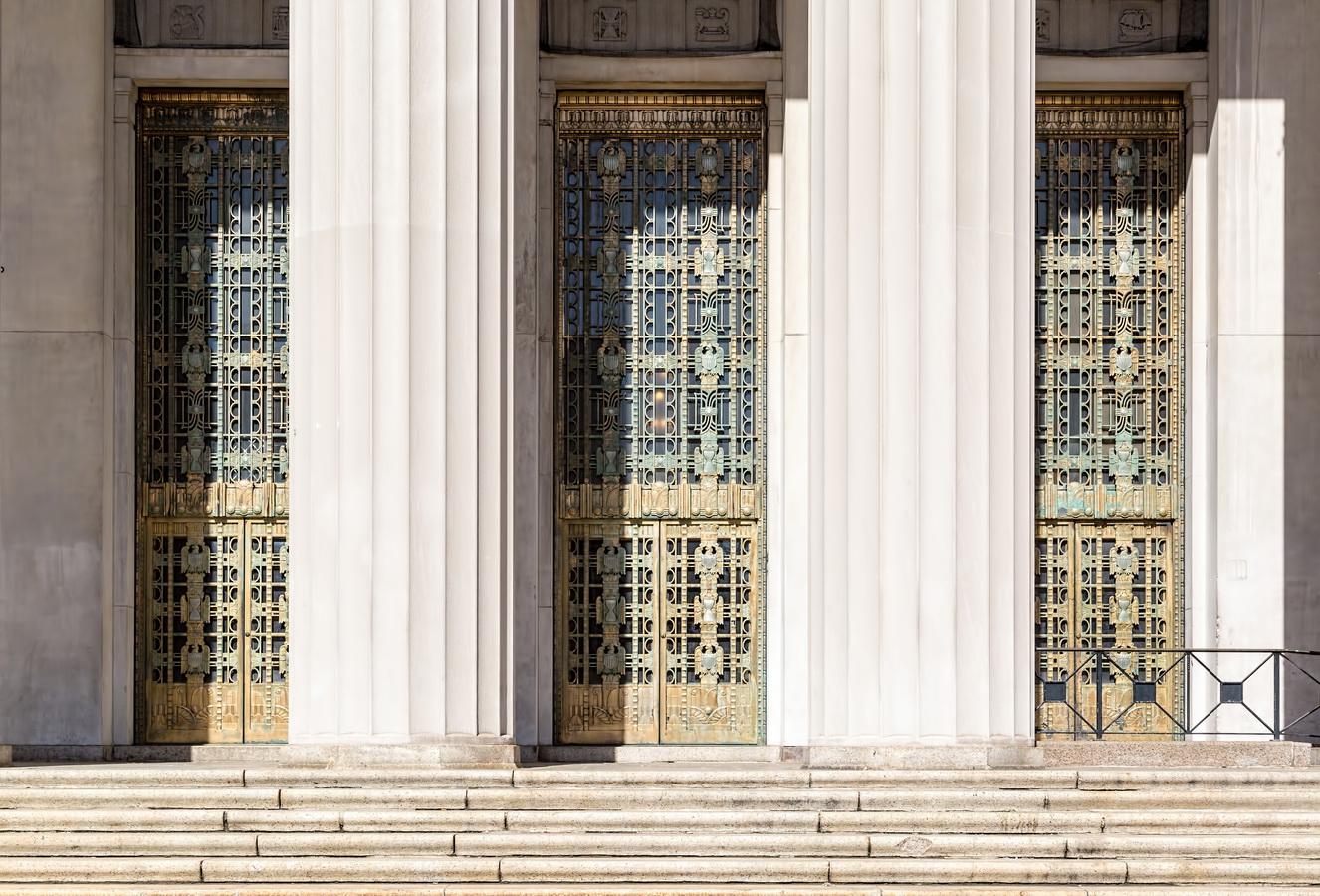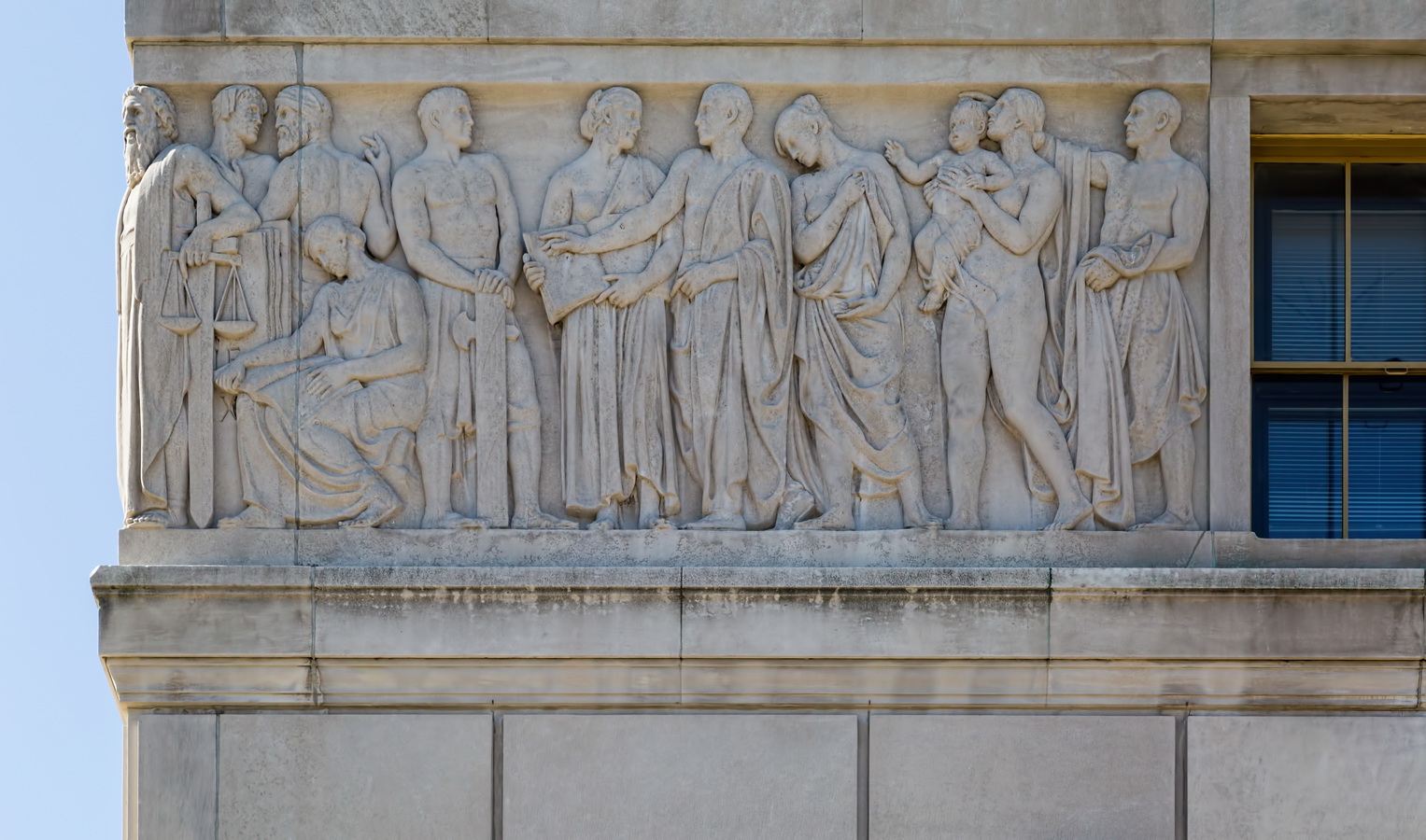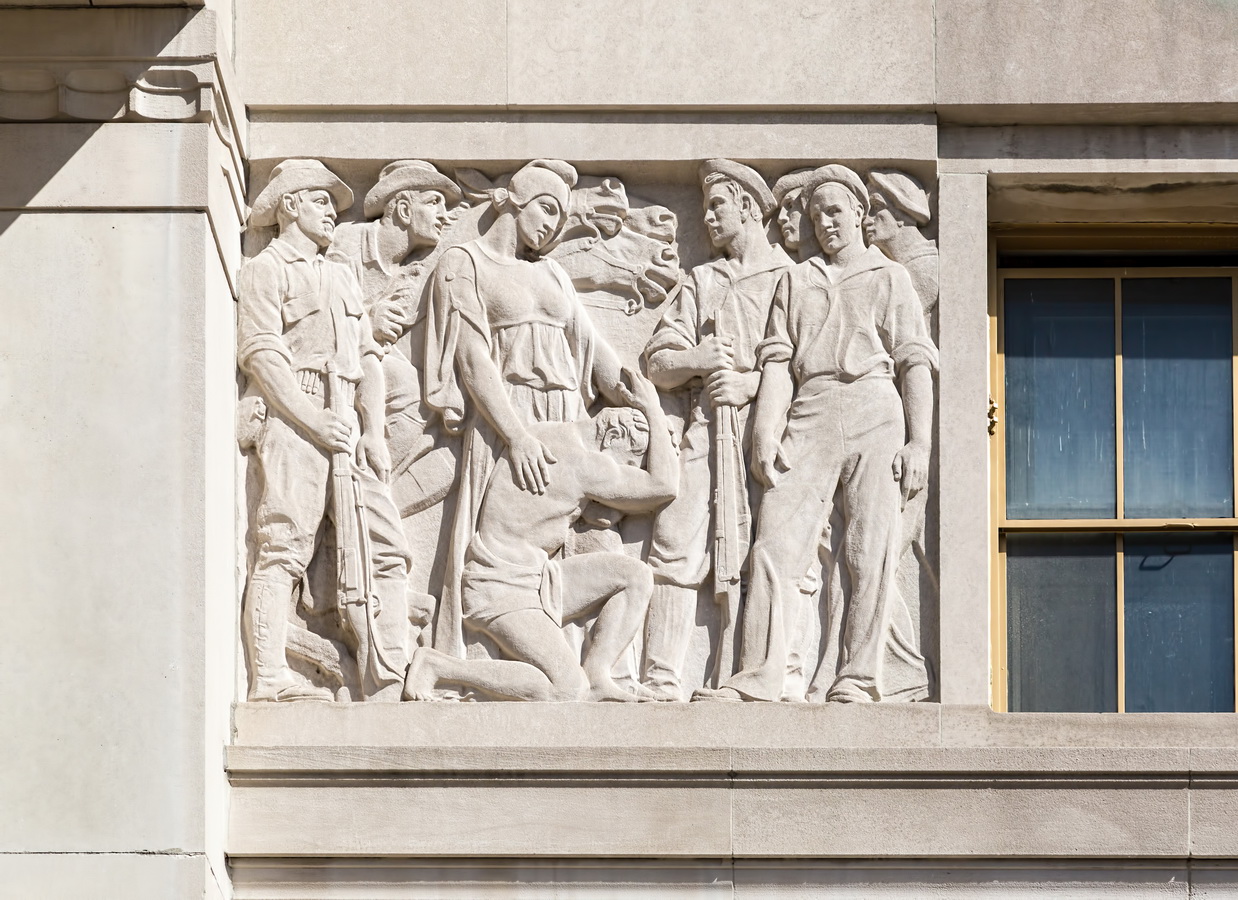Prospect Park South Historic District is a neighborhood with a mission: To “illustrate how much of rural beauty can be incorporated within the rectangular limits of the conventional city block.” The myriad home styles were the vision of a single developer: Dean Alvord.
According to the NYC Landmarks Preservation Commission, “The most important event in the progress of suburbanization in Flatbush was the purchase in 1899 of approximately fifty acres of land by the real estate developer Dean Alvord for $280,000. Most of this land had been owned by the Dutch Reformed Church and the Bergen family. Alvord intended to lay out a ‘high-class’ suburban community to be called Prospect Park South.
“…Alvord’s objective in Prospect Park South was, in his own words, ‘to create a rural park within the limitations of the conventional city block and city street.'”
Alvord laid out the utilities, put up brick gateposts, and planned lawns and malls. He hired a landscape gardener, and hired architect John J. Petit to design large comfortable houses in a variety of styles. The LPC notes examples of Colonial Revival, neo-Tudor, Queen Anne, Swiss chalet, and even Japanese pagoda.
“The architecture of Prospect Park South is representative of a phenomenon common among the suburbs that were built up in America at the turn of the 20th century. The buildings erected in these developments represent an eclectic mix with houses of many different styles placed next to each other on each street. Each house at Prospect Park South was designed as a separate entity with no consideration given to the style of the surrounding structures or to the appropriateness of the use of a certain stylistic variant for a specific site…. At Prospect Park South houses with Colonial, Queen Anne, Italianate, French Renaissance, Japanese, Elizabethan, Jacobean and other stylistic details were freely juxtaposed. This free mixture of stylistic forms often resulted in such seeming incongruities as the placement of a stucco Spanish Mission style home beside a frame Swiss Chalet.” [LPC Designation Report]
Prospect Park South Historic District Vital Statistics
- Location: South of Prospect Park; the area between Church Avenue and Beverley Road, from Stratford Road to Buckingham Road.
- Year completed: 1900-1930
- Architect: John J. Petit, lead architect; many others designed homes in the development.
- Style: Mixed
- New York City Landmark: 1979
Prospect Park South Historic District Recommended Reading
WikiMapia Map


